The importance of oral health goes far beyond having fresh breath and a pearly white smile. There’s a clear-cut connection between oral health and overall health, and abundant proof that our oral health directly influences our chances of suffering cardiovascular disease. Unfortunately, millions of Americans lack access to essential dental care.
At the Shifa Dental Clinic, Dr. Moid Khan provides free fundamental dental care to the diverse, medically uninsured population of the greater Sacramento area. “The patients at the clinic have a tougher time accessing resources and understanding the oral-systemic side of their health,” he said. “They don’t have somewhere to turn for advice. The Shifa Dental Clinic provides valuable education to a segment of the population that previously did not have access to care.”
Inequalities in oral health affect too many Americans, and these imbalances often stem from underlying societal problems, such as racism and poverty. Other factors preventing Americans from receiving the oral care they need range from insufficient insurance coverage to a lack of proper education about the value of oral health.
It doesn’t help that many insurance companies don’t consider dental care to be essential, despite numerous studies showing its link to reducing other major health conditions.
So, how do we solve the problem of inequality in dental care? Before coming up with solutions, we first need to precisely understand the problem and why it exists.

Social Disparities in Oral Health
Oral health disparities can result from circumstances beyond our control, such as where we grew up, where we live and extensive, systemic issues that may prevent us from accessing the same privileges as others. Racism and poverty are two significant causes for these discrepancies, as illustrated by the fact that most people with poor oral health in the U.S. are Black, Indigenous and people of color (BIPOC).
BIPOC adults between the ages of 35 and 44 experience untreated tooth decay twice as much as white people in the same age range. Black and Mexican-American children between ages 3 and 9 face the most racial and ethnic disparity of children in the U.S. Tooth decay is one of the most prevalent issues Americans deal with. Often, children suffer it more than adults.
Approximately 20% of children aged 5 to 11 live with untreated tooth decay, compared to 13% of kids aged 12 to 19. The link between oral health and poverty becomes more apparent when social determinants of dental health statistics reveal that a quarter of children aged 5 to 19 have twice as many cavities and oral health problems if they come from a low-income family. Lack of access to dental health care is so widespread in children that they are five times more likely to experience dental disease, like cavities, than asthma.
In Dr. Khan’s experience, “patients are more likely to come to the clinic in pain because they were not previously told about their issues due to a lack of access to care and education. Most of the pain and infections patients present with at the clinic are avoidable if they had consistent dental care.”
To address these issues head-on, the American Academy of Pediatric Dentistry created an initiative to emphasize how social determinants of dental health directly affect millions of children across the nation. The Policy on Social Determinants of Children’s Oral Health and Health Disparities calls for people in power to acknowledge the existence of imbalances in oral health and access to care, and to find solutions to help kids access proper oral care, despite these disparities.
Unfortunately, even more adults in the U.S. — about 26% — live with tooth decay, and almost half of adults over 30 already show signs of gum disease. Those who live with chronic diseases, such as HIV, diabetes or heart disease, are more likely to suffer from oral conditions. And when you bring race and poverty into it — two factors that often coexist — it’s shocking to see that about 75% of Black and Hispanic Americans cannot get the dental treatments they need, let alone maintain regular dental checkups. A similar percentage of financially insecure people also can’t access the oral health care they need.

What Causes Inequality in Dental Care?
Race and poverty are two major factors for the social determinants of oral health, but social support and adequate nutrition are also crucial. Often, all these overlap, forcing many families to deal with multiple issues simultaneously.
For example, a BIPOC family may face racial discrimination while attempting to access health care, but if someone in the family has a chronic condition — especially a stigmatized one, like HIV — they’ll have to jump two hurdles instead of one. Poverty and dental care often go hand in hand, especially since many people don’t seek dental care because they can’t afford it.
Inaccessibility doesn’t only affect people living below the poverty line. Dental care could be beyond someone’s financial reach because they rely on employee health insurance, but are unemployed. Low income and dental health, without insurance coverage, can lead to the same results. It could also happen if their job doesn’t offer dental insurance and they can’t afford it out of pocket.
Nutrition is another social determinant that creates an imbalance in dental care accessibility, since some foods benefit your oral health, while others harm it. If you can’t get regular dental checkups, you should watch what you eat to ensure your teeth and gums remain healthy. However, the problem remains that if you’re financially insecure, you will inevitably be counting pennies. For many, this means not being able to choose a more healthy option if there’s a cheaper, but unhealthier, alternative within reach. Approximately 15 million families in the U.S. can’t ensure consistent, nutritious food for their children.
Of course, many unhealthy or processed foods will increase the likelihood of oral health problems, which you may not be addressing if you don’t get regular dental checkups. These factors create a vicious cycle in which millions of Americans live every day — forced to choose how to best survive with what they have.
Poverty in Oral Health Care: The Effects on Children
The link between oral health and overall health only recently became apparent, and we’re learning more and more every day. The bottom line is that oral care is as essential as your annual physical or getting your flu shot. It’s something you need to do regularly to ensure optimal health, and it’s best to get kids into the habit of taking care of their teeth and gums early on. However, that’s all easier said than done, especially when far too many children in the U.S. miss out on adequate dental care because their families can’t afford it.
Tooth decay is the most prevalent dental condition facing children, and while it may start as nothing more than a sore tooth, it can quickly evolve into something much more severe. It should come as no surprise that an injured or decayed tooth can become infected, but did you know that infection can spread beyond the mouth?
The mouth is a fascinating body part, full of nerves, muscles and tissue that link to various other functions. Due to the mouth’s proximity to the throat and head, a small untreated cavity can turn into an infection, which can quickly spread to the face and head — and even the brain, in worst-case scenarios.
Many people don’t realize the severity of a seemingly simple cavity. It doesn’t take long for a dentist to fill a hole as soon as it develops, but that doesn’t mean these flaws are harmless. Like any untreated wound, cavities can evolve into infections or other diseases that are uncomfortable to live with and also become harder to treat the more they progress.
Dentists have revealed that they face cases of children with severe health conditions that bloomed from a simple untreated cavity, and some of these conditions have even become fatal, particularly when the infection reaches the brain. About 15% of children in the U.S. live with an untreated cavity, making it the most common and most untreated problem for kids. What’s possibly even more alarming is that cavities are contagious.
The bacteria that cause cavities can transfer quickly from person to person through simple acts like sharing food. And cavities tend to be a chronic issue because the bacteria are an unwelcome houseguest who refuses to leave. The result can be a cavity with symptoms ranging from a toothache to trouble chewing to difficulty sleeping. Children who have poor oral health are much more likely to miss school due to pain and discomfort.
The bottom line is that oral health is crucial to children’s well-being, but many financially insecure families can’t provide their children with an adequate level of dental care. It’s impossible to buy many dental hygiene products with food stamps, making it even more challenging for financially insecure people to prioritize their health.

What Are We Doing to Fix the Inequalities in Dental Care?
The problems of inequalities in health care extend beyond the U.S. The whole world is working to ensure people are living their healthiest lives and — most importantly — have the tools necessary to do so.
We are all striving to find innovative ways to help children and their families access dental care. Often, these take the form of policies such as taxation on harmful substances known to increase the likelihood of oral disease, like cigarettes and alcohol. It also includes fluoridation, which ensures the water children are drinking has enough fluoride — a vital component of making teeth stronger. For areas in which fluoridation isn’t possible, dentists offer alternative methods of ensuring children get the fluoride they need, such as via gels or foams.
The core similarity is that we are finally starting to focus more on the social determinants that keep children from getting the dental care they need and finding solutions unique to each. One significant part of fixing these inequalities is education.
Often, families don’t prioritize oral health, and it’s possible a lack of adequate oral health education, one that emphasizes the far-reaching effects of oral health, is the cause. Ensuring kids understand why they should brush and floss their teeth is a central component in instilling the idea that their oral health is as vital as their physical or mental health.
Dr. Khan says, “The biggest differences between the patients seen at my practice versus the community clinic are access to care and knowledge of medicine/dentistry. The patients at my office generally have easier access to information and resources, which helps them make educated decisions on their health. The patients at the clinic have a tougher time realizing those resources and understanding the oral-systemic side of their health. This is what makes clinics like the Shifa Dental Clinic so valuable. We are not only treating emergent problems but also educating a segment of the population that previously did not have access to education and care.”
The importance of oral health education becomes even more evident as our understanding of the link between oral and overall health grows. Coupled with general knowledge about oral hygiene and better access to the necessary tools to maintain good oral health, it’s a way to begin breaking down the barriers that prevent so many people from accessing care.
Steps for Families at Home: Oral Health Education
For many families, the lack of dental care in America isn’t much of an issue. However, the more people learn about the importance of oral health, it will likely leave them the dread of knowing they should seek care, but being physically or financially unable to do so.
Luckily, families can do several things at home to prevent the likelihood of oral disease. Caring for your teeth and gums is the most straightforward answer, but there are several ways to do that. The tried-and-true solution is to brush and floss regularly to prevent any bacteria from setting up house in your mouth.
Watching what you eat is also crucial, and even if you can’t afford healthy foods all the time, you can make small changes to help minimize any damage. For example, opt to drink plain water instead of sugary drinks. Or, if you want to indulge in a soft drink, use a straw to further minimize its contact with your teeth.
You should also practice physical activities safely to prevent any dental injuries.
Regular dental checkups are part of maintaining oral health. Ideally, kids should be getting a dental checkup and cleaning at least twice a year. If cost is a problem, try researching school-based dental programs or similar initiatives within your community for people who cannot otherwise access dental care. This step is especially crucial if your child ends up developing an oral injury, including a cavity. It’s best to get injuries treated as soon as possible before they turn into something much worse — and much more expensive to treat.
Equip Your Dental Office With High-Quality Instruments From ProDentUSA
Educating your patients about the importance of proper oral care is one thing, but having the instruments necessary to safely and efficiently treat all dental needs is another. That’s why ProDentUSA offers only the highest-quality, reliable and long-lasting dental tools.
We handcraft most of our instruments to ensure accuracy and precision, and all our tools come with the ProDent Promise, our guarantee that they’ll last as long as you need them to. Our prices are lower than other manufacturers and retailers, since we build and sell the instruments ourselves, passing the savings on to you. Plus, we also offer free domestic shipping on orders over $50.
For more information, get in touch by using our online contact form or by calling 888-724-5820.

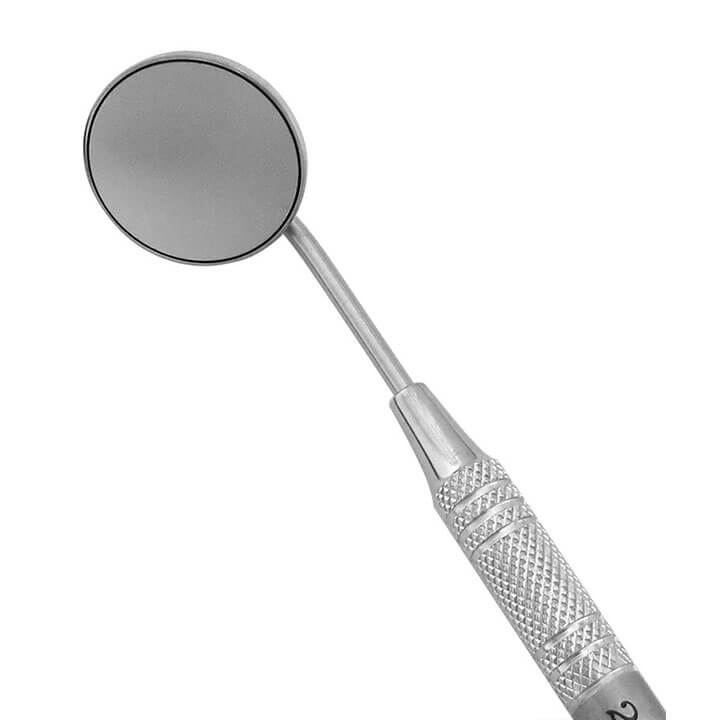
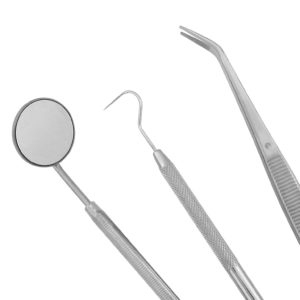
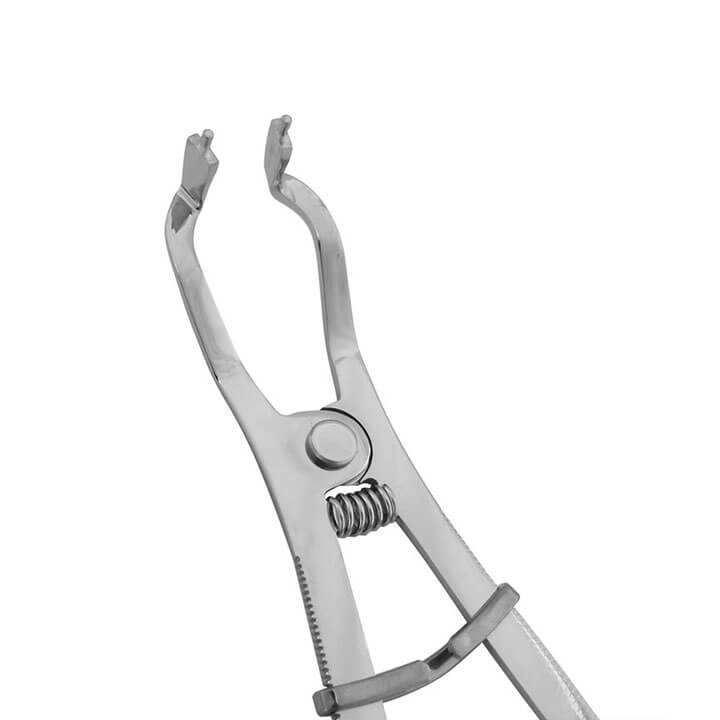
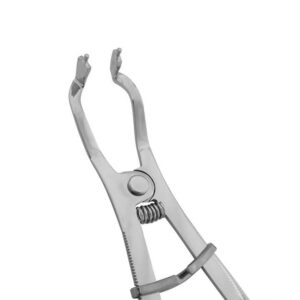
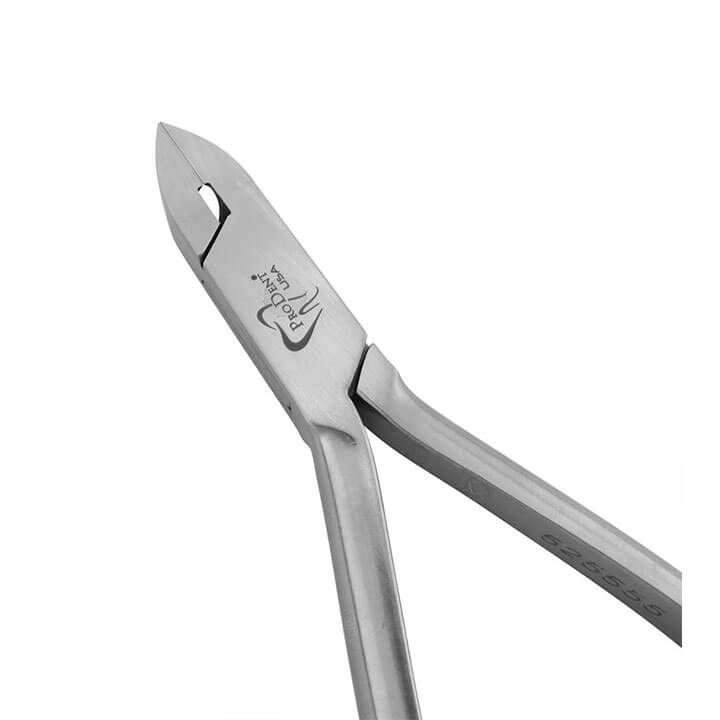
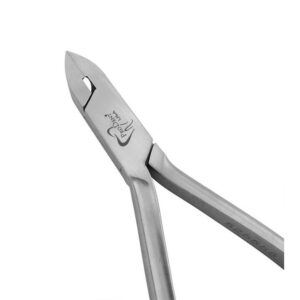
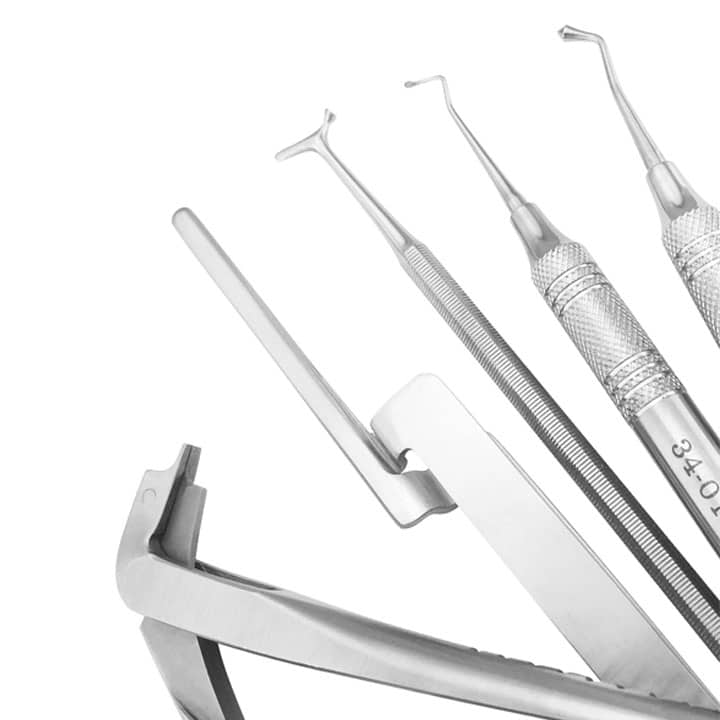
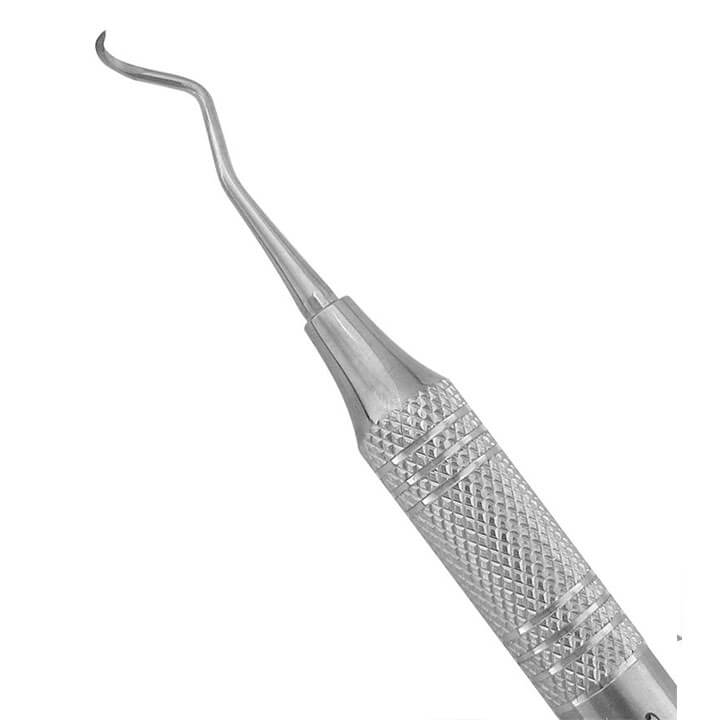
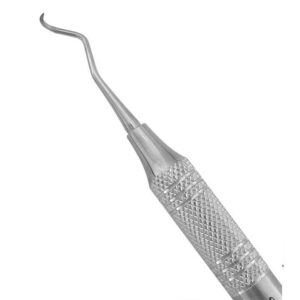


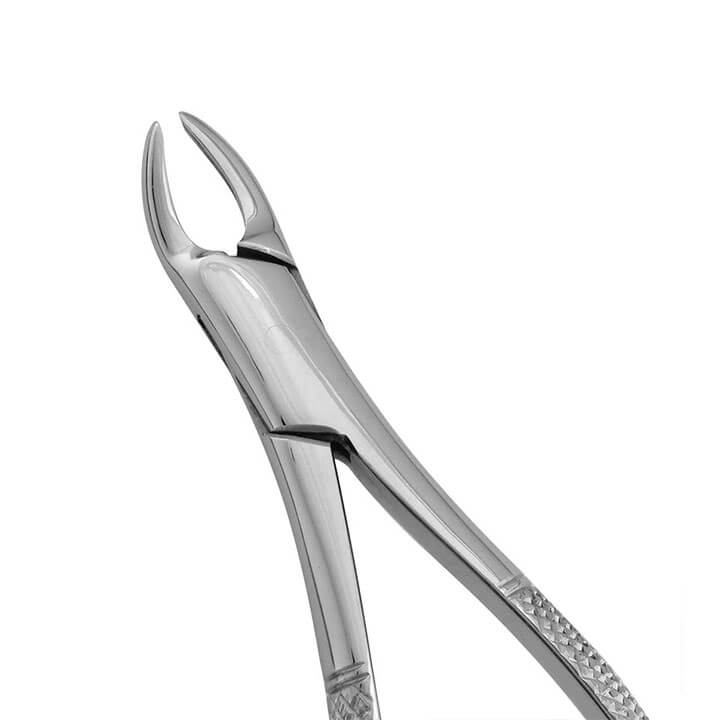
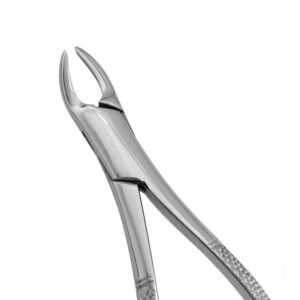


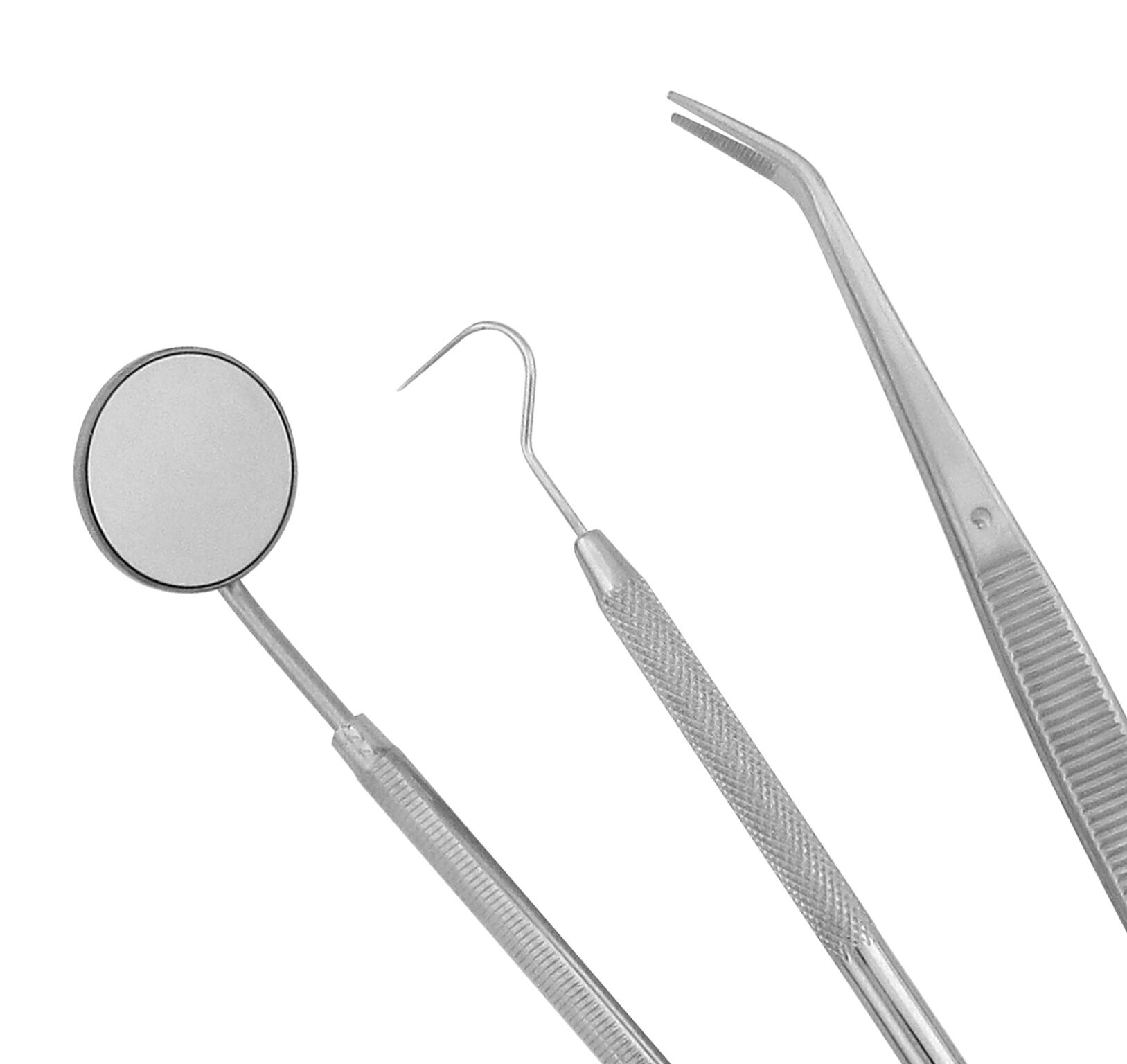 Diagnostic Sets & Accessories
Diagnostic Sets & Accessories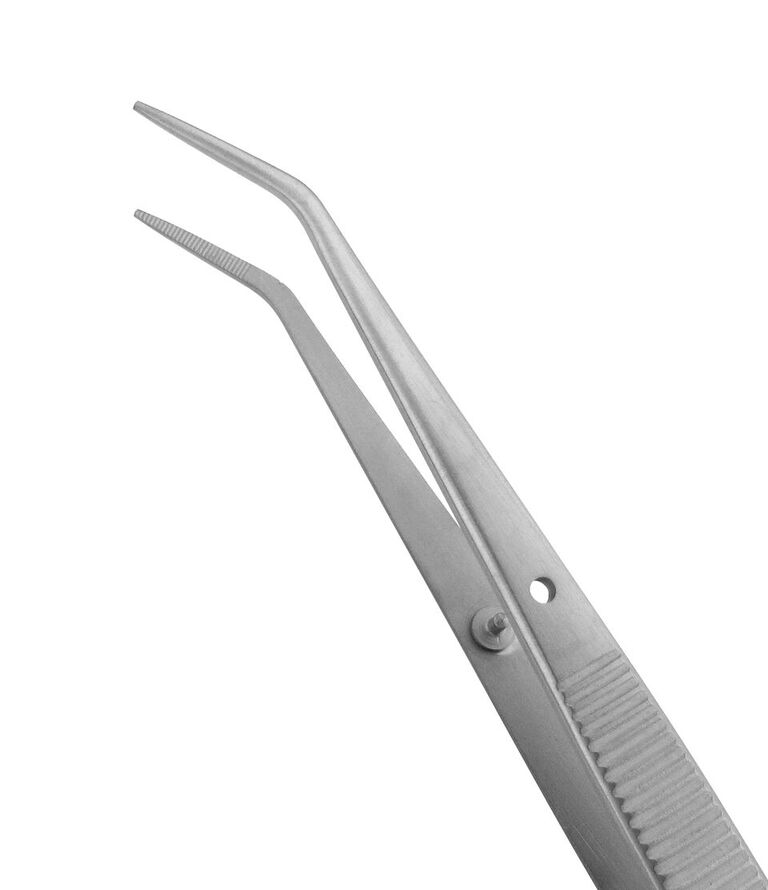 Dressing Pliers
Dressing Pliers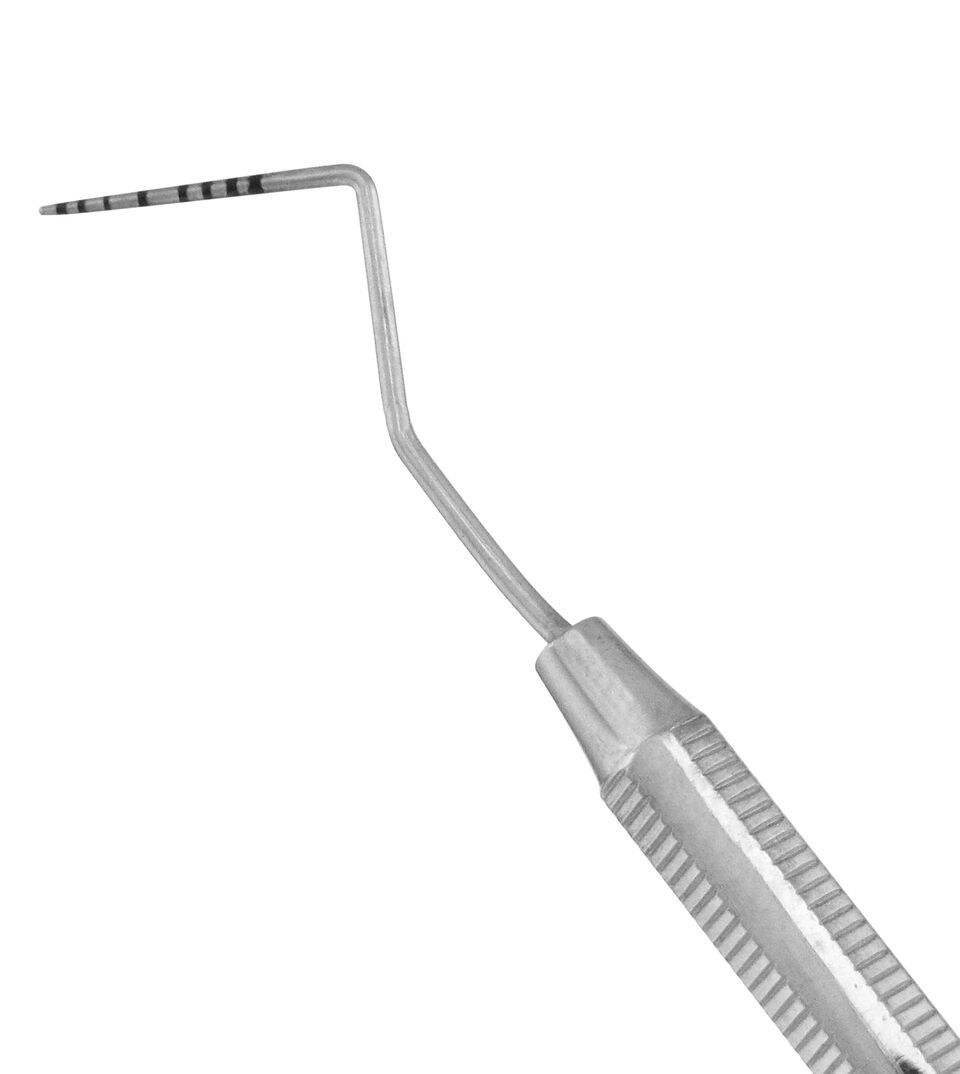 Explorer/Probes
Explorer/Probes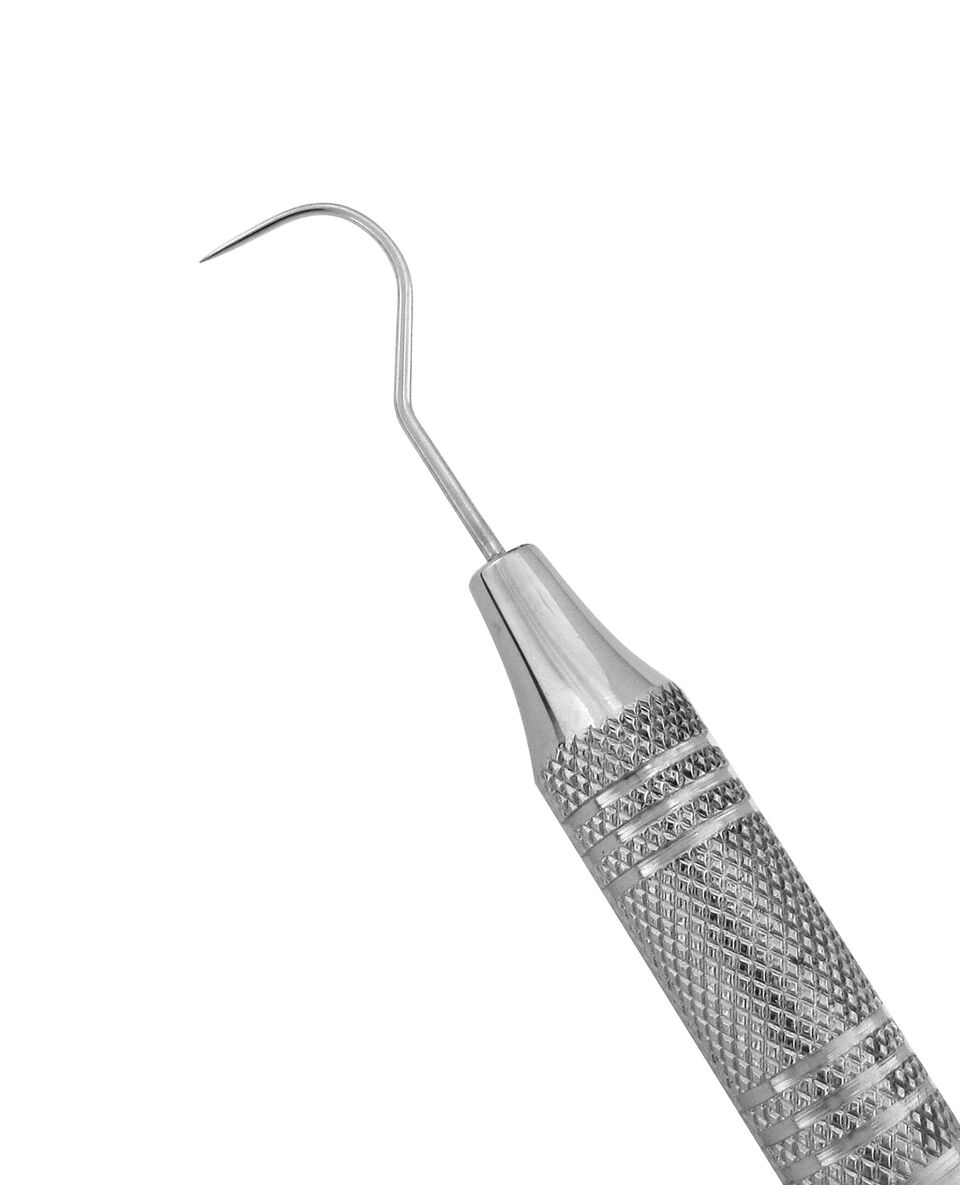 Explorers
Explorers Intraoral Photography Mirrors
Intraoral Photography Mirrors Mirror Handles
Mirror Handles Mirrors
Mirrors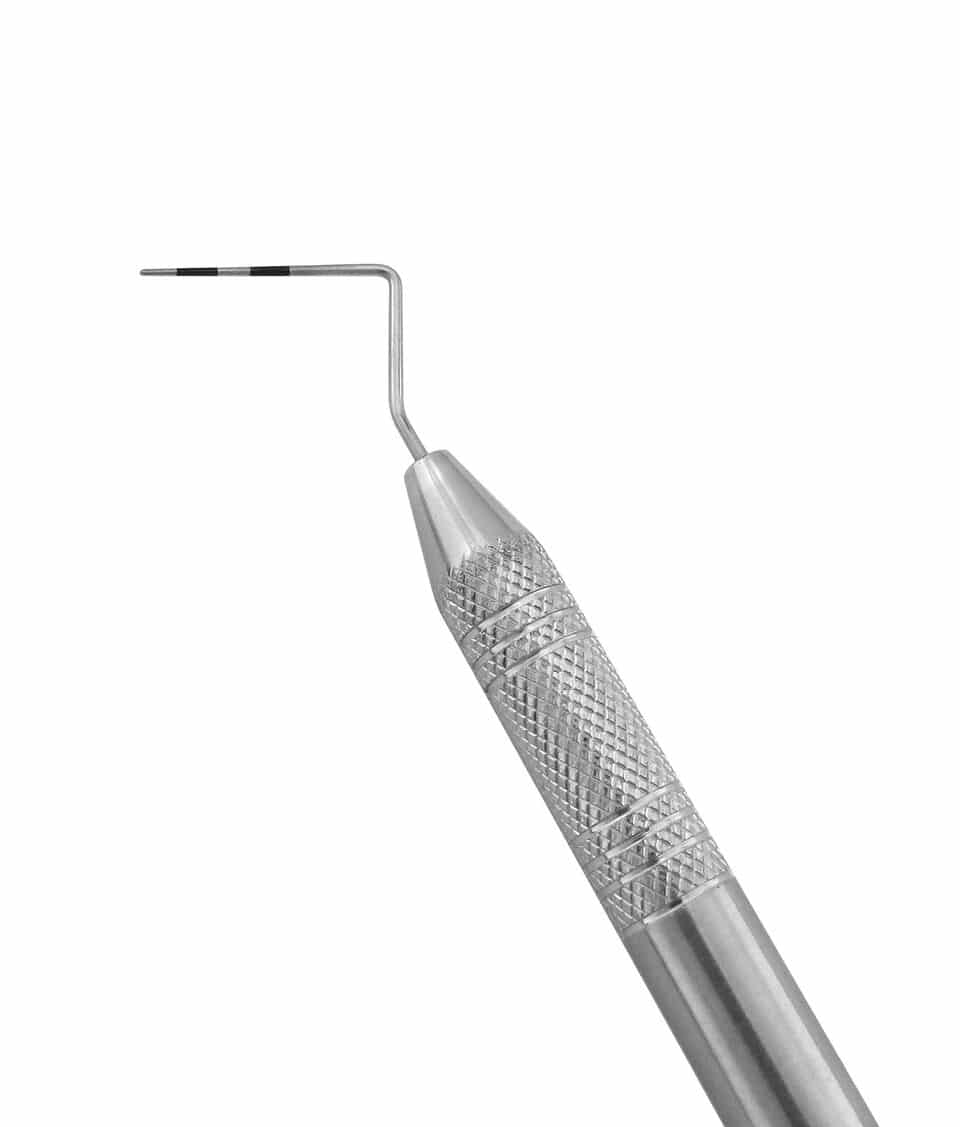 Probes
Probes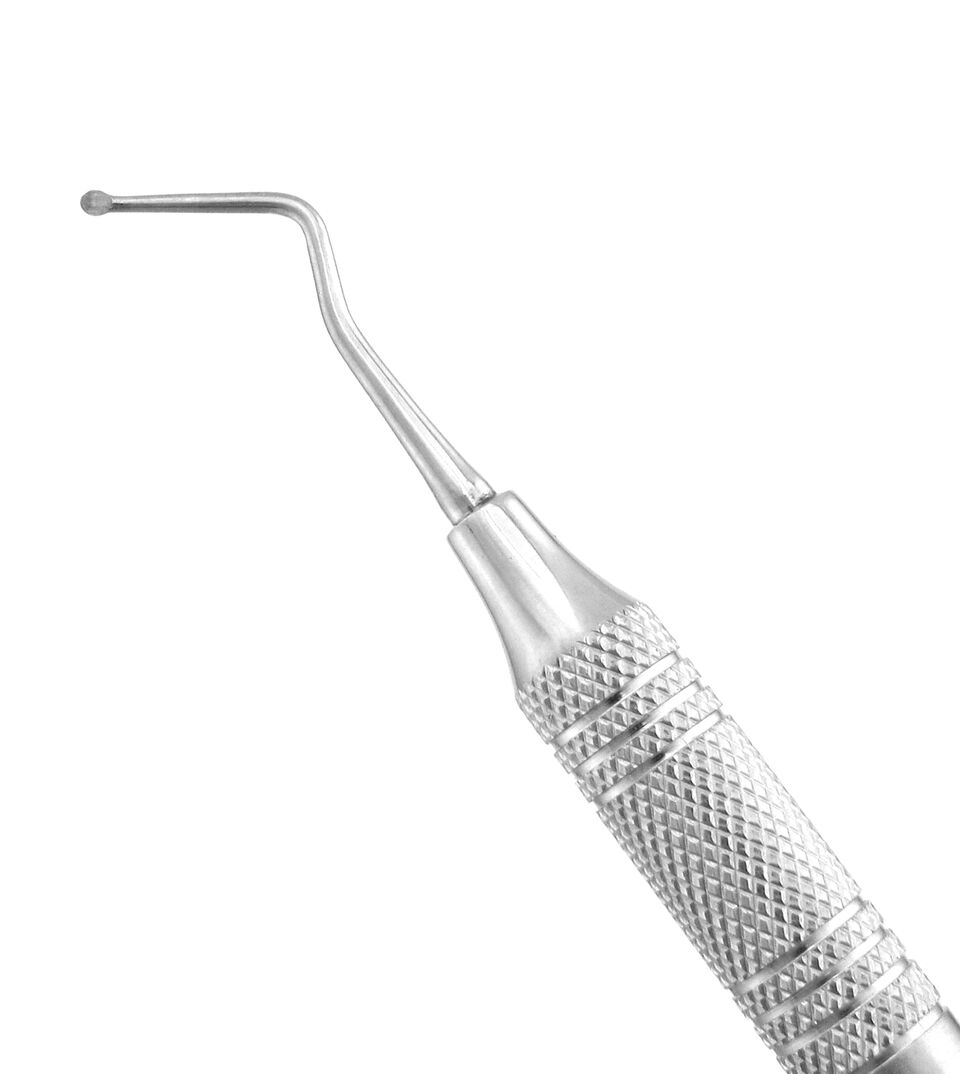 Endo Excavators
Endo Excavators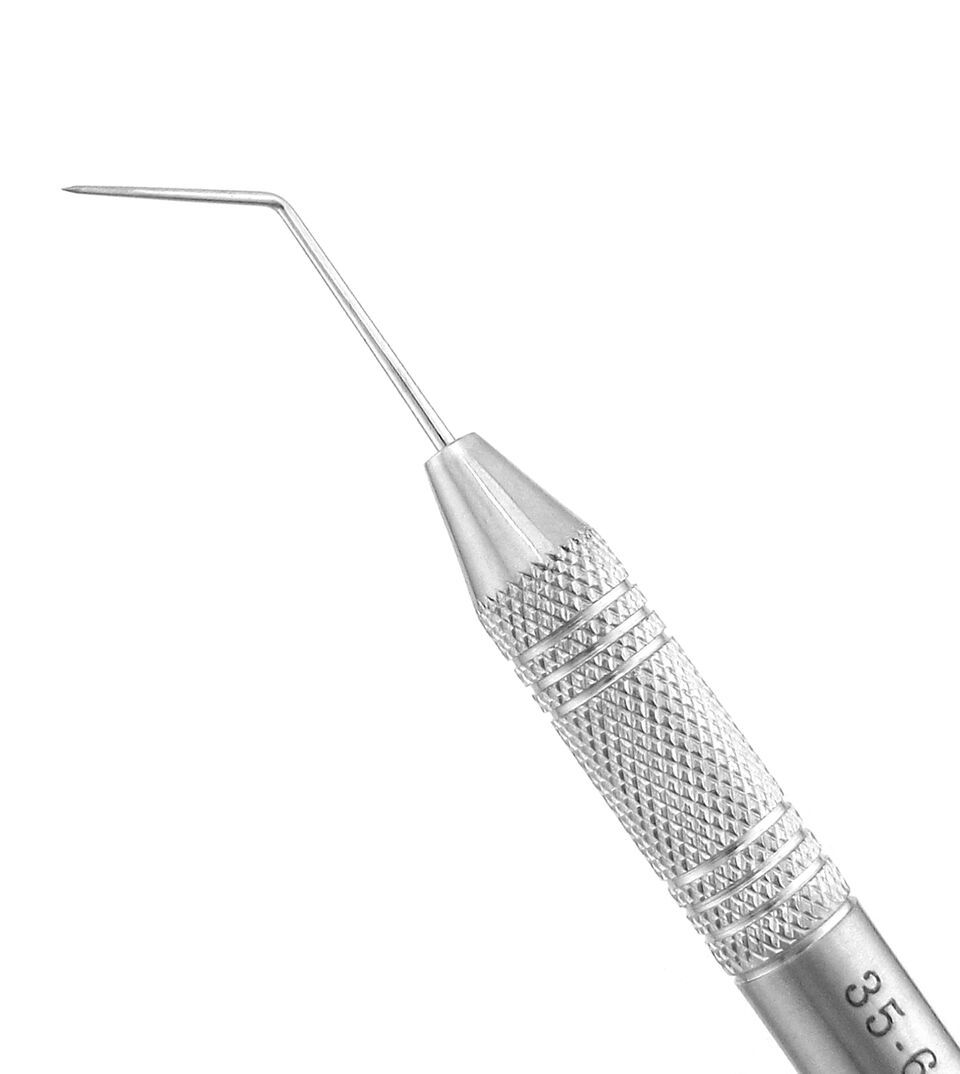 Endo Explorers
Endo Explorers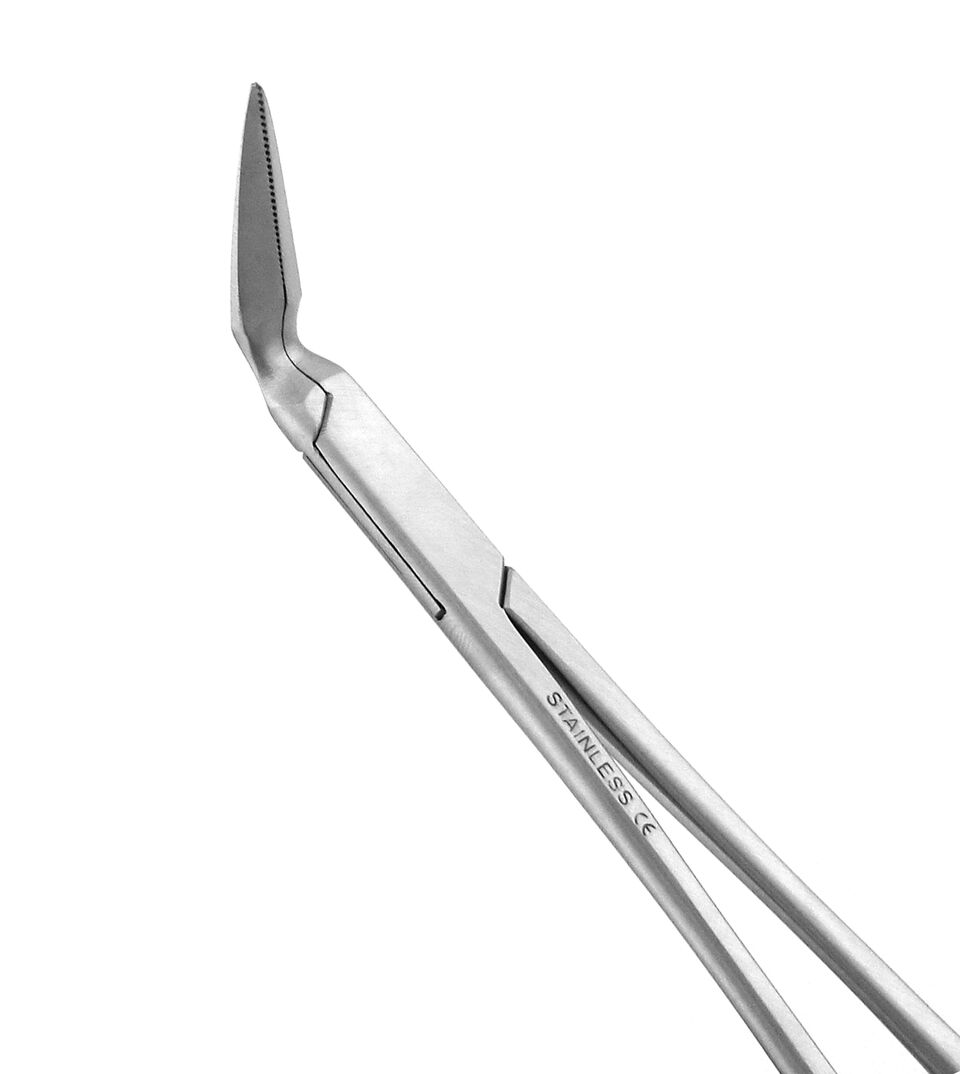 Endo Forceps
Endo Forceps Endo Rulers
Endo Rulers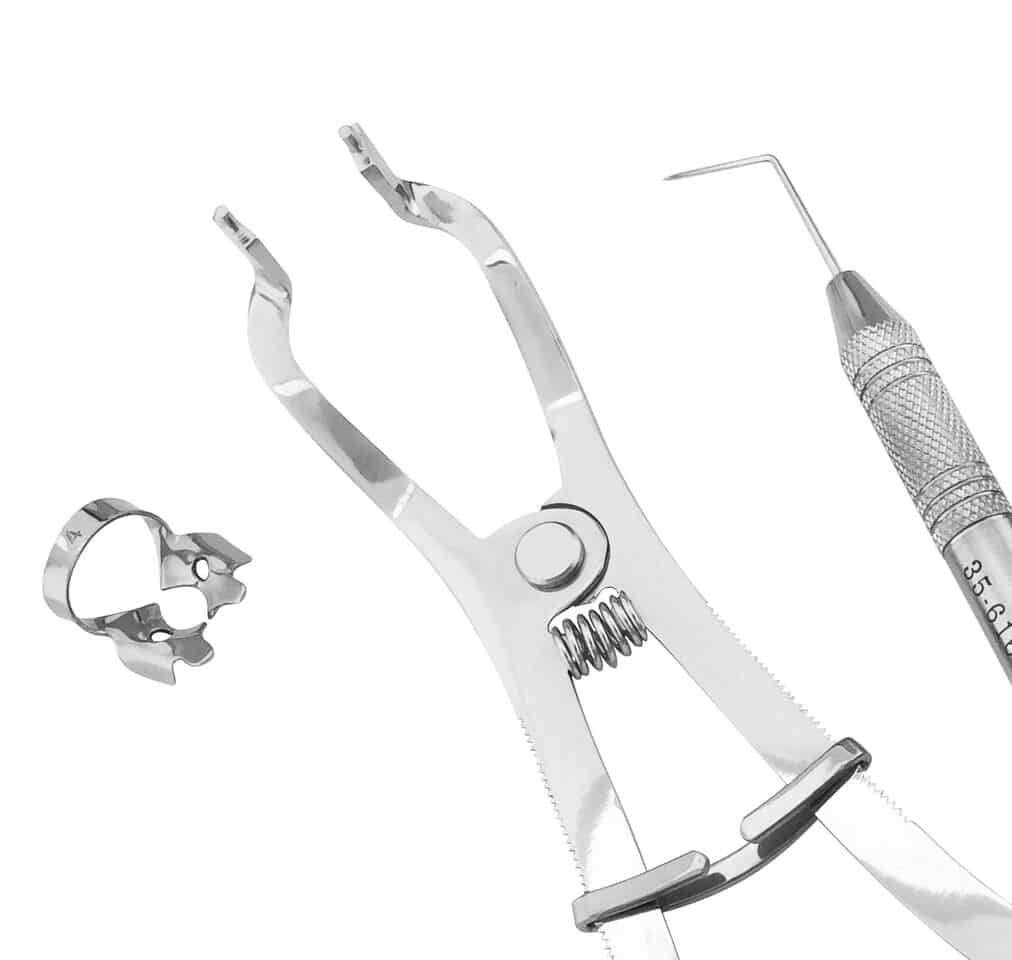 Endodontic Sets
Endodontic Sets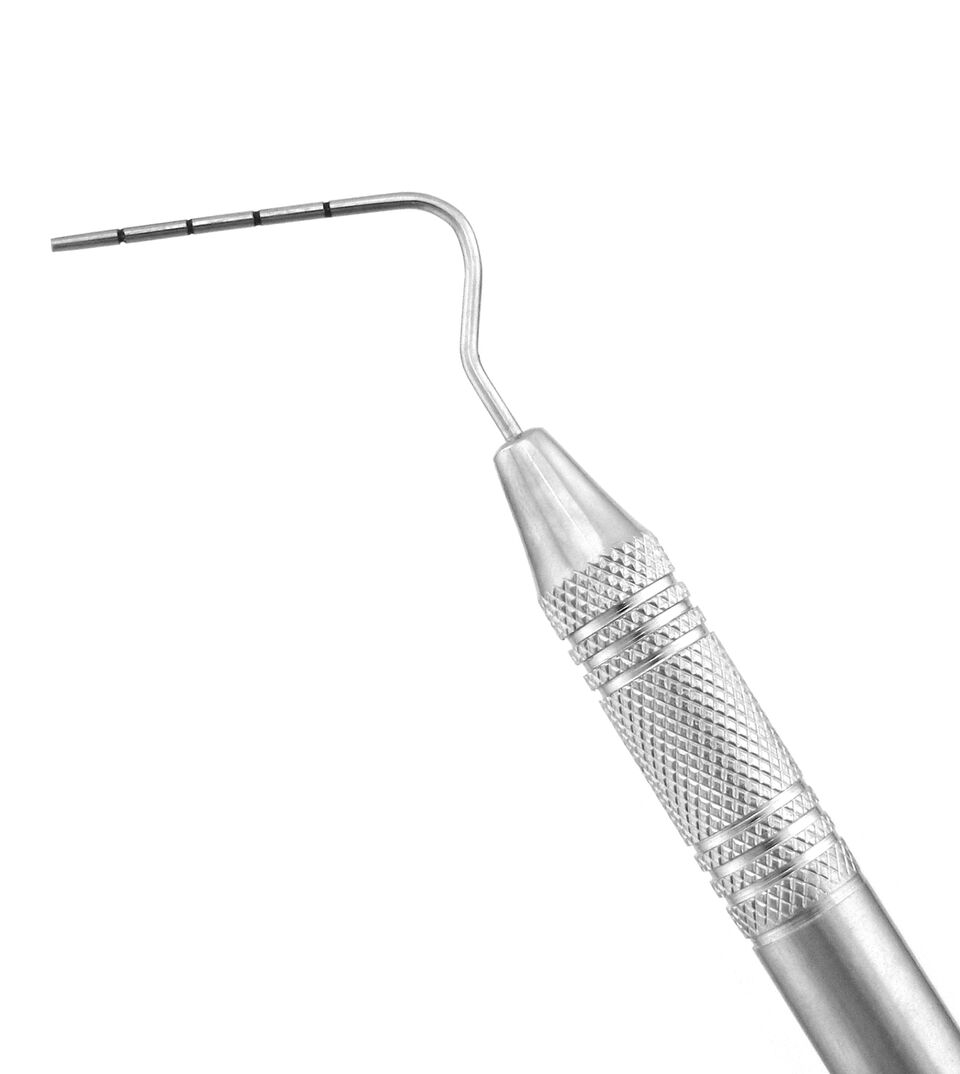 Root Canal Pluggers
Root Canal Pluggers Root Canal Spreaders
Root Canal Spreaders Rubber Dam Clamps
Rubber Dam Clamps Rubber Dam Frames
Rubber Dam Frames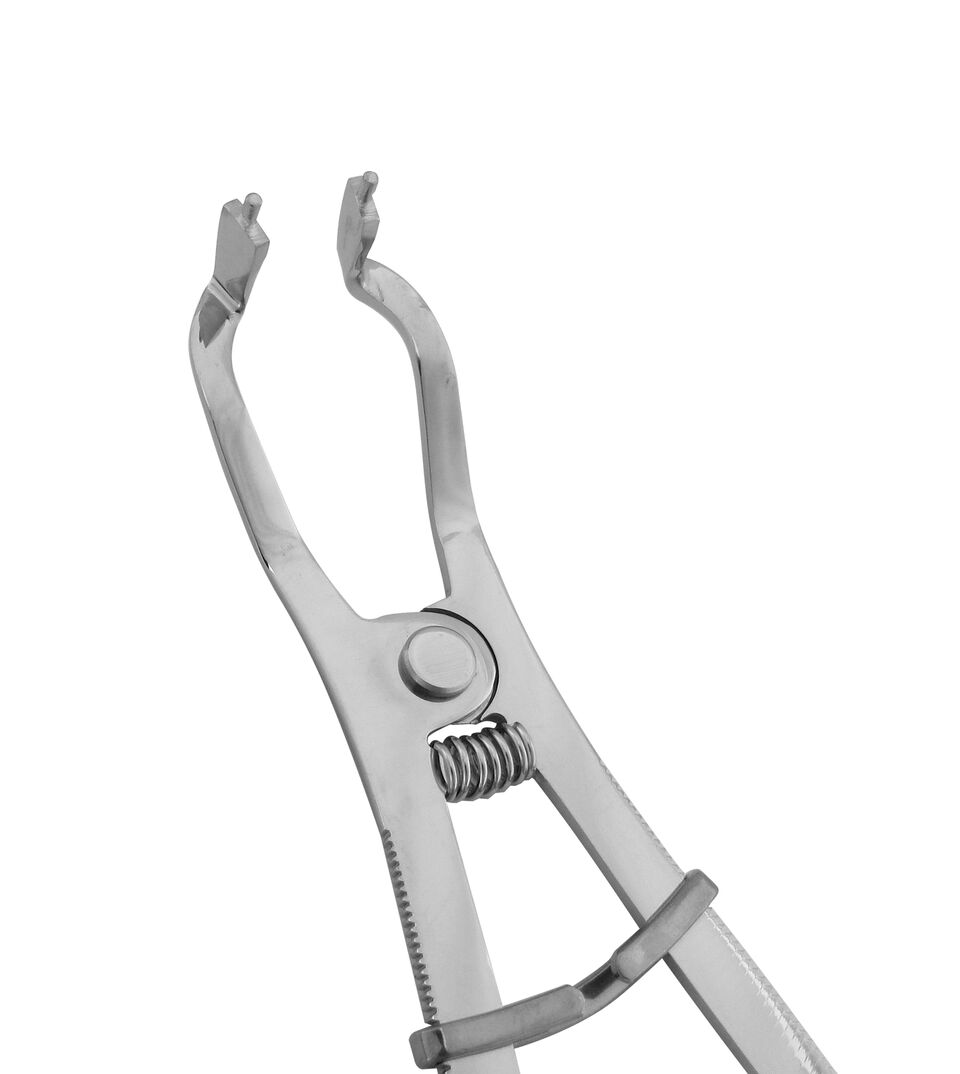 Rubber Dam Punches & Forceps
Rubber Dam Punches & Forceps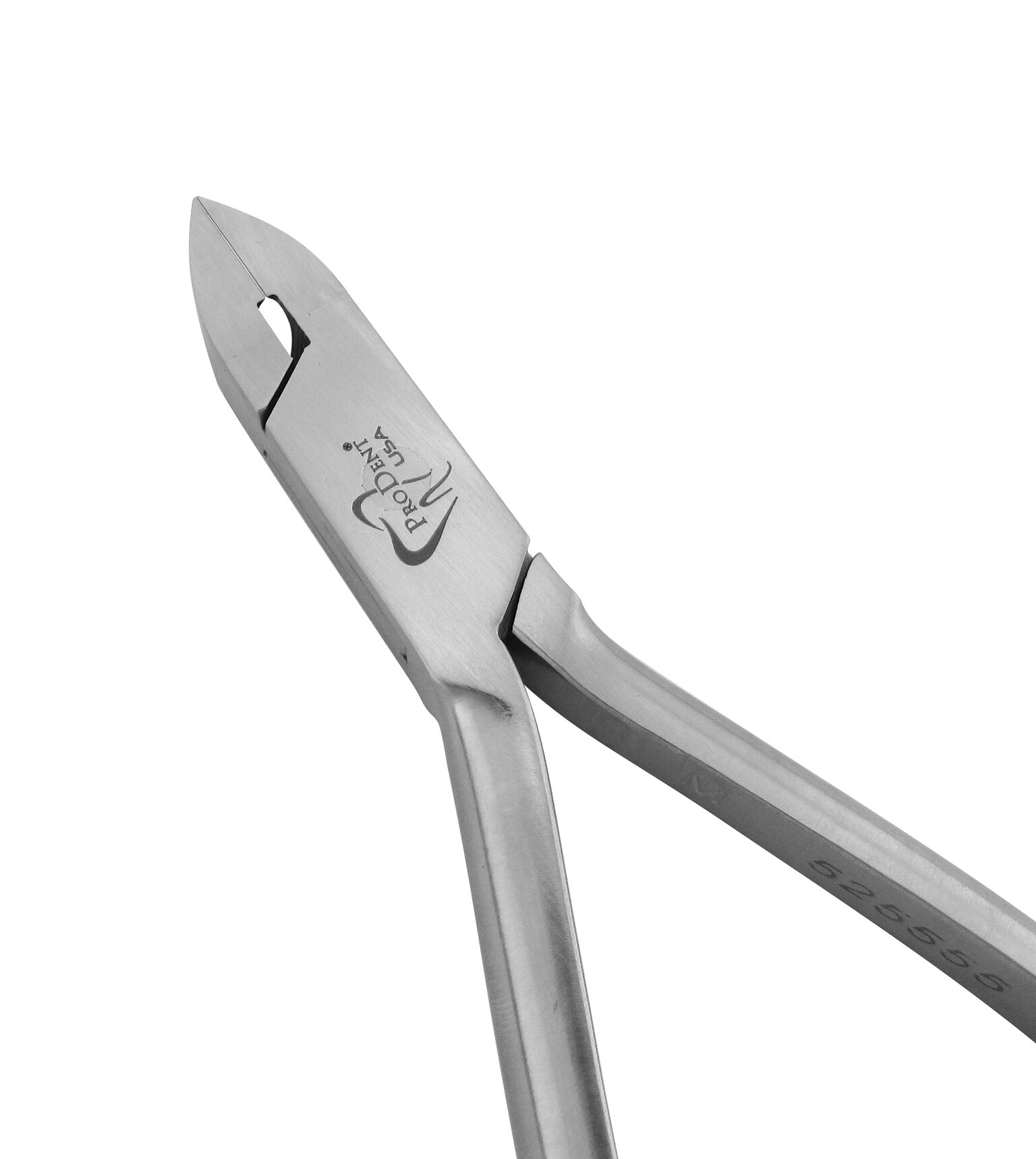 Cutters
Cutters Elastic Placing Mathieu Pliers
Elastic Placing Mathieu Pliers Gauges
Gauges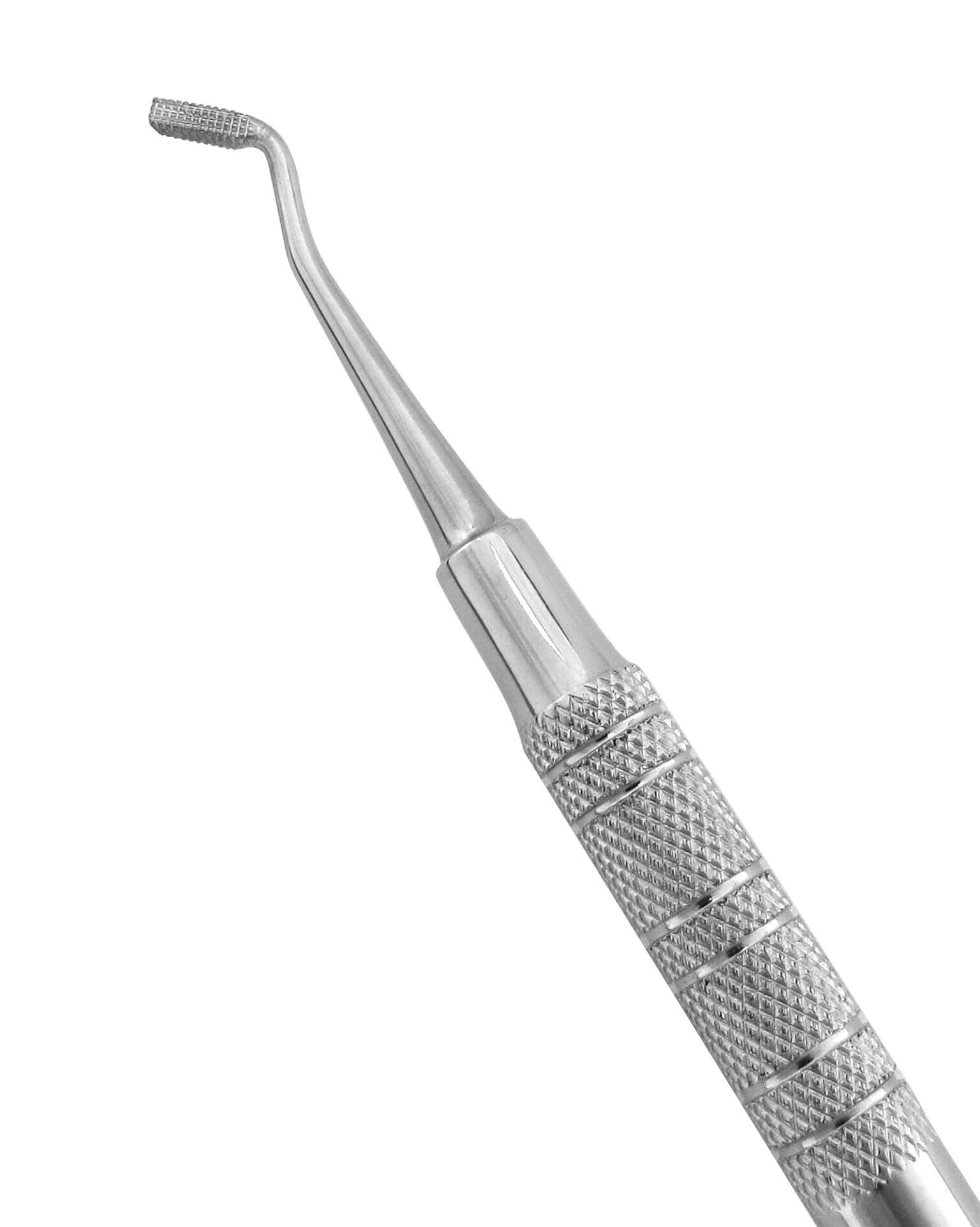 Hand Instruments
Hand Instruments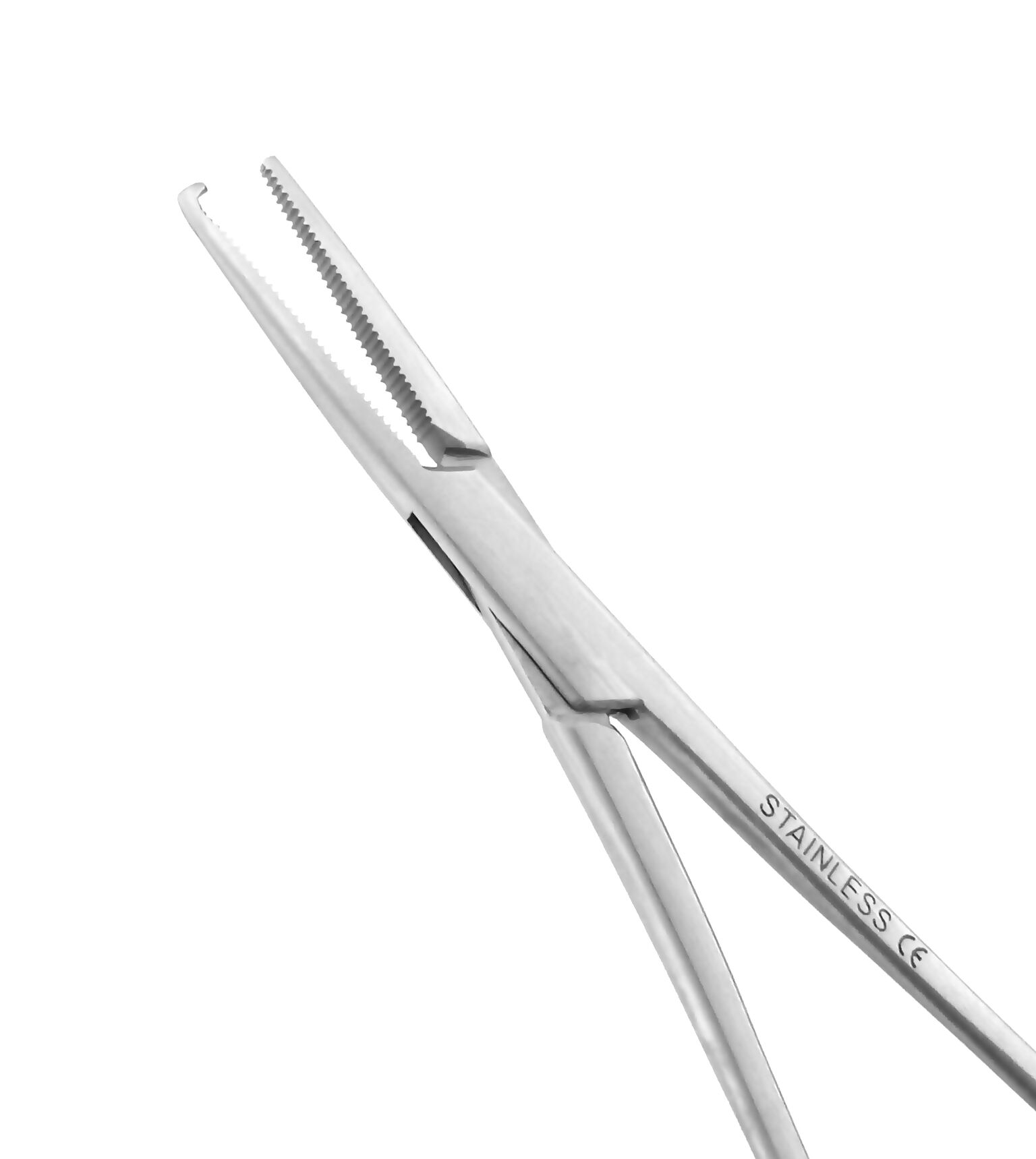 Mosquitoes
Mosquitoes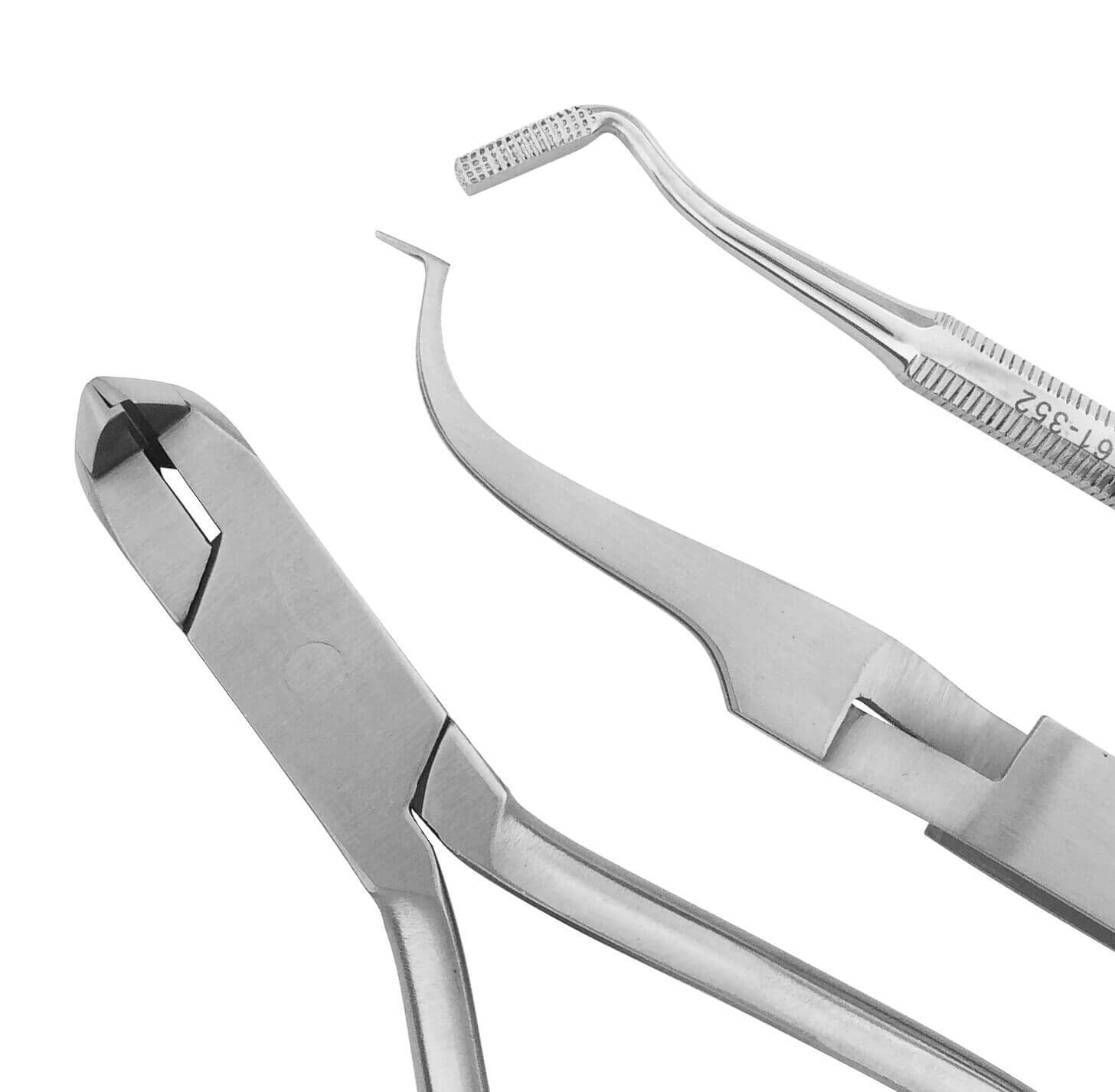 Orthodontic Sets
Orthodontic Sets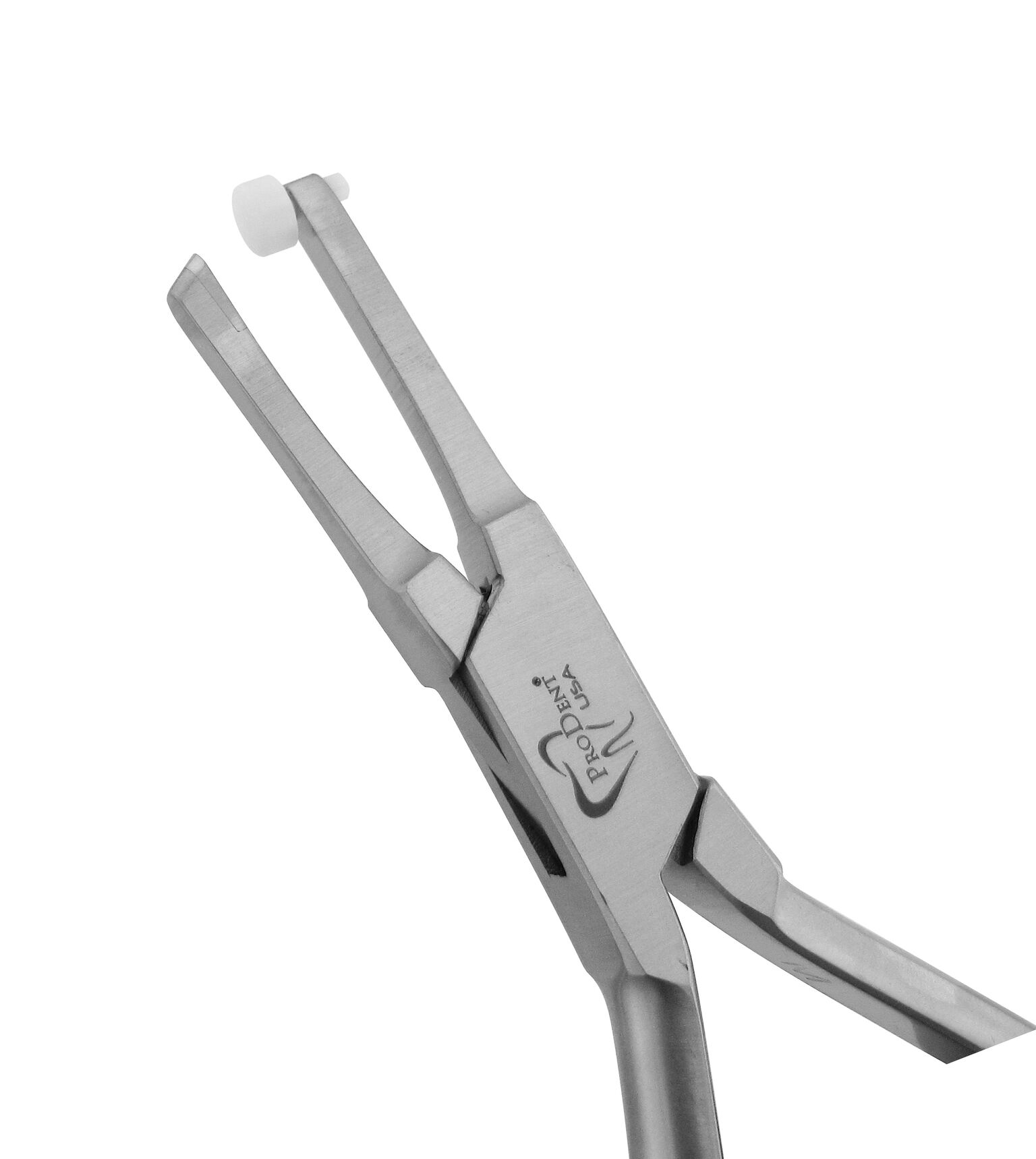 Pliers
Pliers Scissors
Scissors Tweezers
Tweezers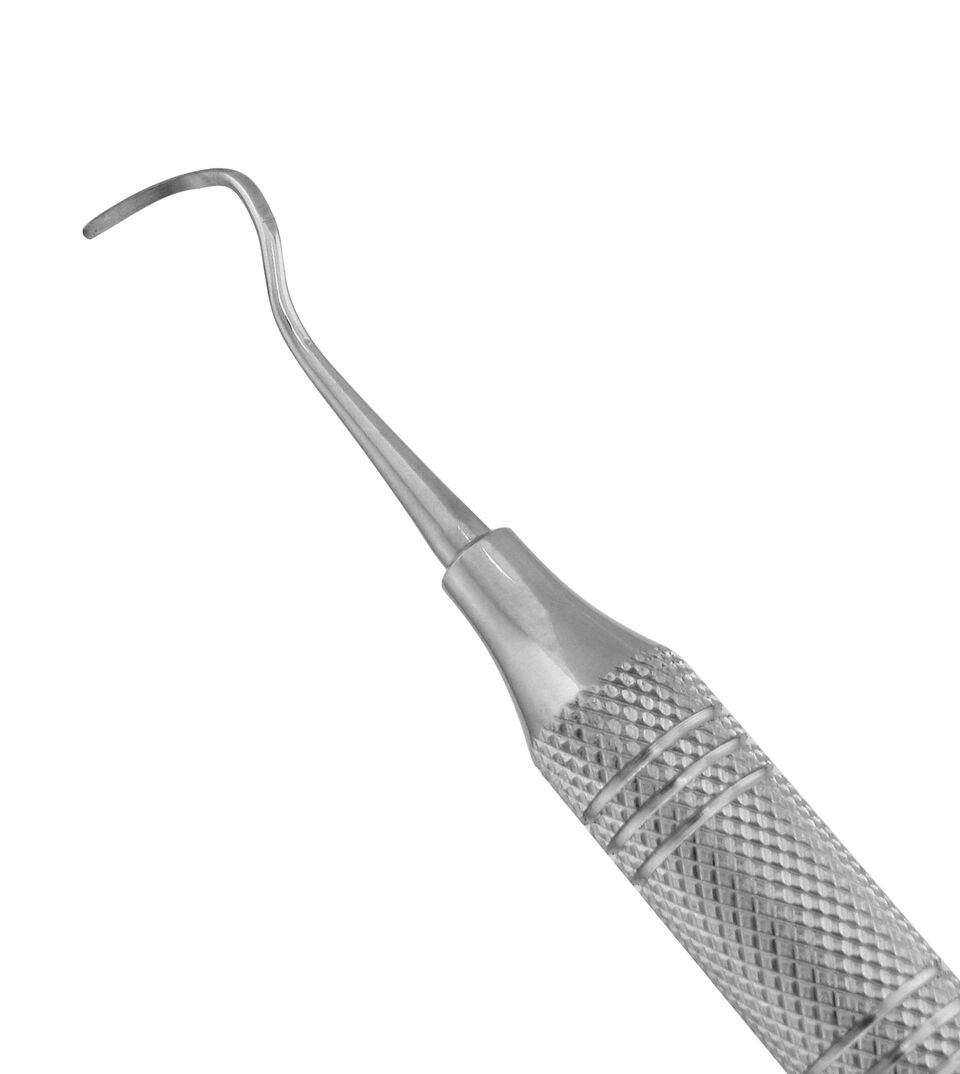 Curettes
Curettes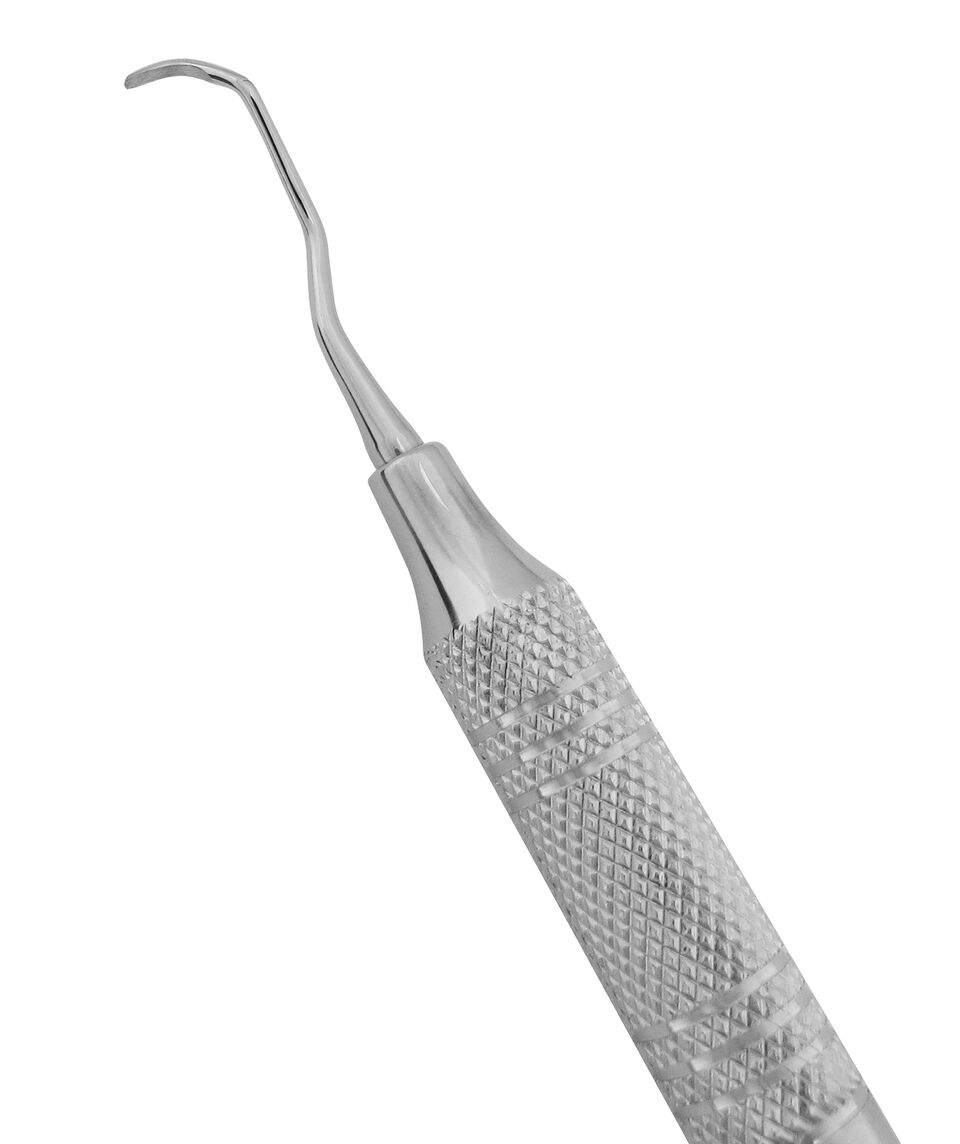 Gracey Curettes
Gracey Curettes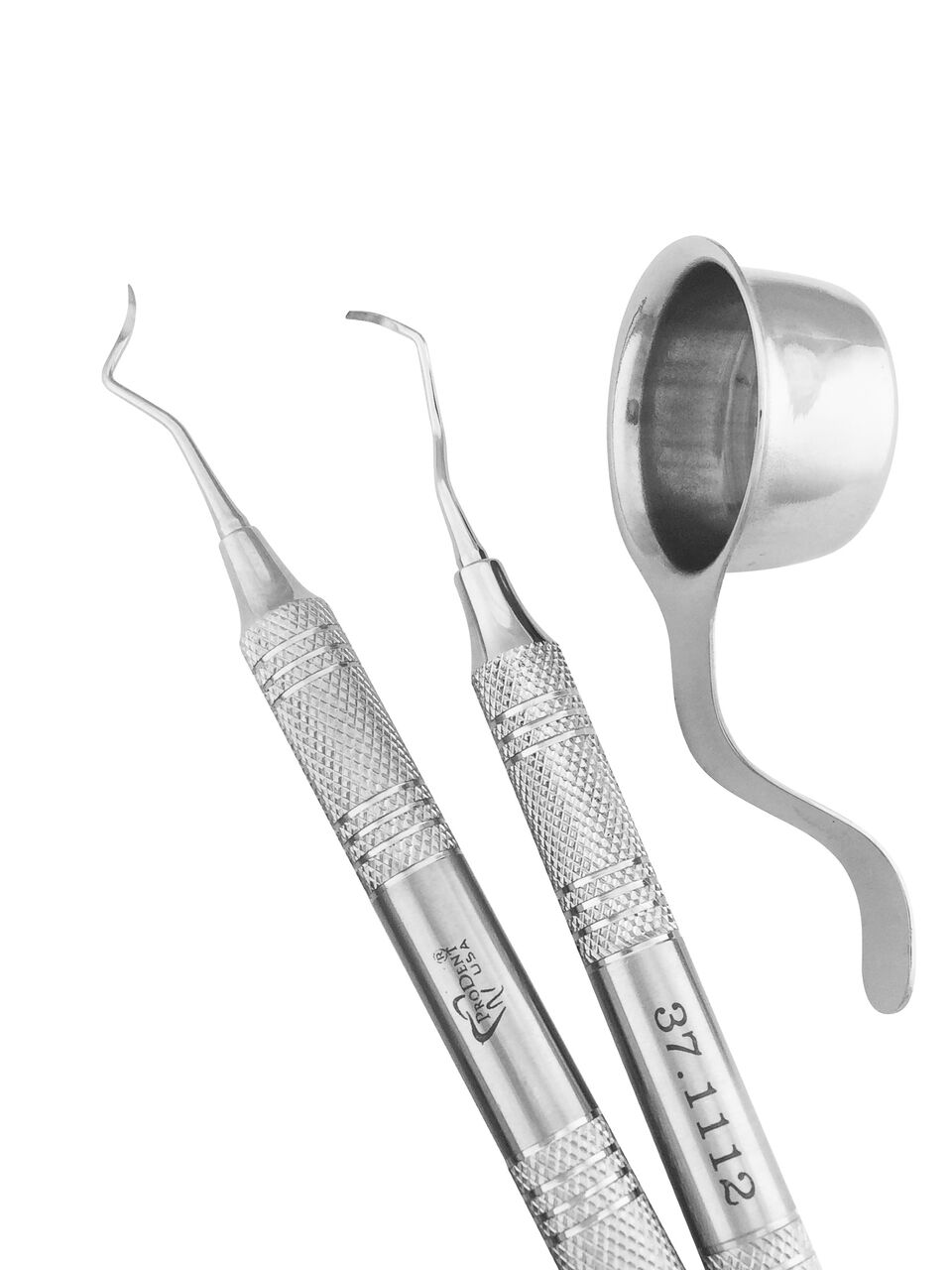 Periodontal Sets & Accessories
Periodontal Sets & Accessories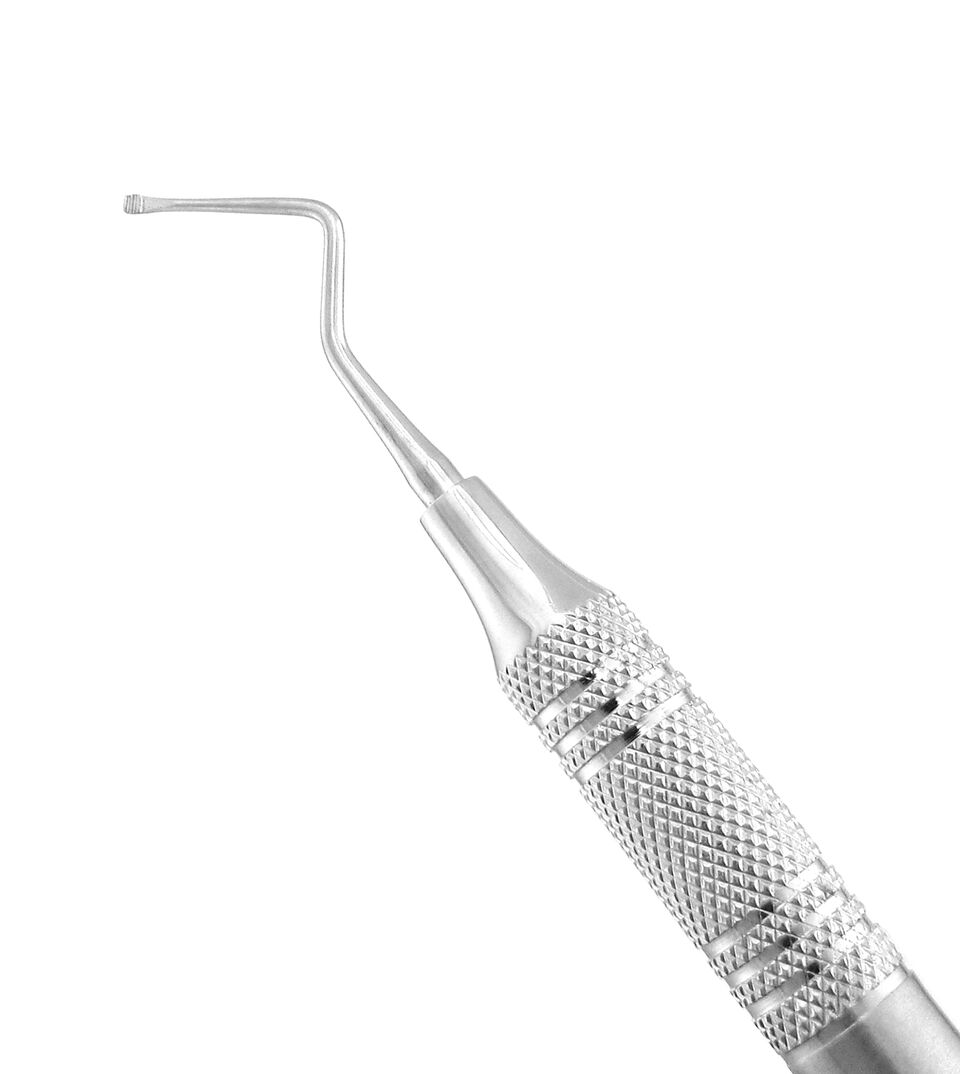 Periodontal Specialty Instruments
Periodontal Specialty Instruments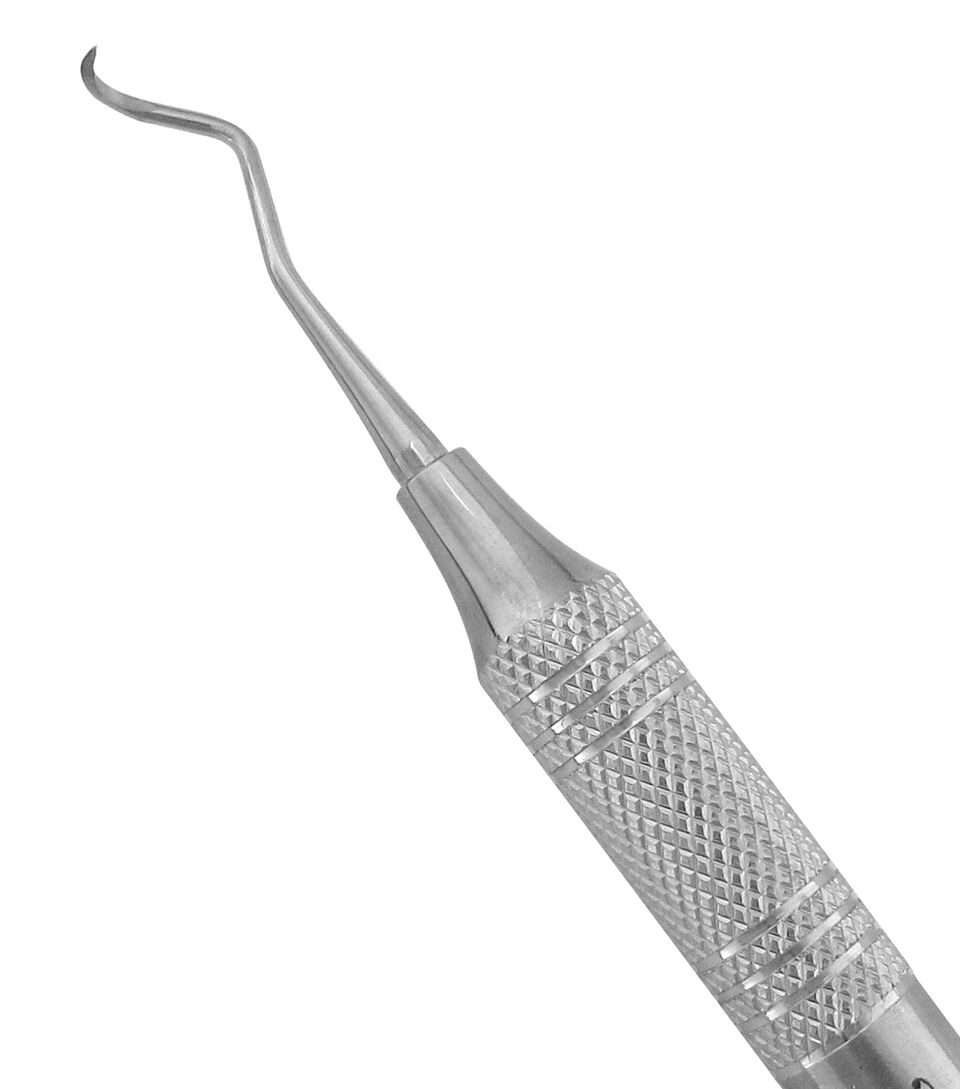 Scalers
Scalers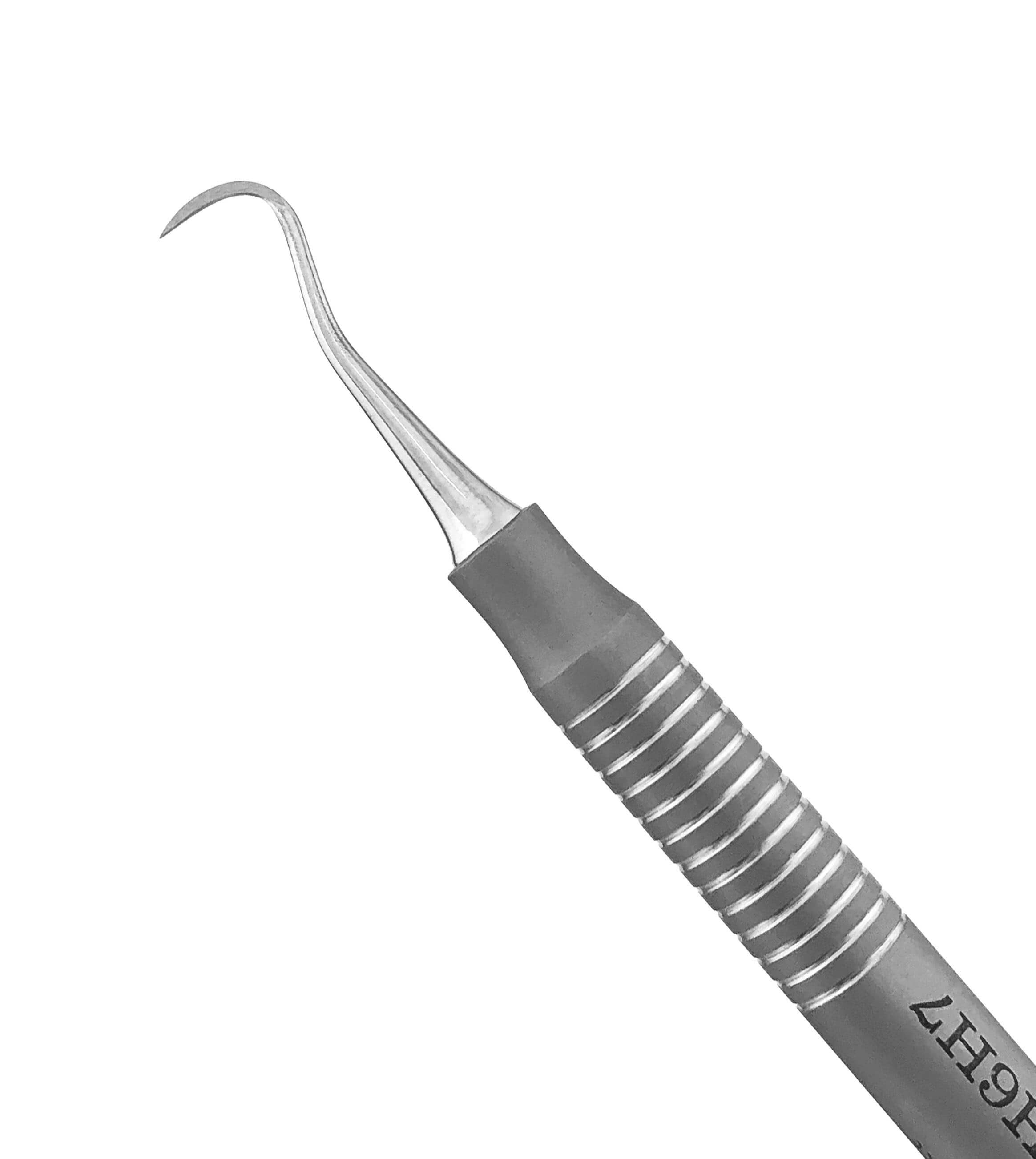 Siberian Stone™ Collection
Siberian Stone™ Collection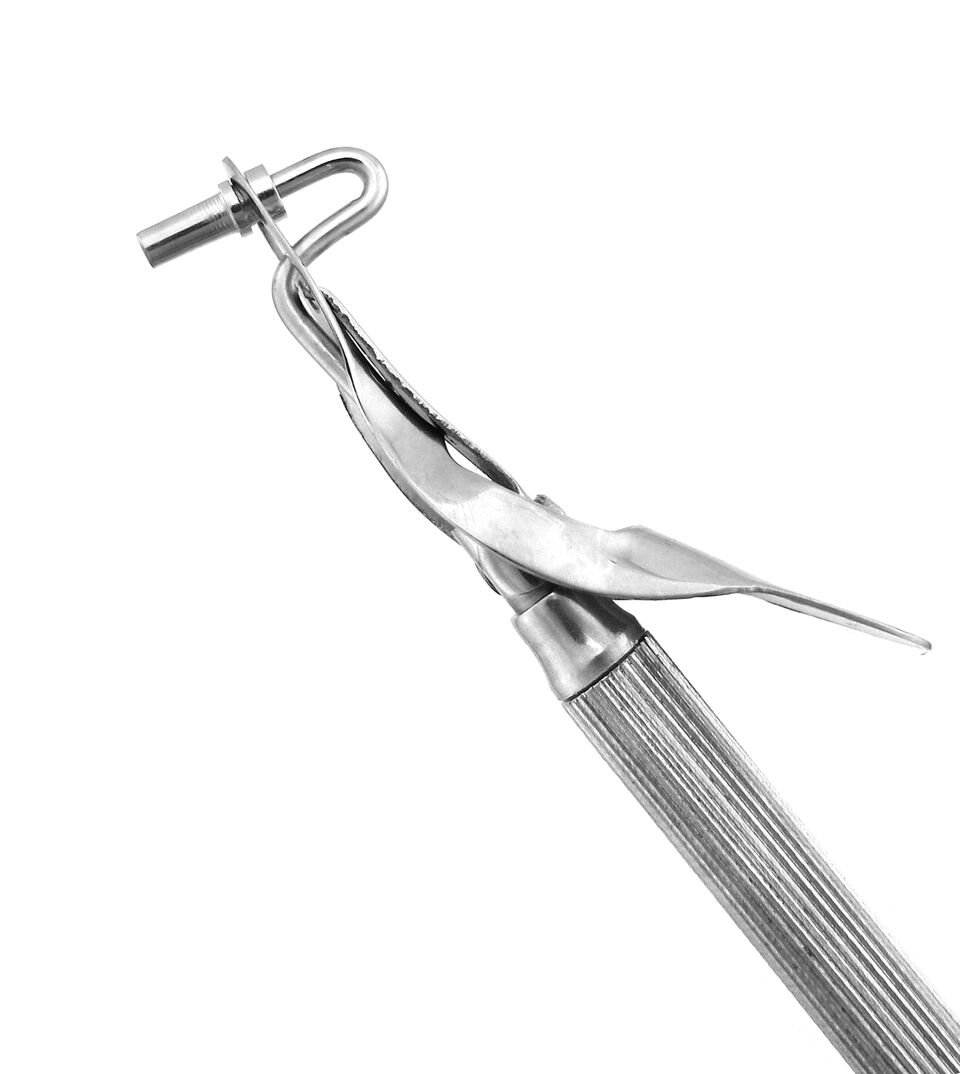 Amalgam Carriers & Well
Amalgam Carriers & Well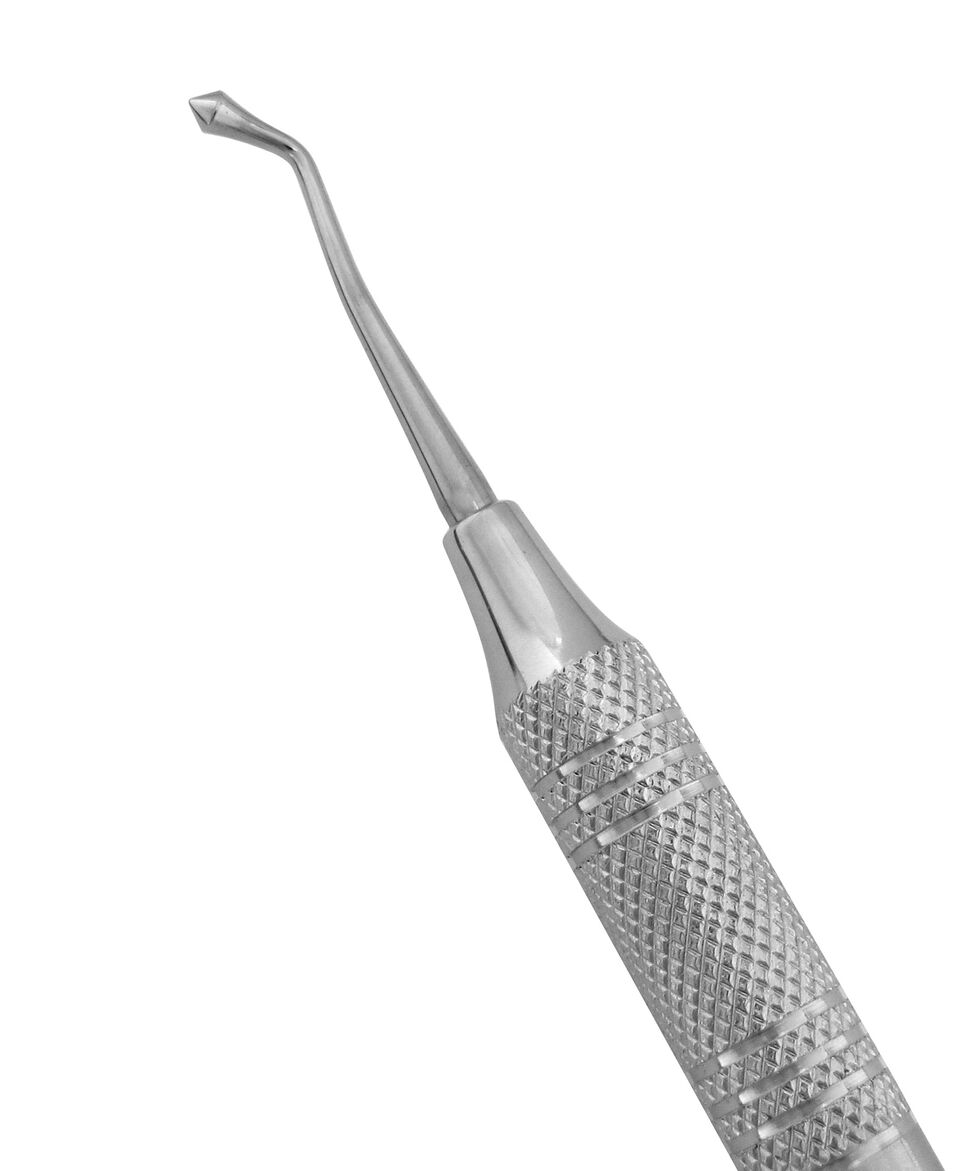 Burnishers
Burnishers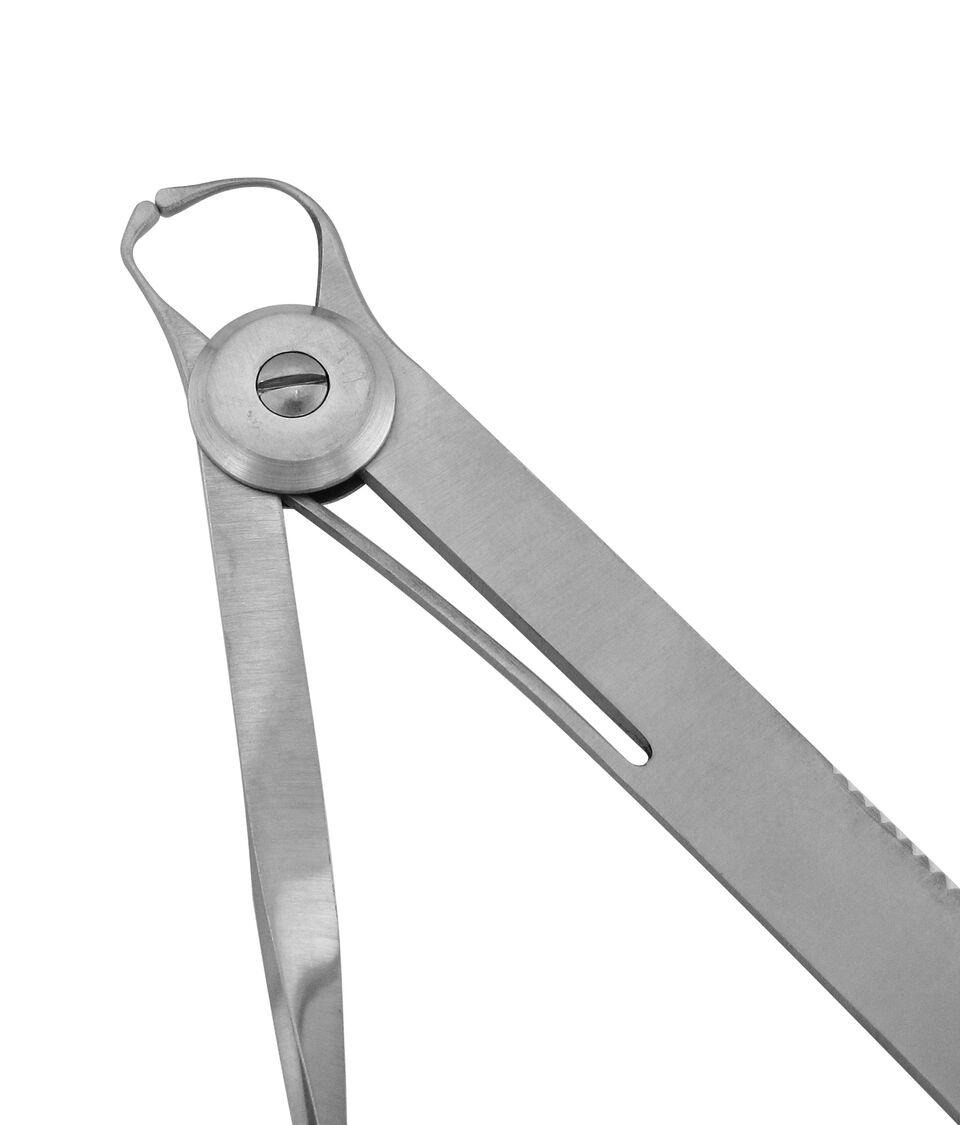 Calipers
Calipers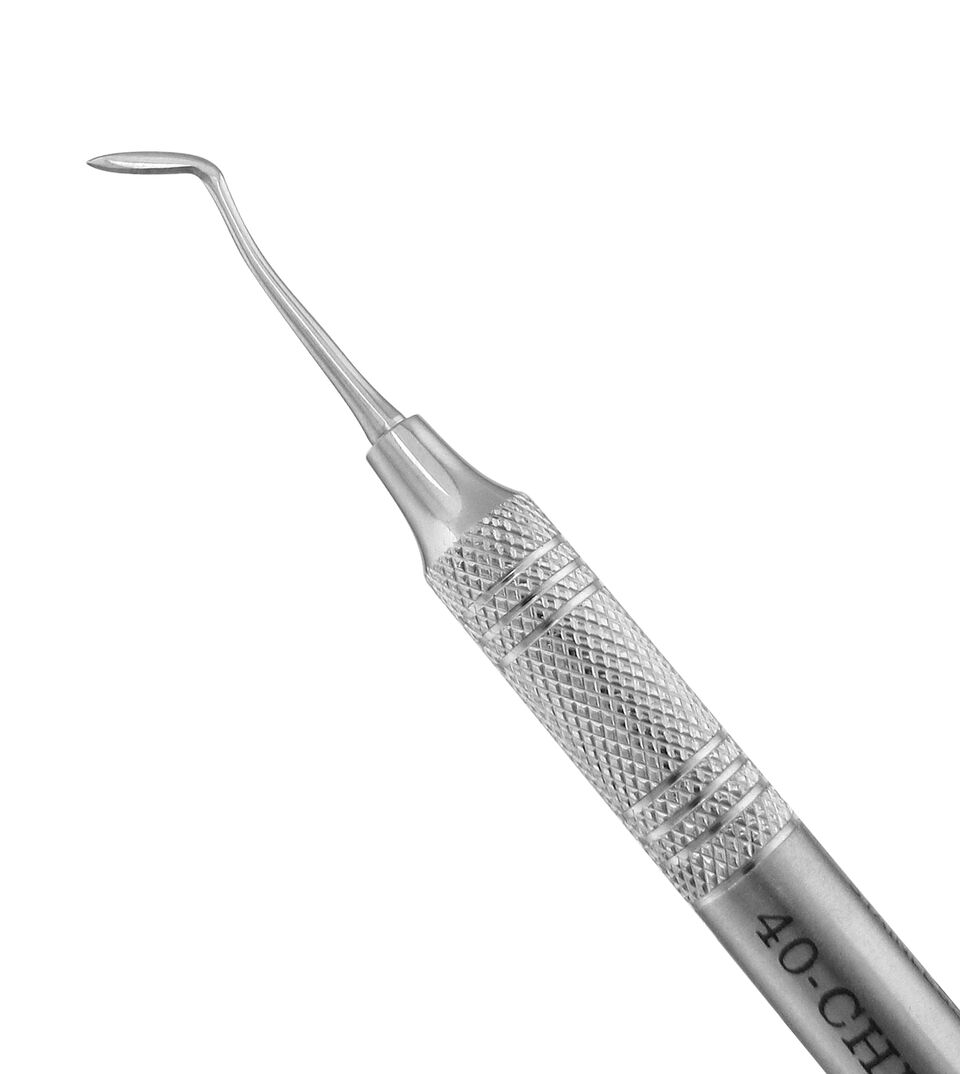 Carvers
Carvers Cement Spatulas
Cement Spatulas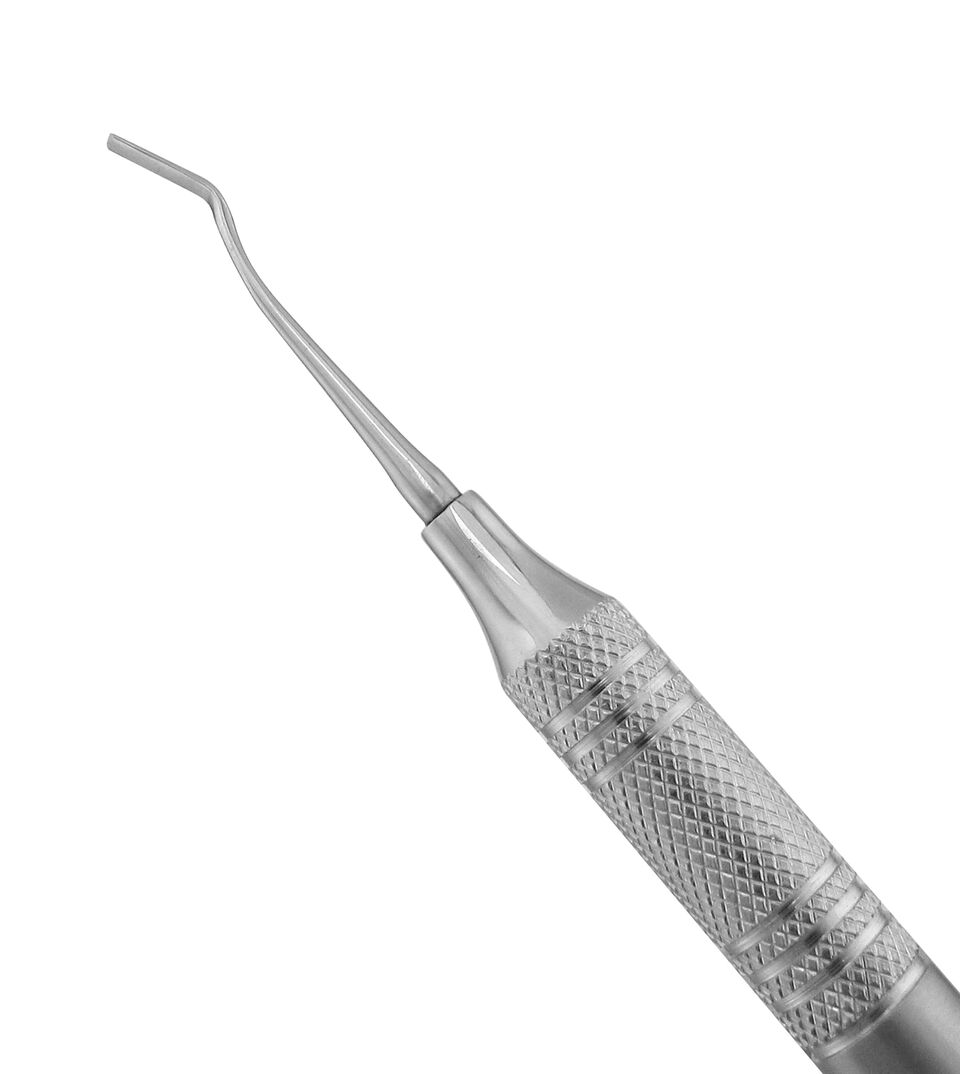 Chisels
Chisels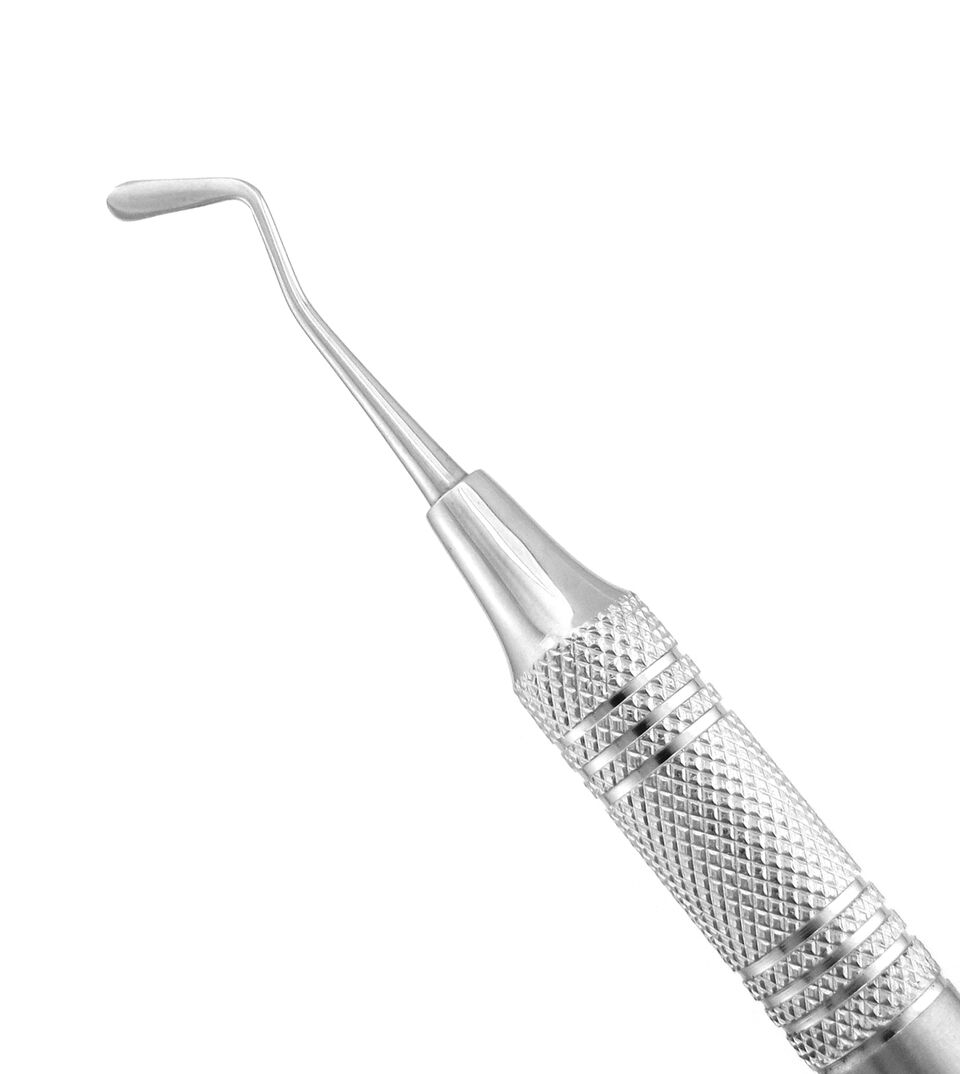 Composite & Plastic Filling Instruments
Composite & Plastic Filling Instruments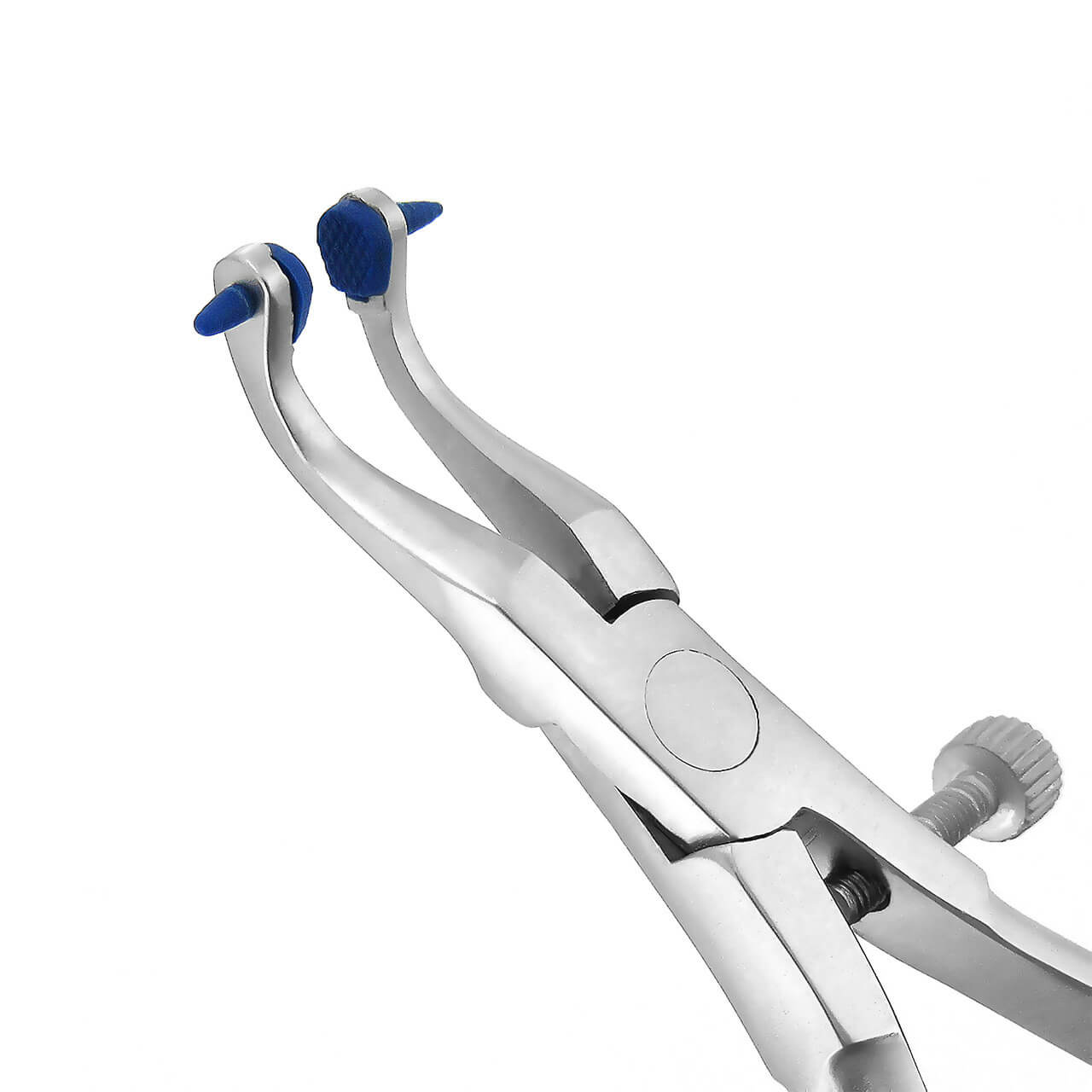 Crown Removers & Spreaders
Crown Removers & Spreaders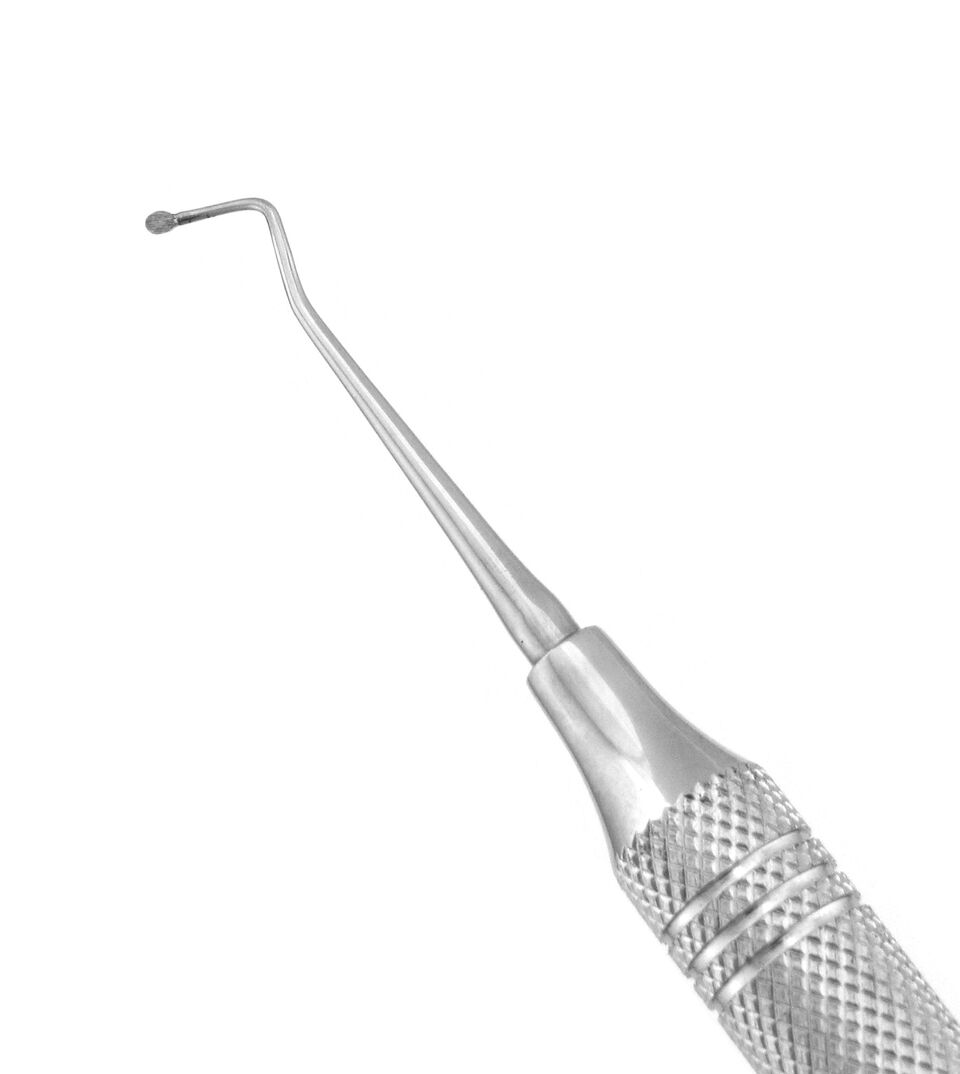 Excavators
Excavators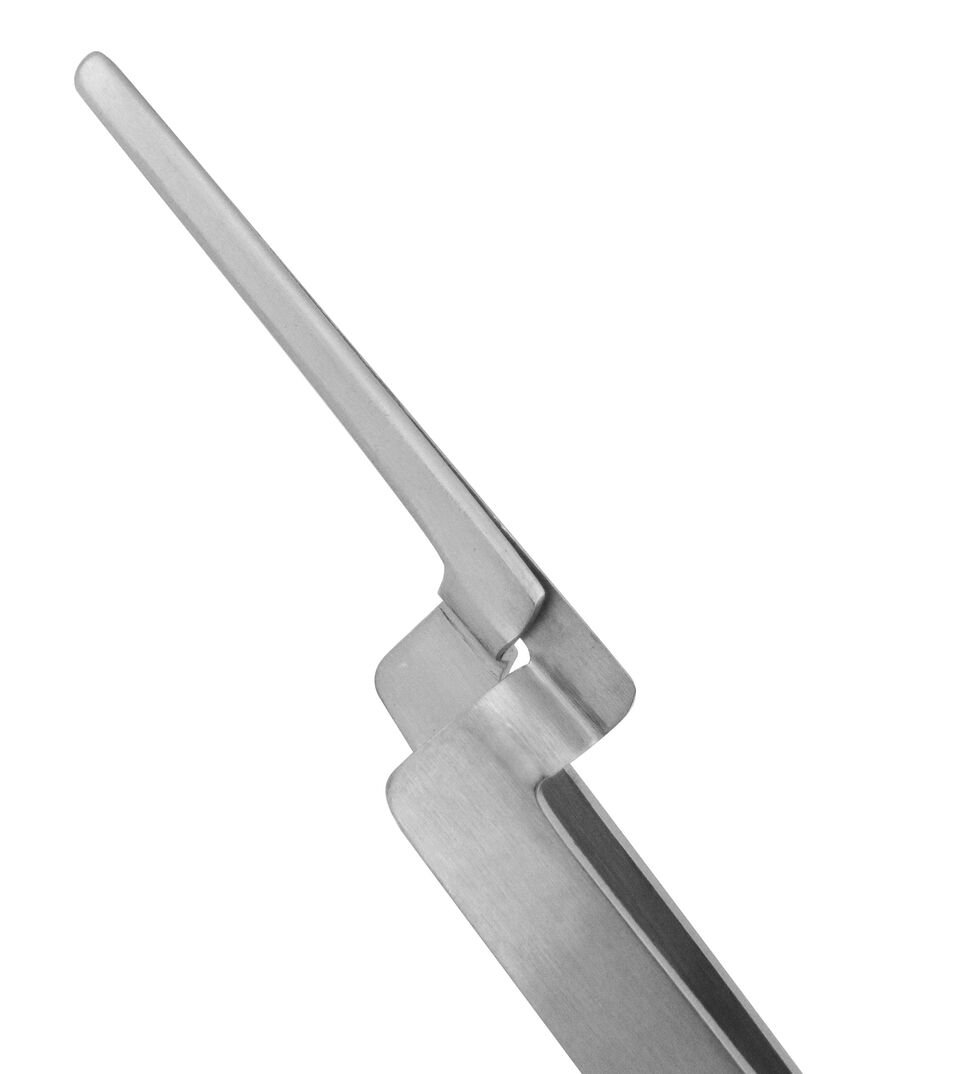 Forceps & Tweezers
Forceps & Tweezers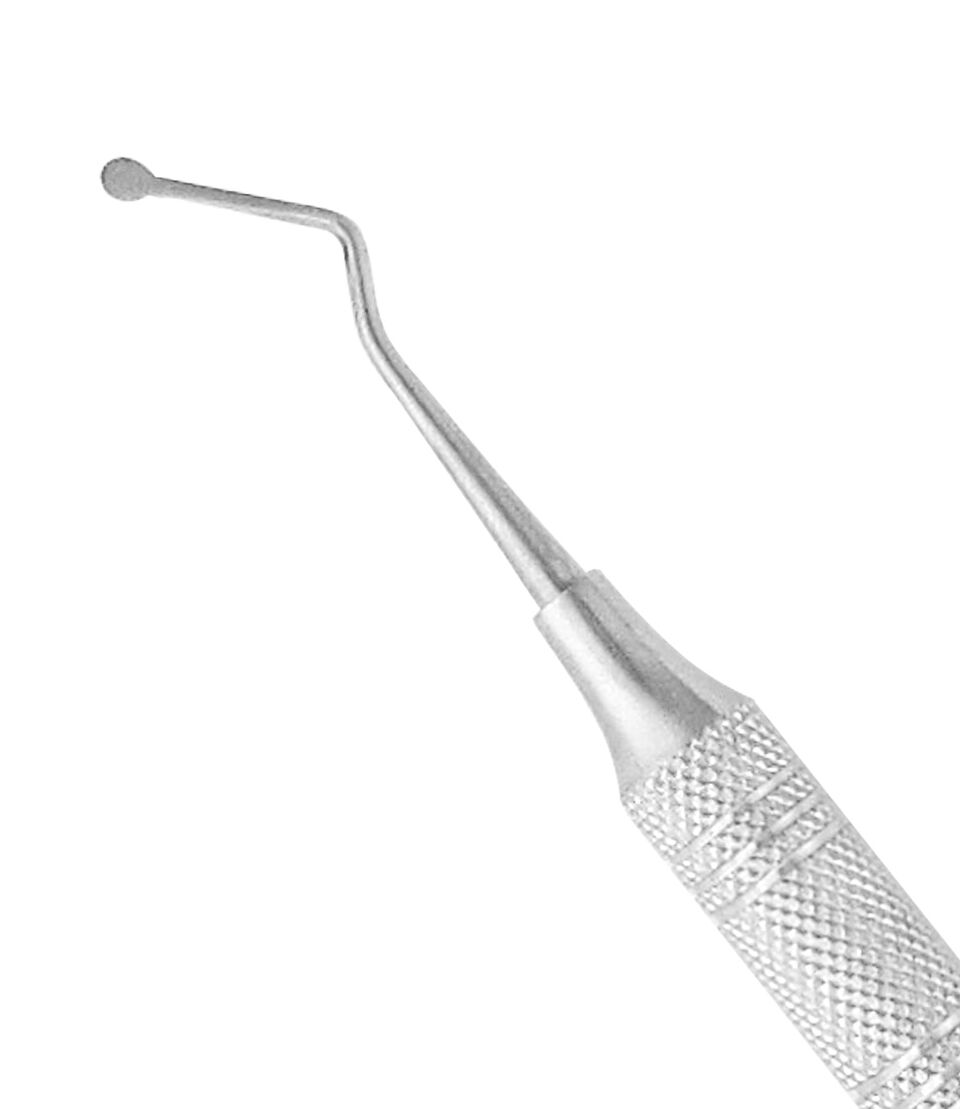 Gingival Cord Packers
Gingival Cord Packers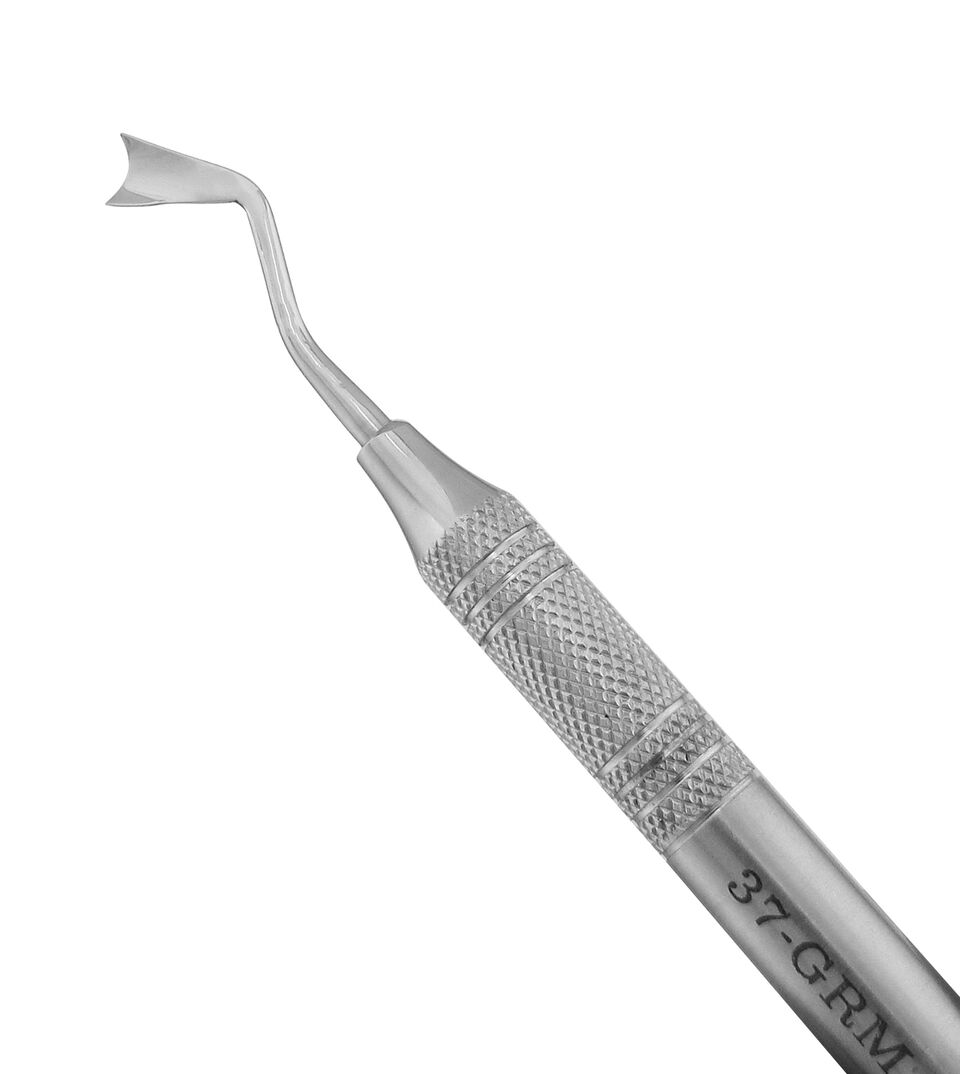 Gingival Retractors
Gingival Retractors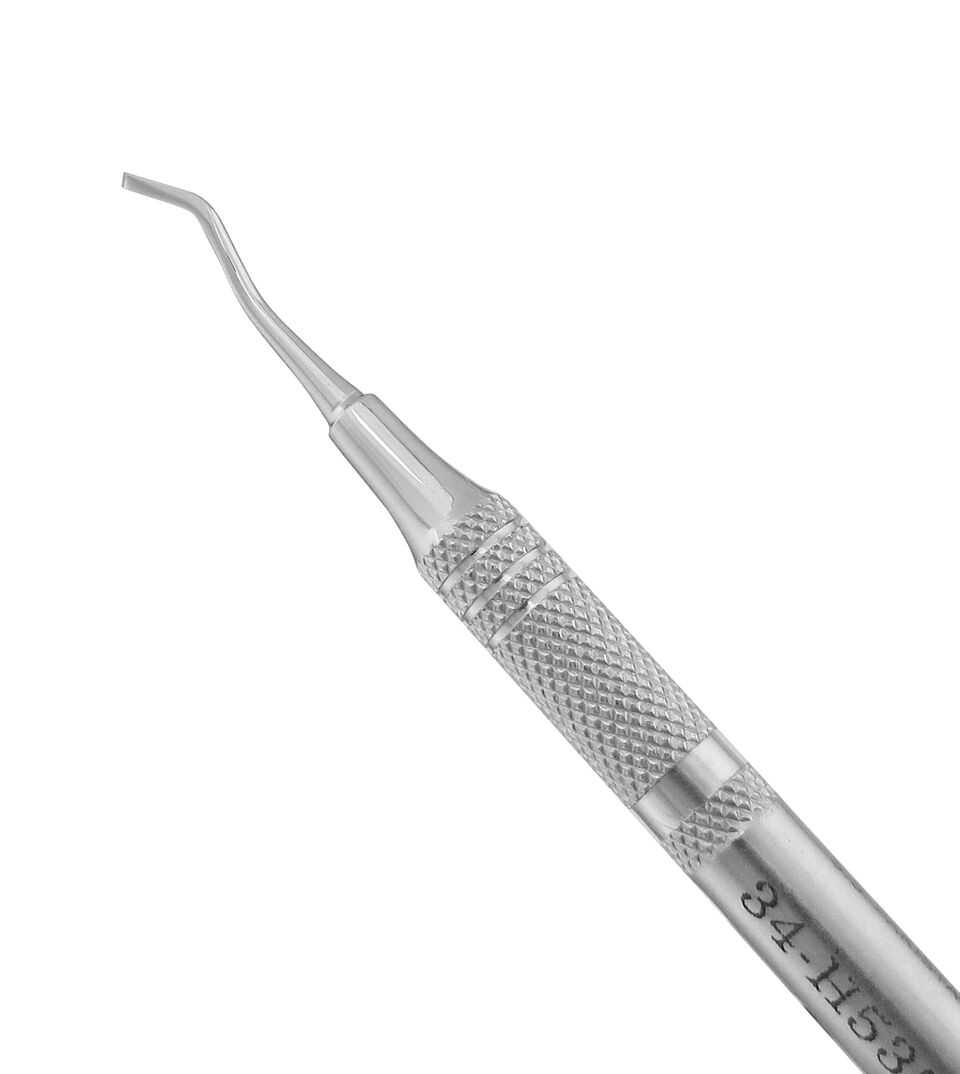 Hatchets
Hatchets Impression Tray Sets
Impression Tray Sets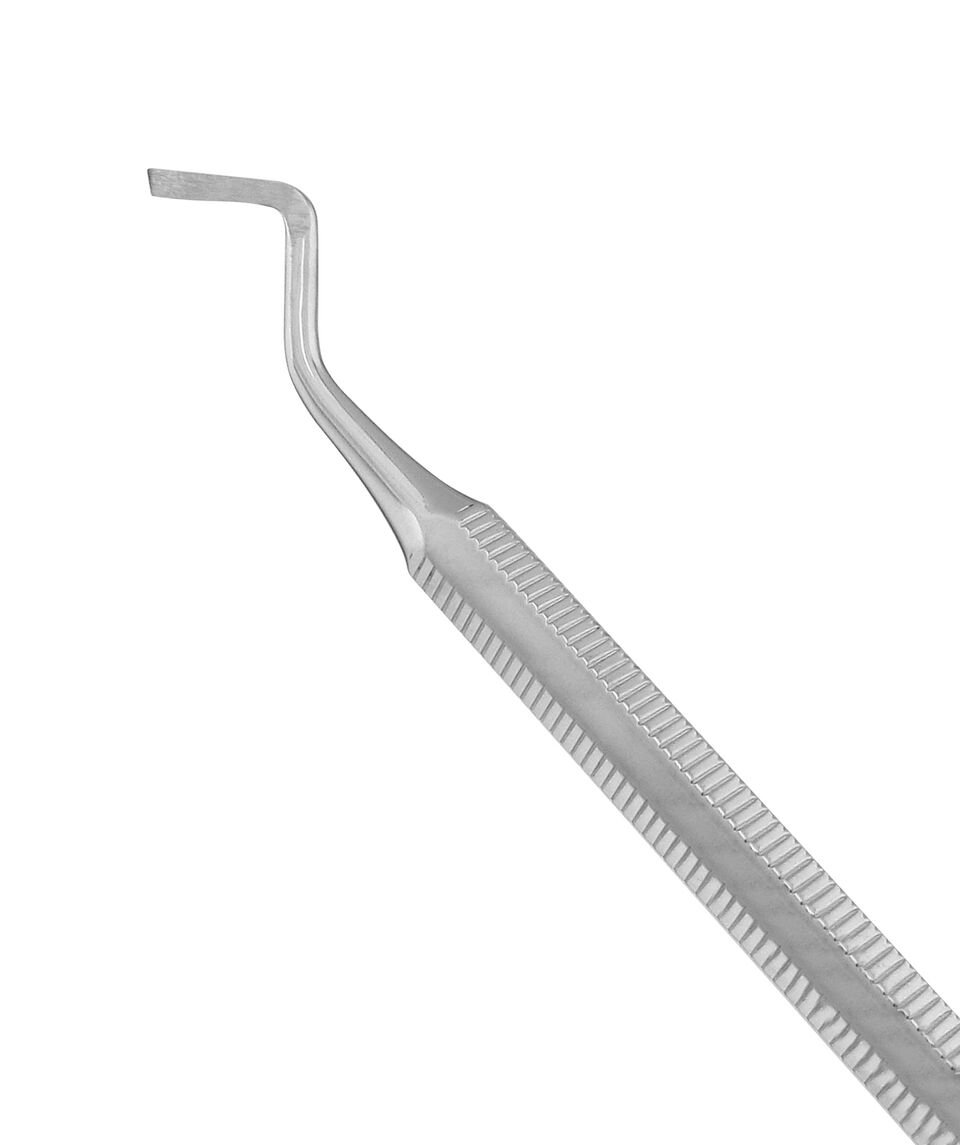 Margin Trimmers
Margin Trimmers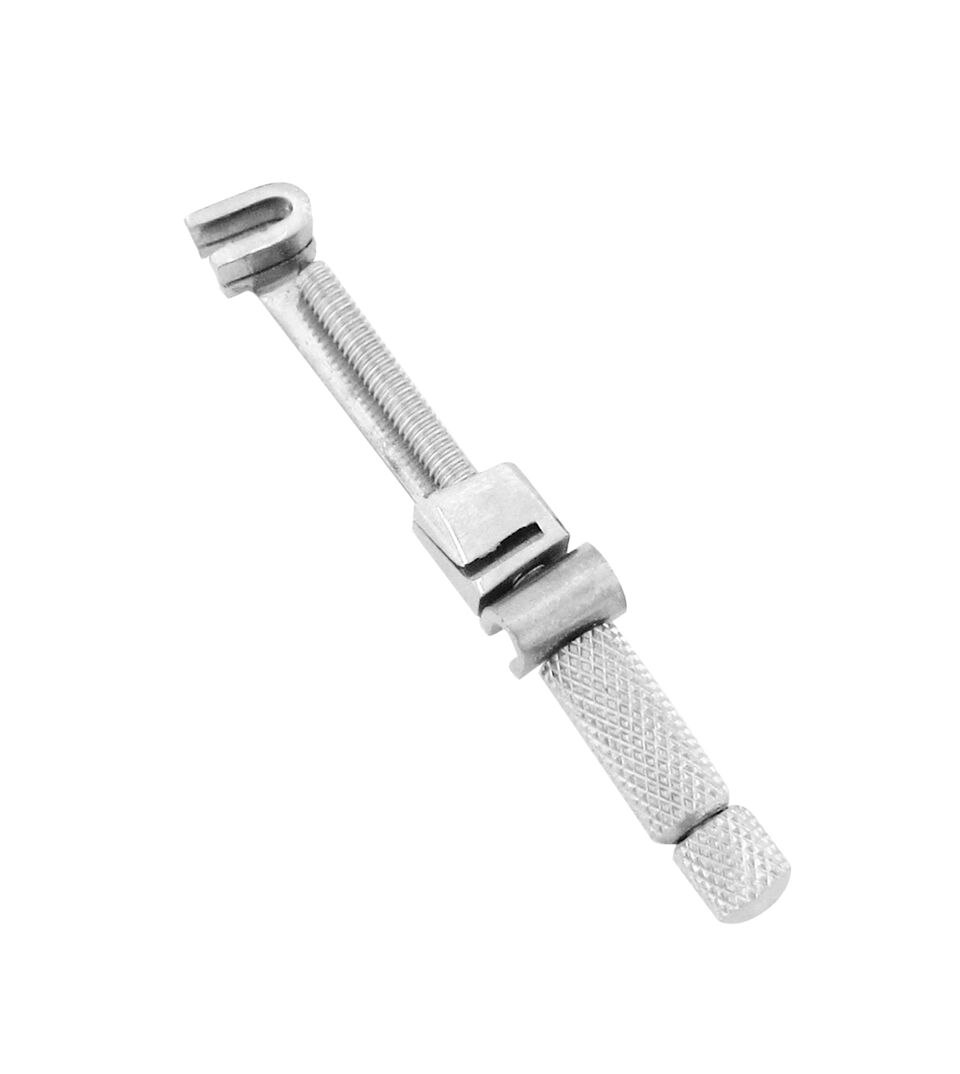 Matrix Retainers
Matrix Retainers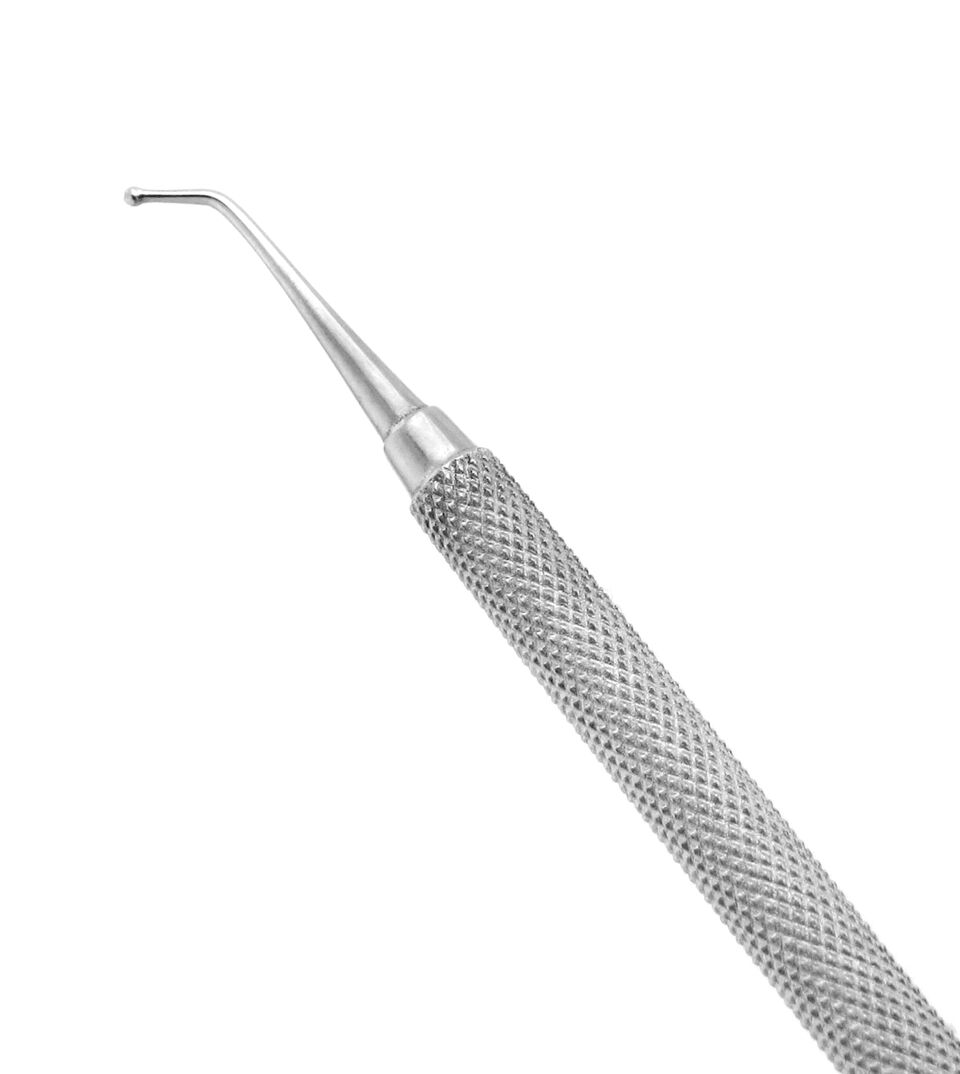 Placement Instruments
Placement Instruments Plaster Knives & Nippers
Plaster Knives & Nippers Plaster Spatulas
Plaster Spatulas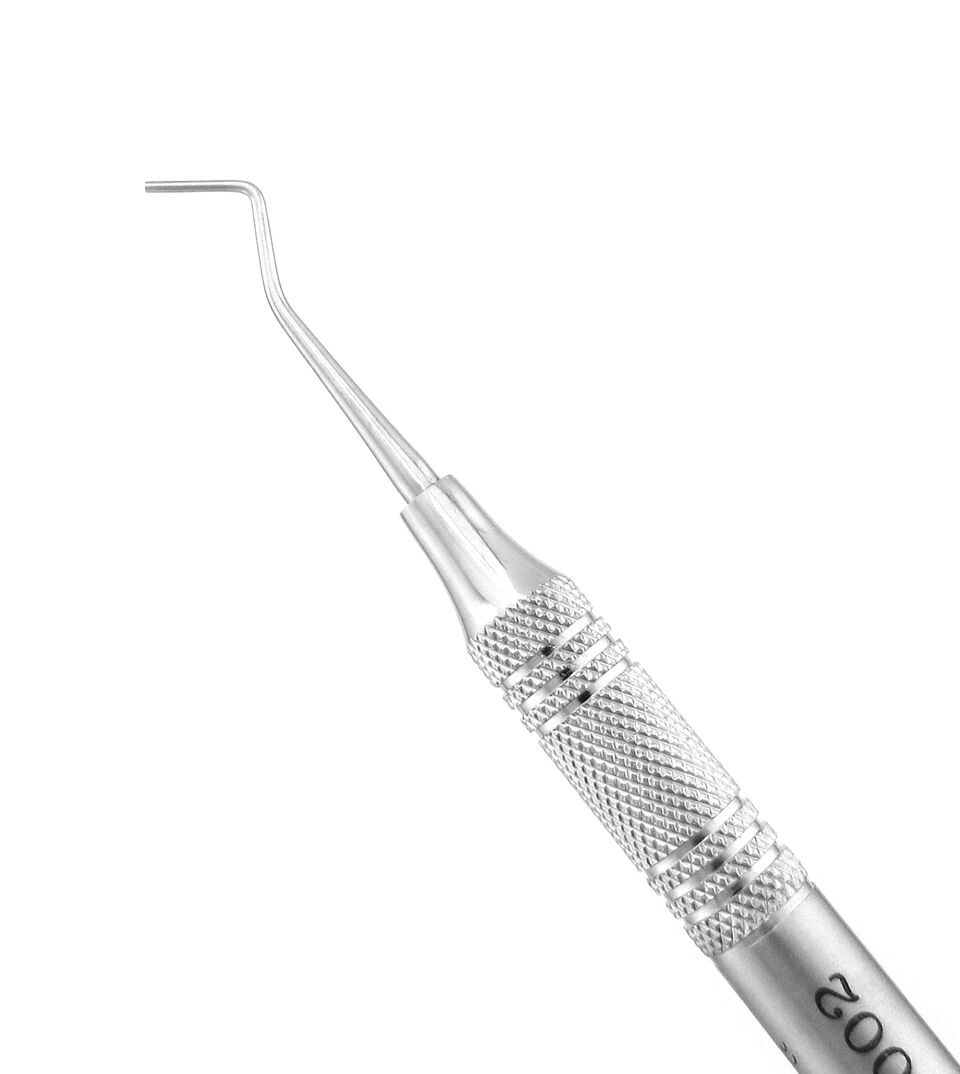 Pluggers/Condensers
Pluggers/Condensers Restorative Sets
Restorative Sets Wax & Porcelain Carvers
Wax & Porcelain Carvers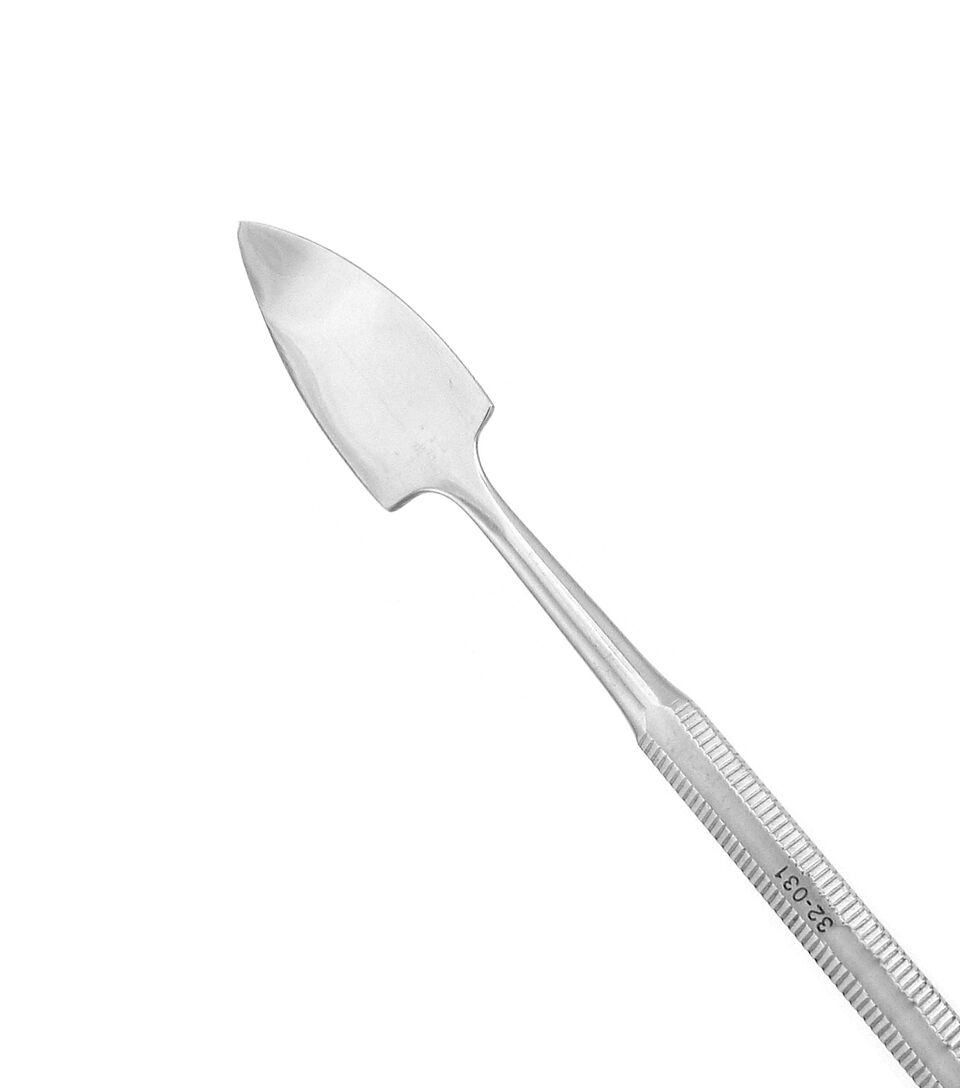 Wax Spatulas
Wax Spatulas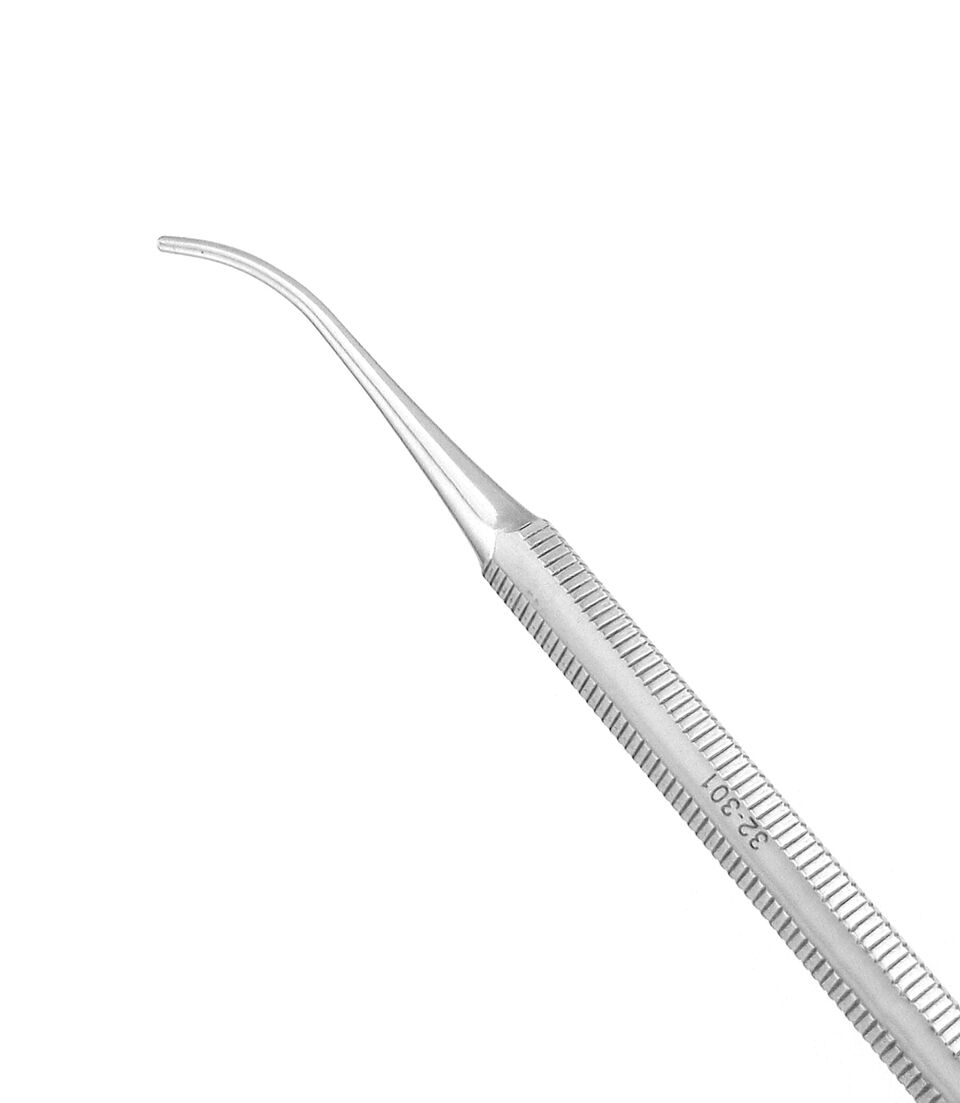 Waxing Instruments
Waxing Instruments Aspirators
Aspirators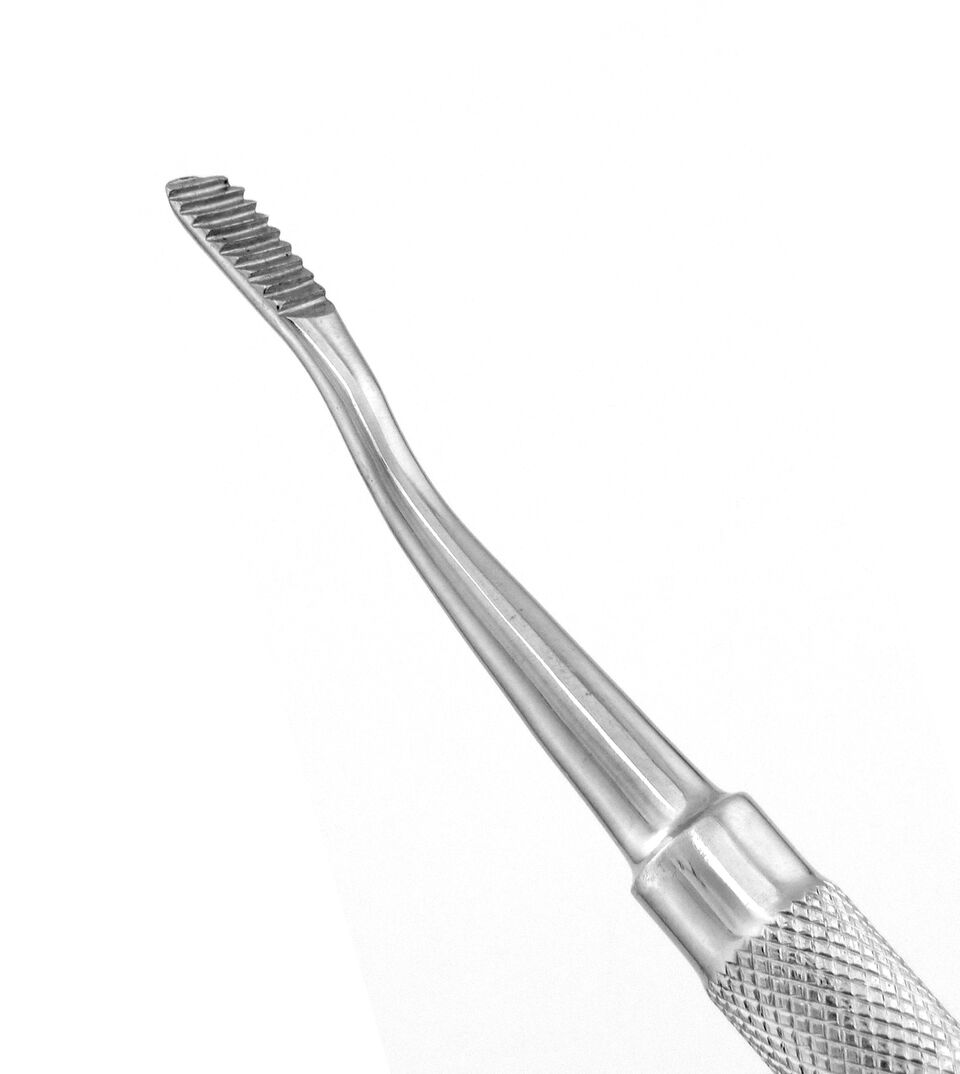 Bone Chisels
Bone Chisels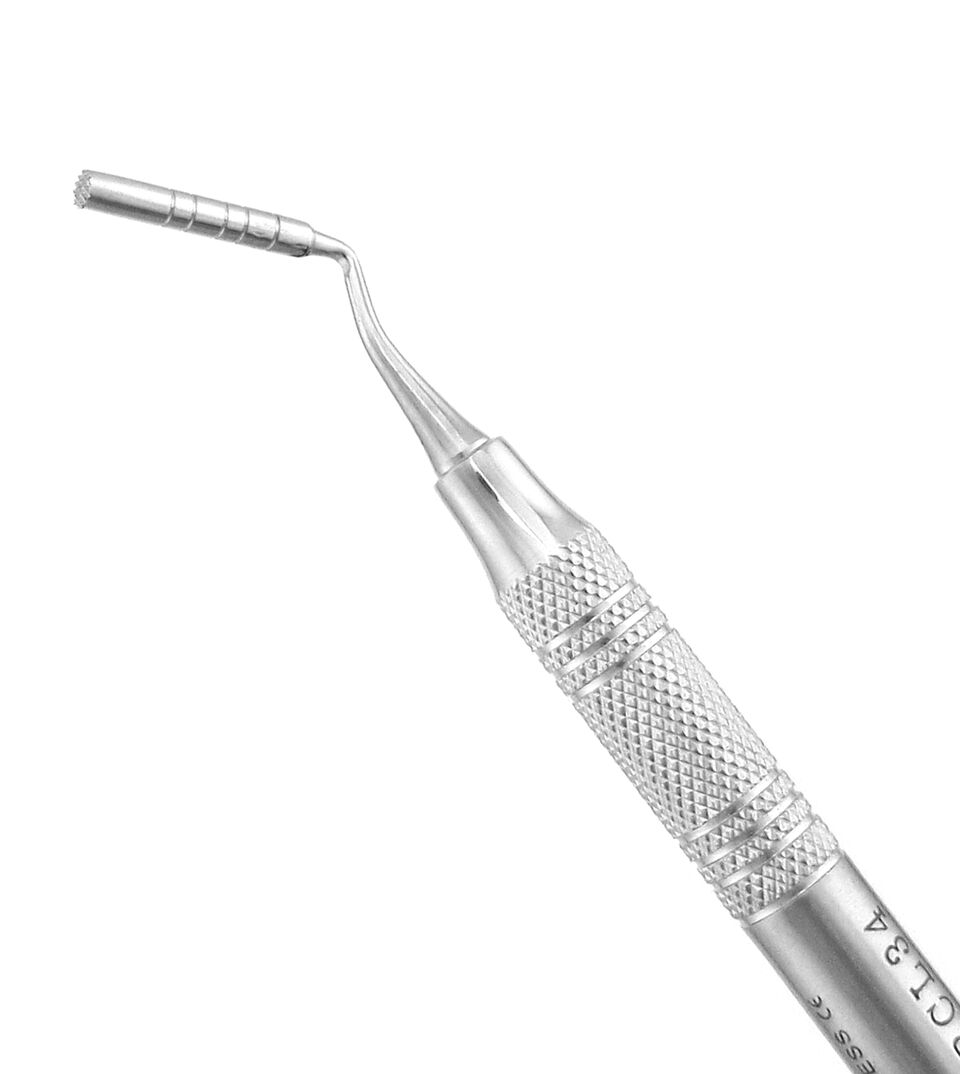 Bone Grafting Instruments
Bone Grafting Instruments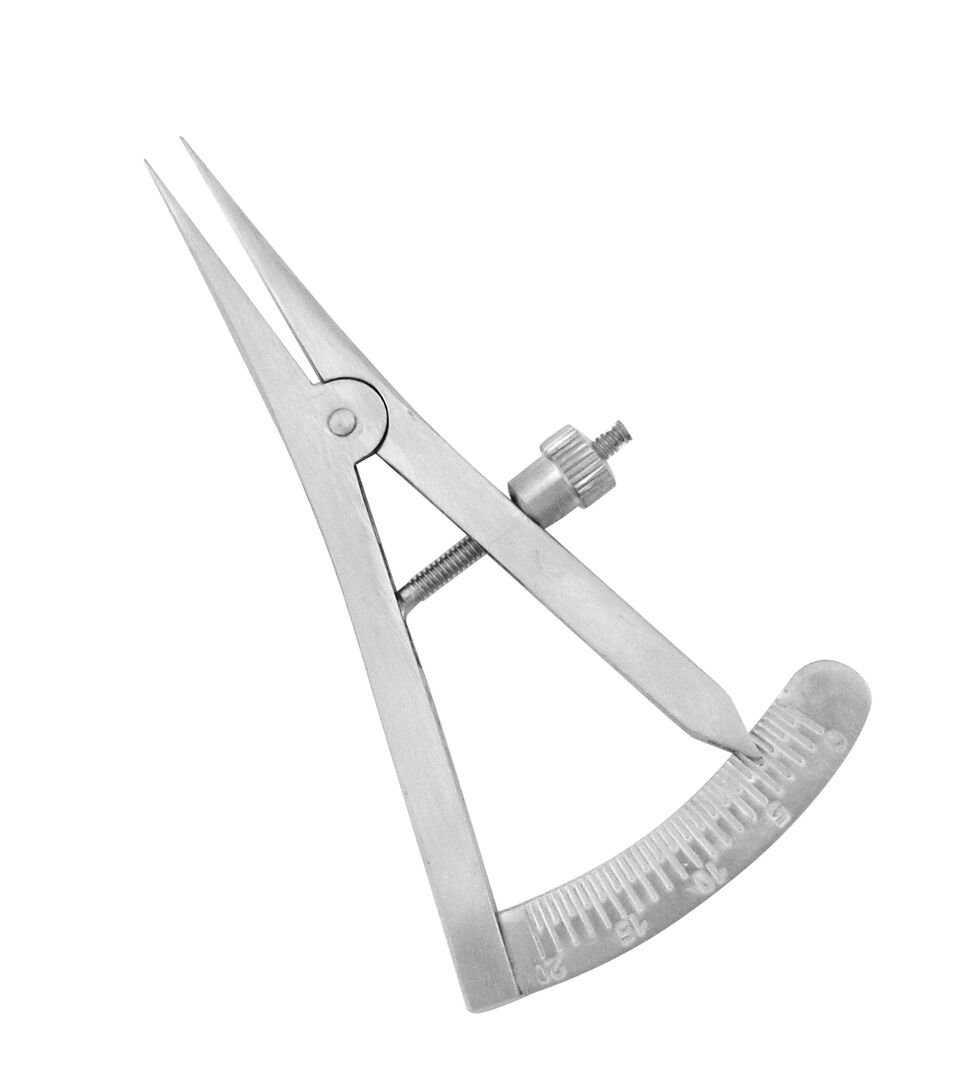 Calipers
Calipers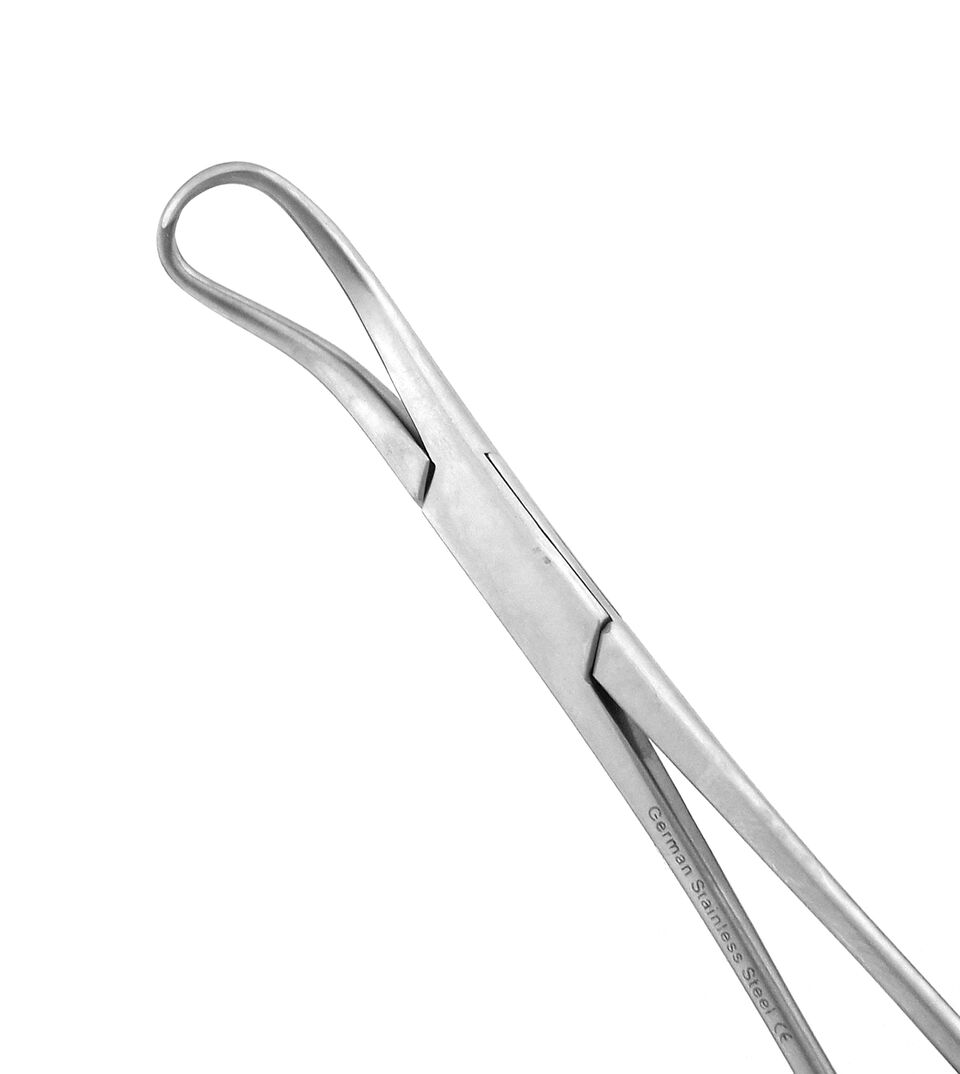 Clamps
Clamps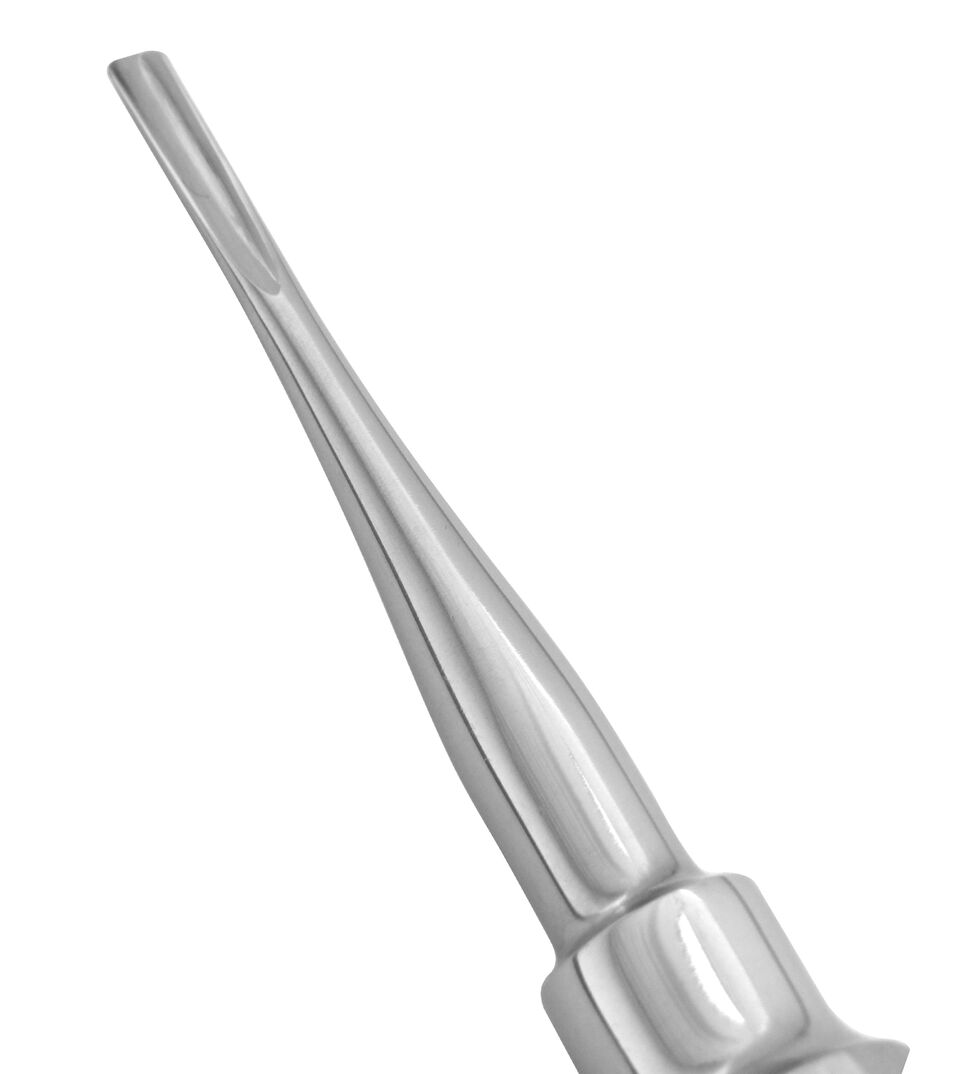 Dental Elevators
Dental Elevators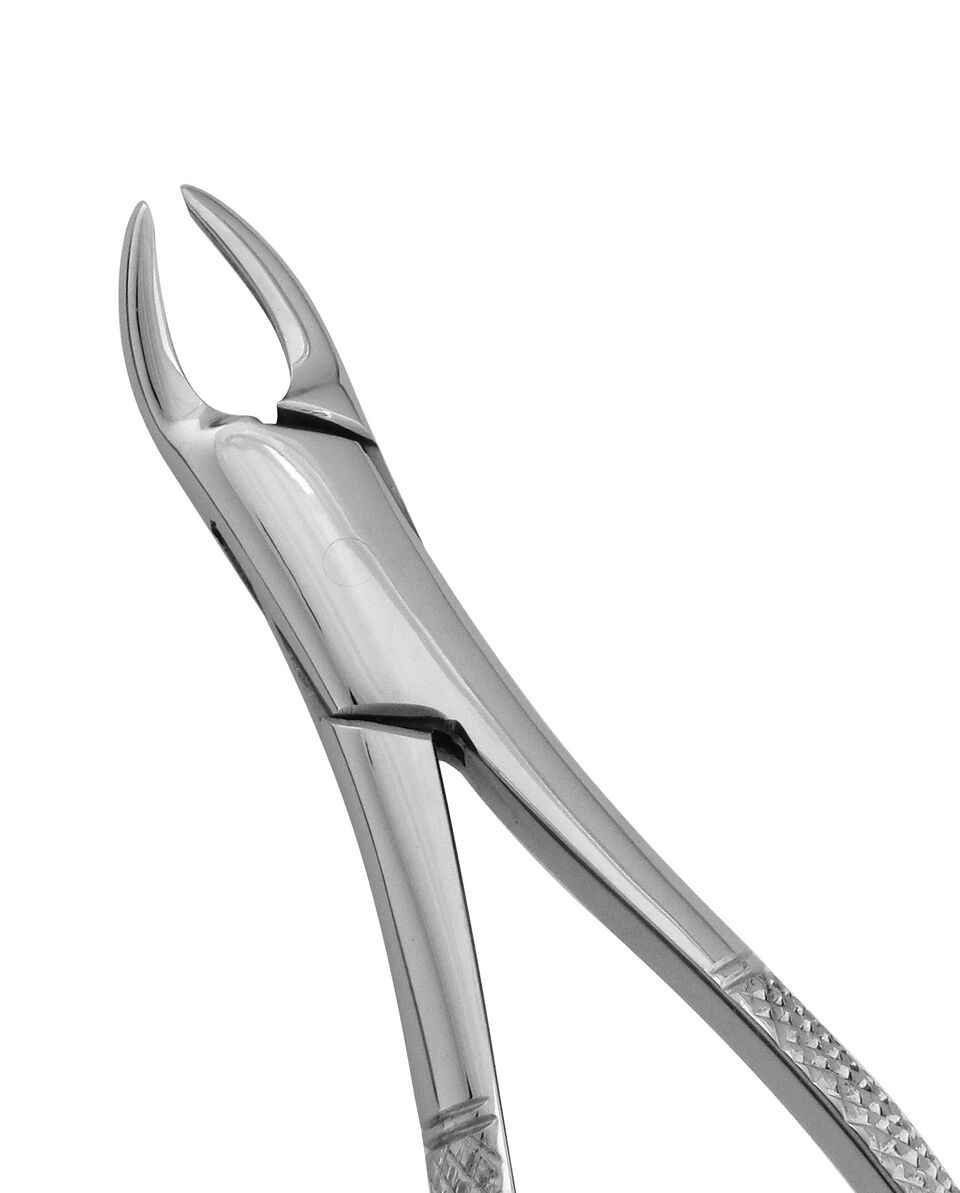 Extraction Forceps
Extraction Forceps Hemostats & Forceps
Hemostats & Forceps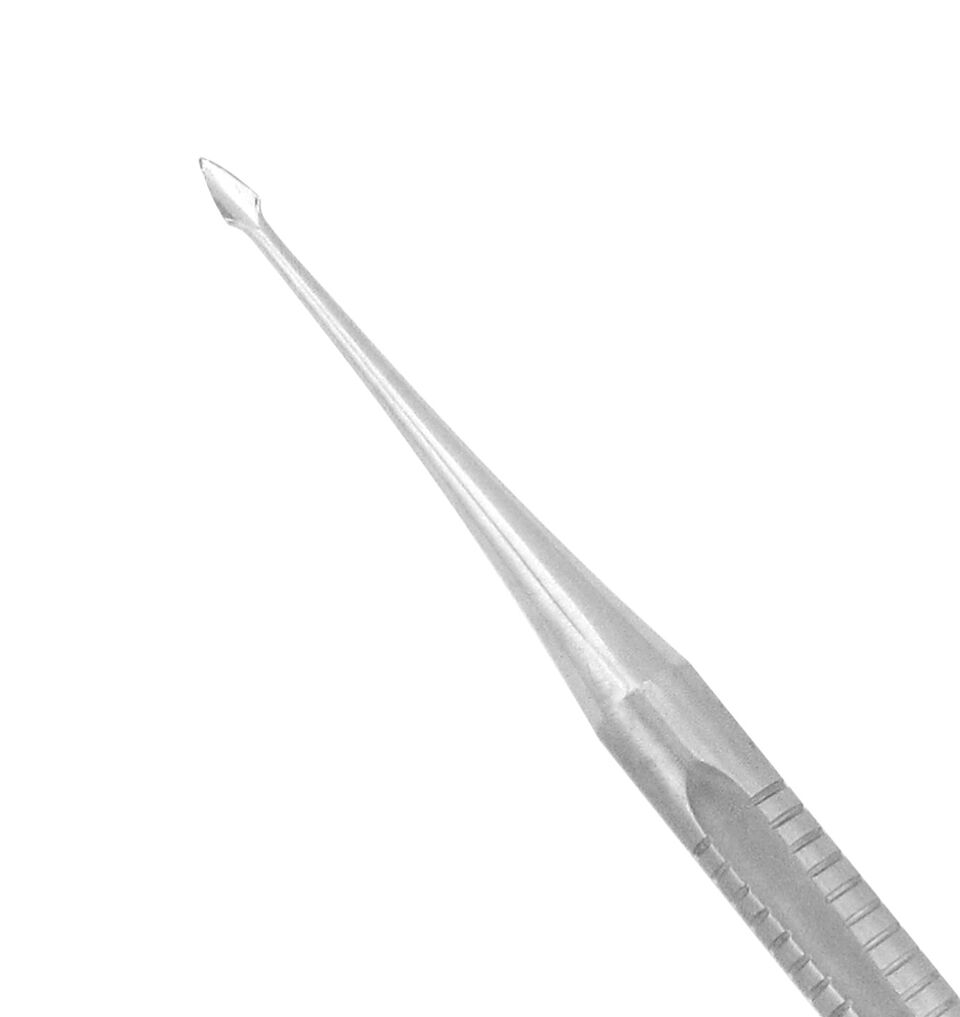 Hybrid Instruments
Hybrid Instruments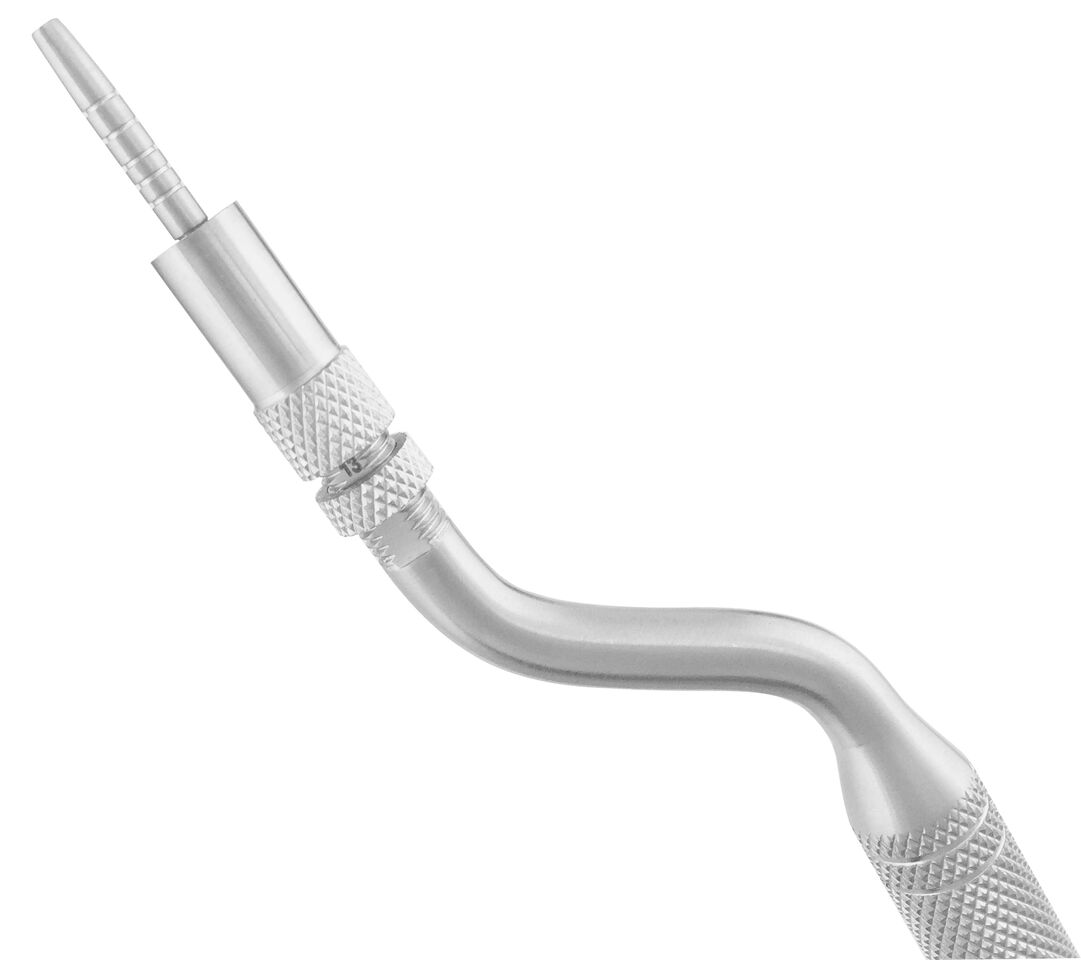 Implant Instruments
Implant Instruments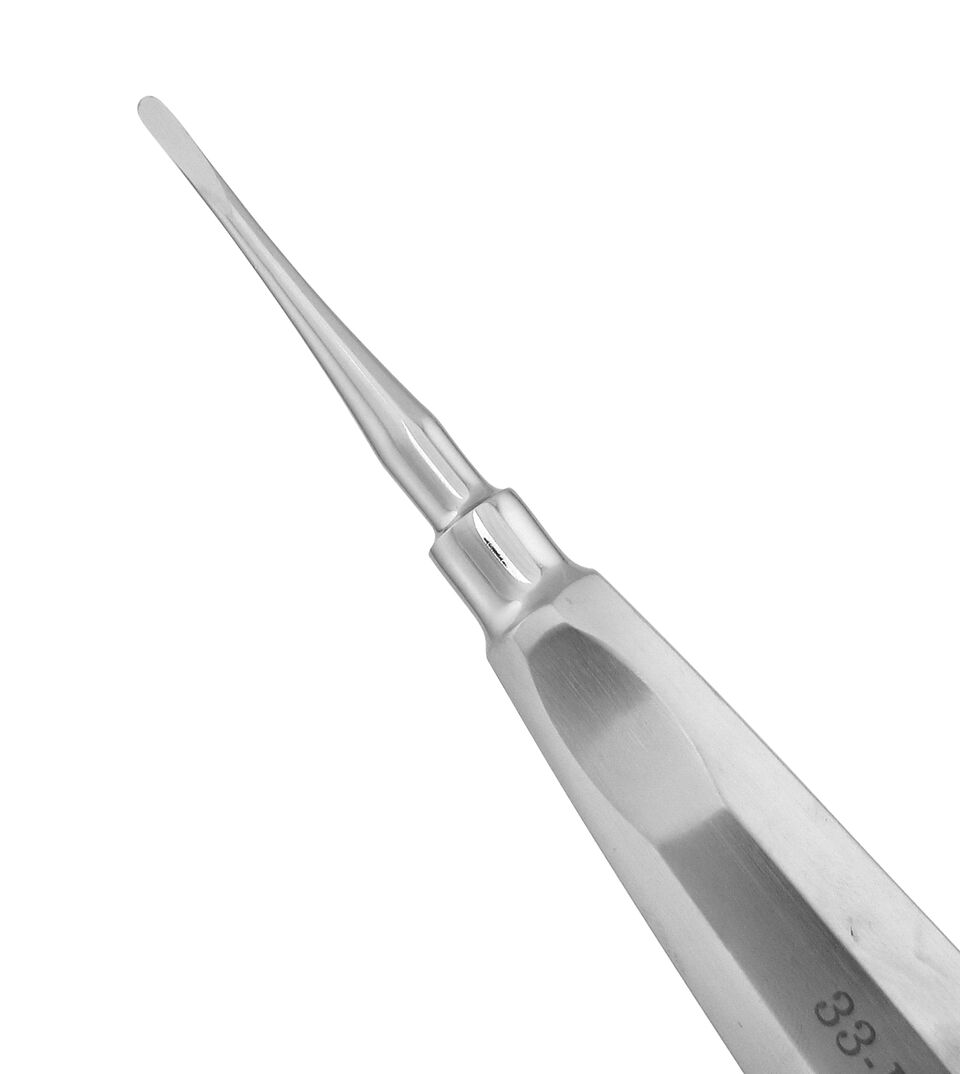 Luxating Elevators
Luxating Elevators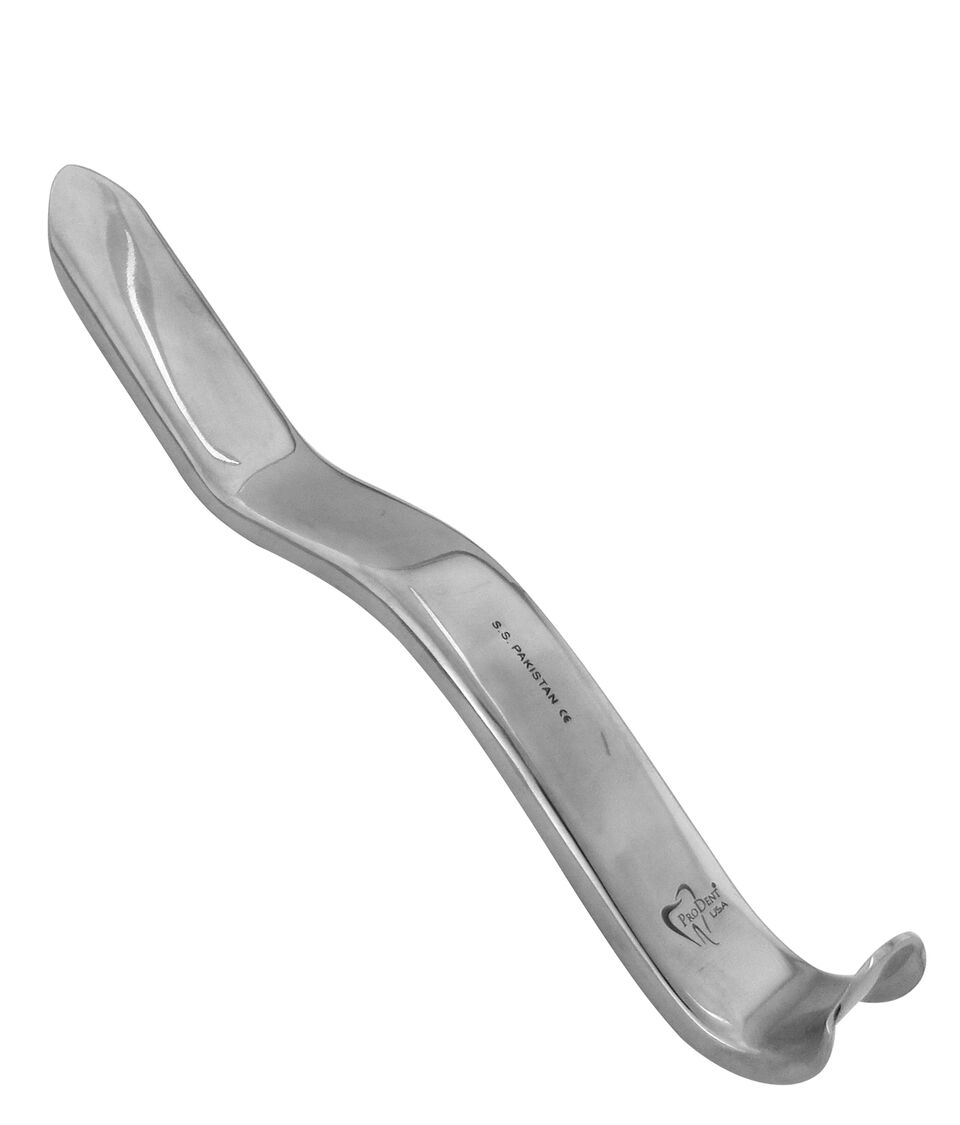 Mouth Gags & Retractors
Mouth Gags & Retractors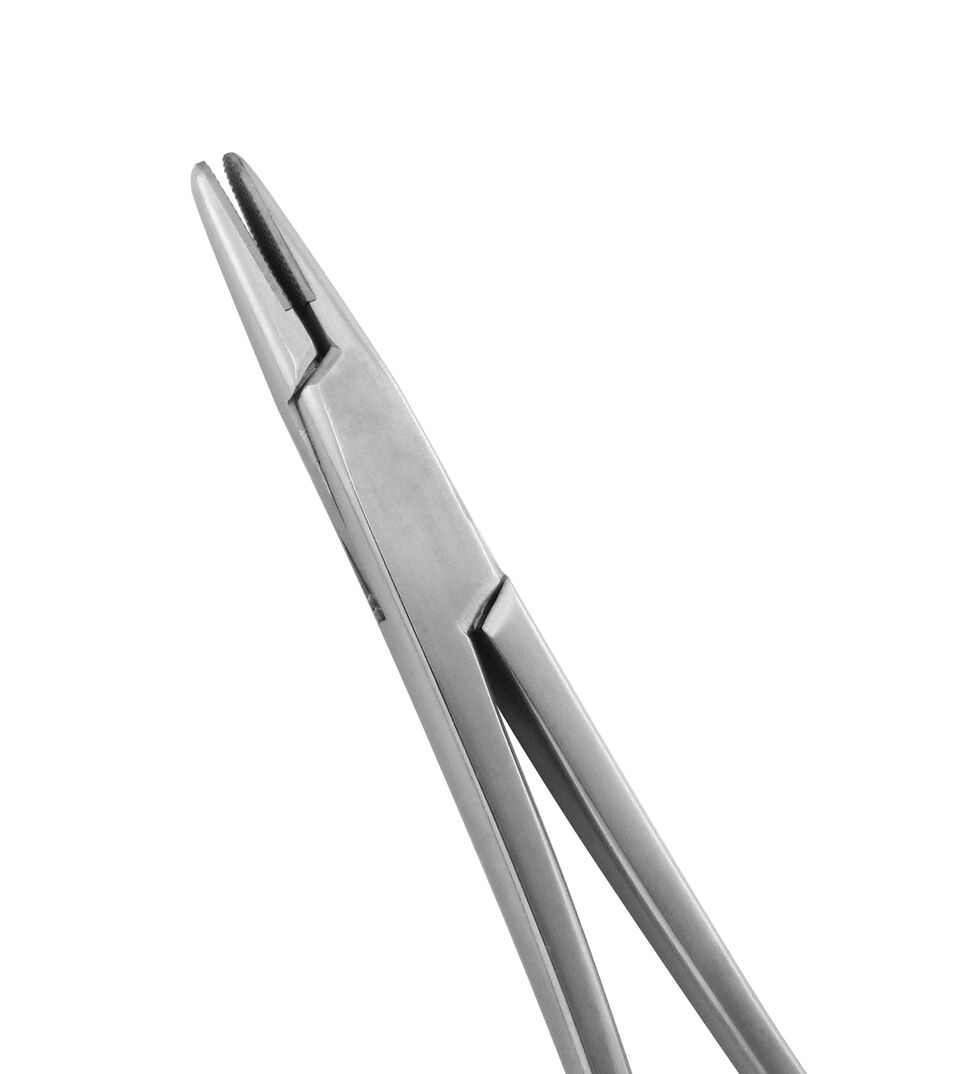 Needle Holders
Needle Holders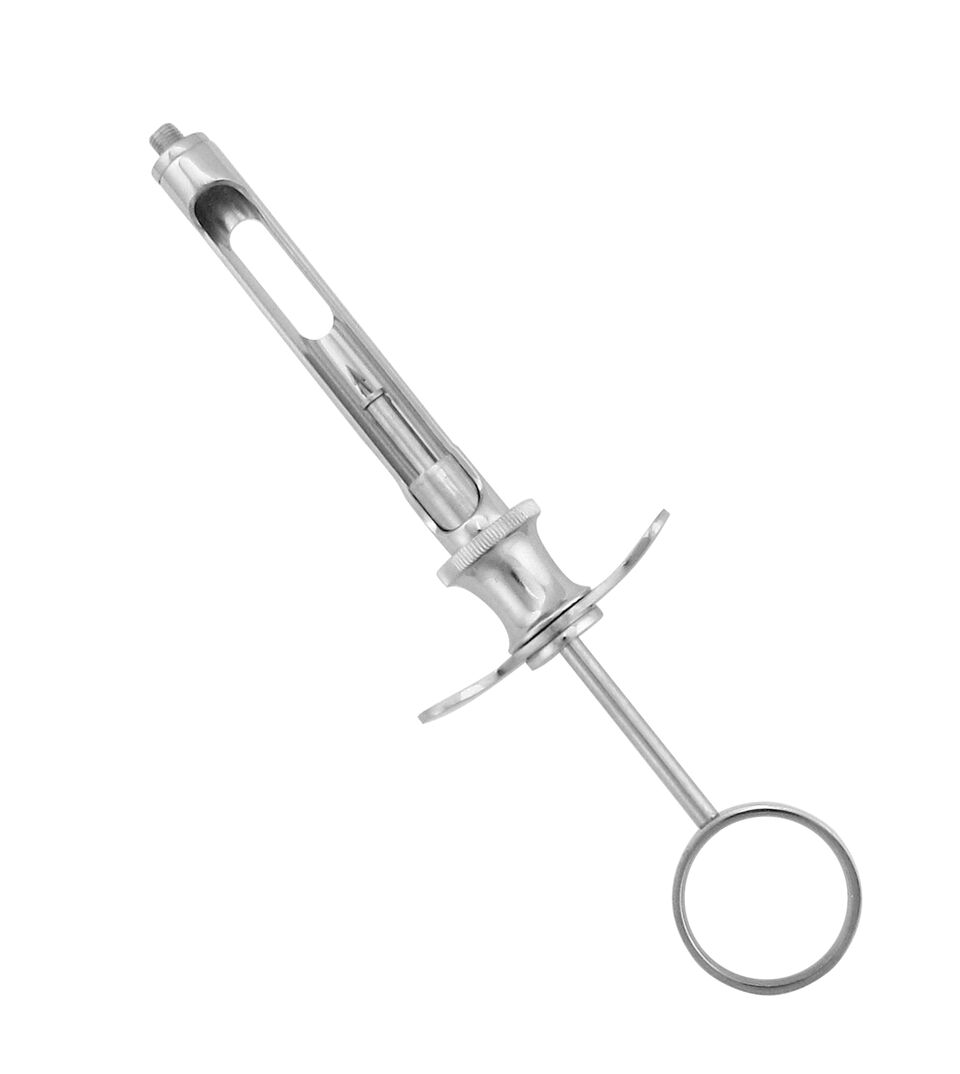 Oral Surgery Aspirating Syringes
Oral Surgery Aspirating Syringes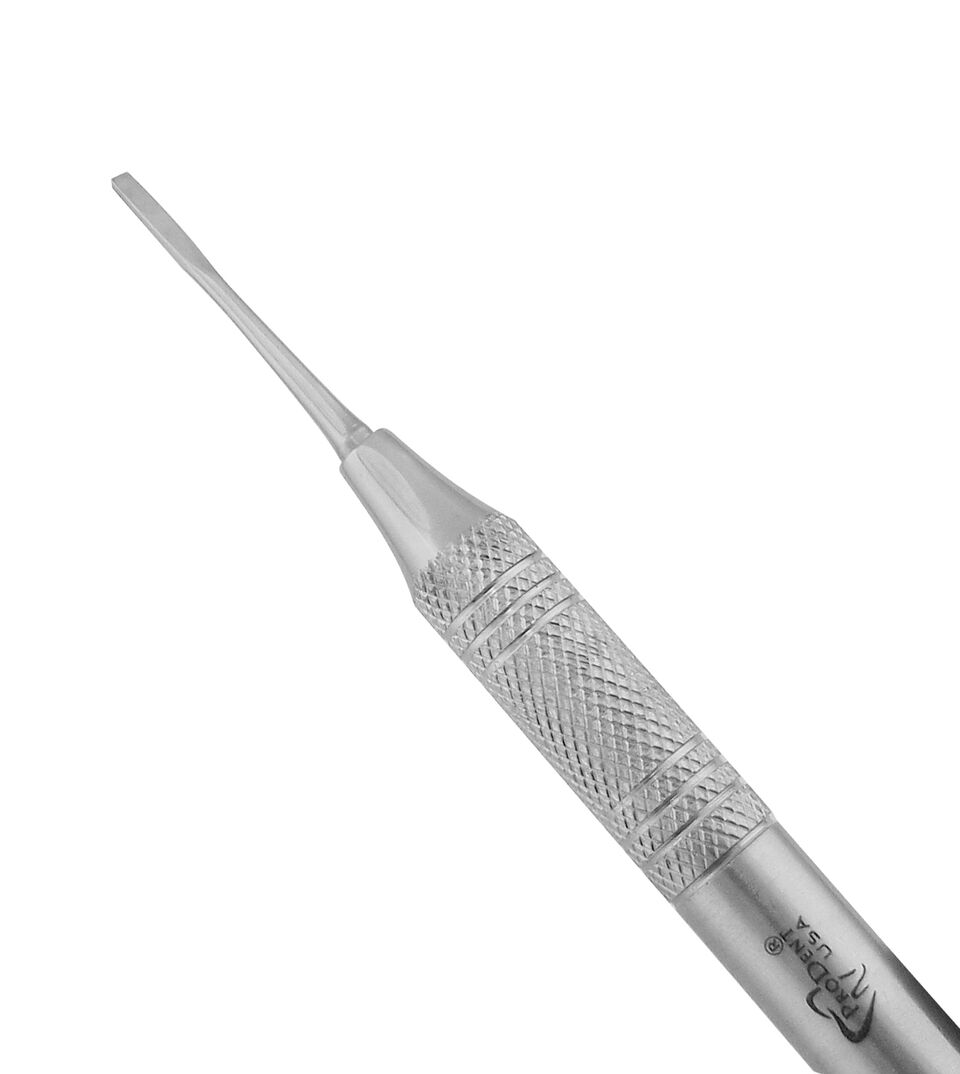 Periodontal Surgical Instruments
Periodontal Surgical Instruments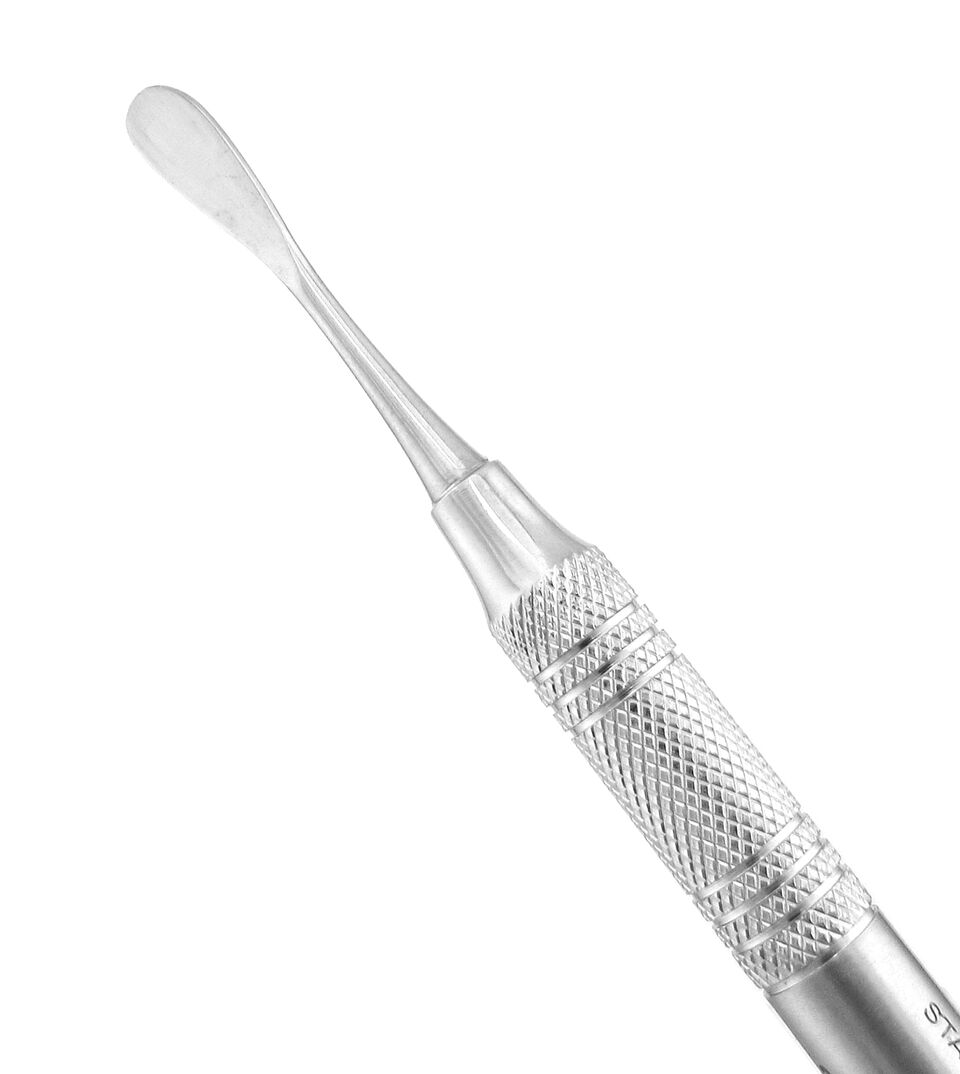 Periosteal Elevators
Periosteal Elevators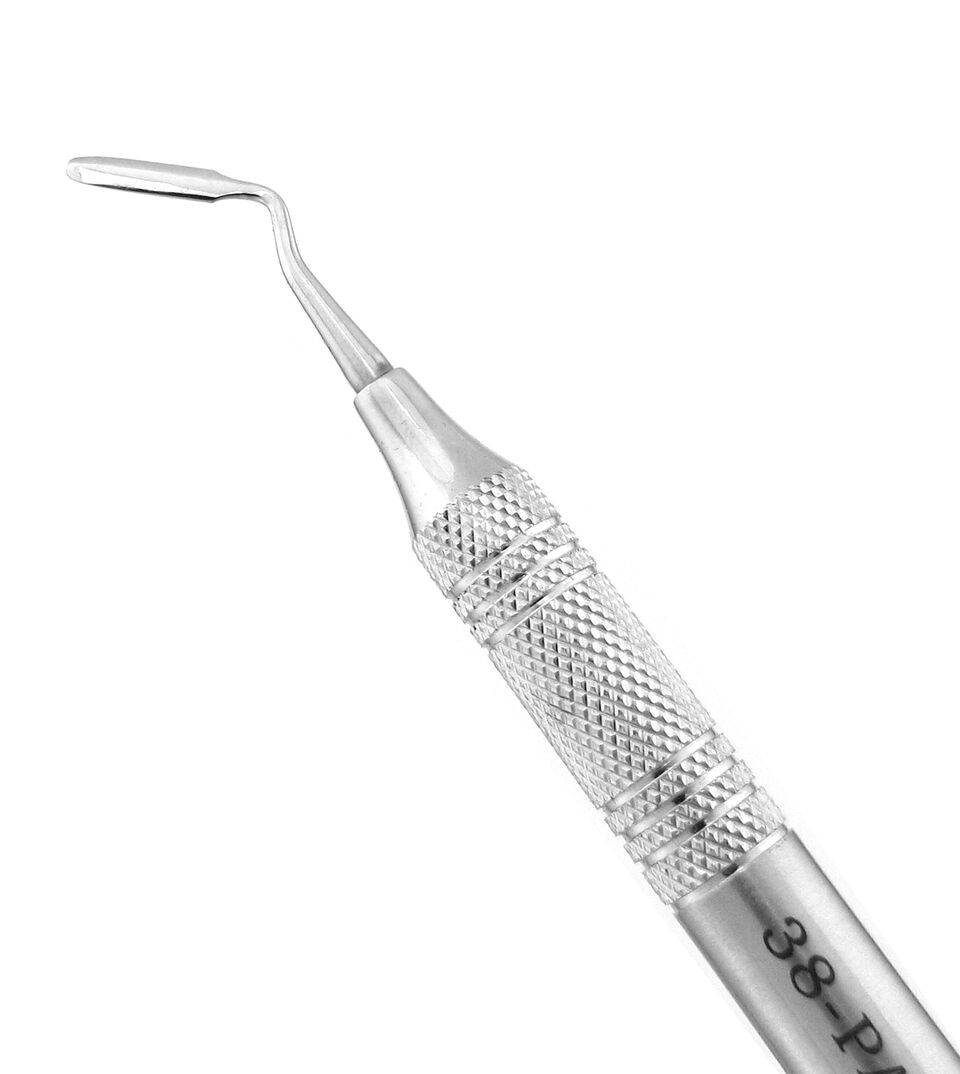 Periotomes
Periotomes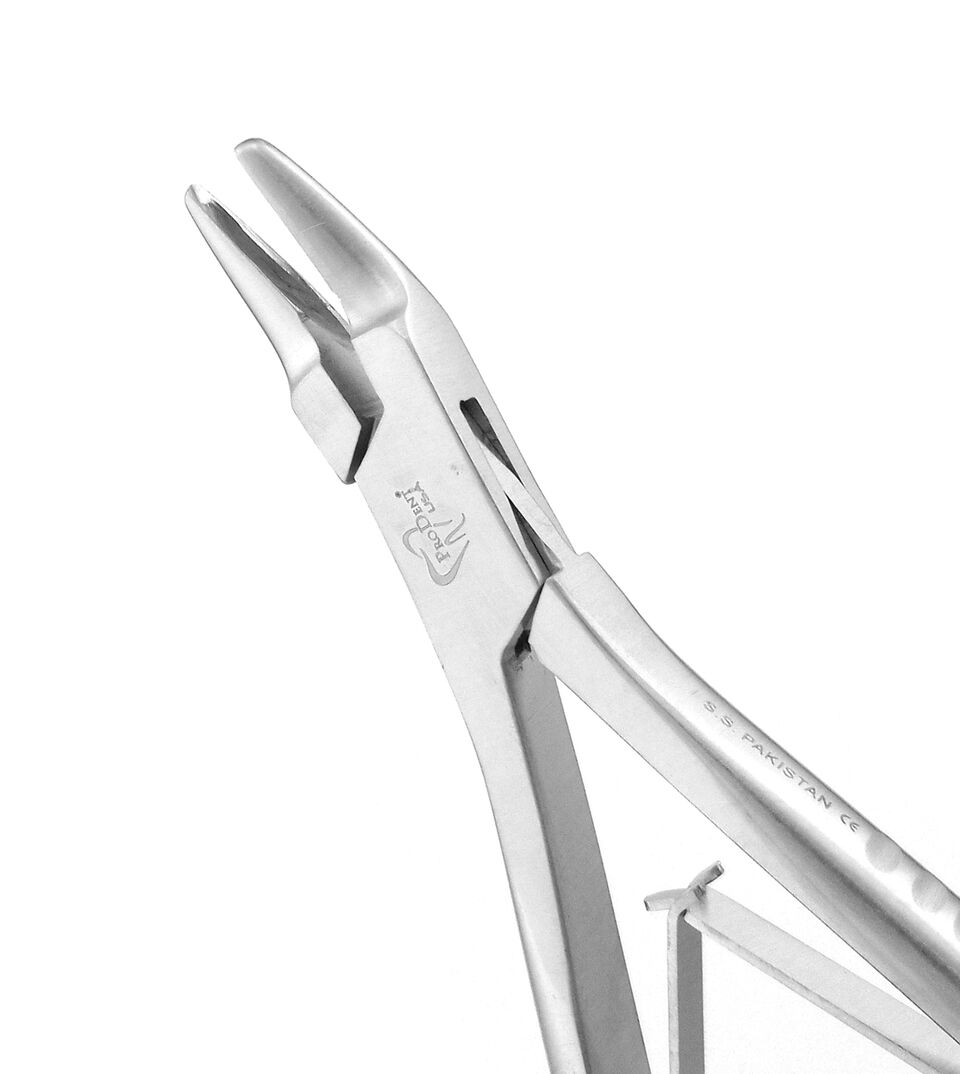 Rongeurs
Rongeurs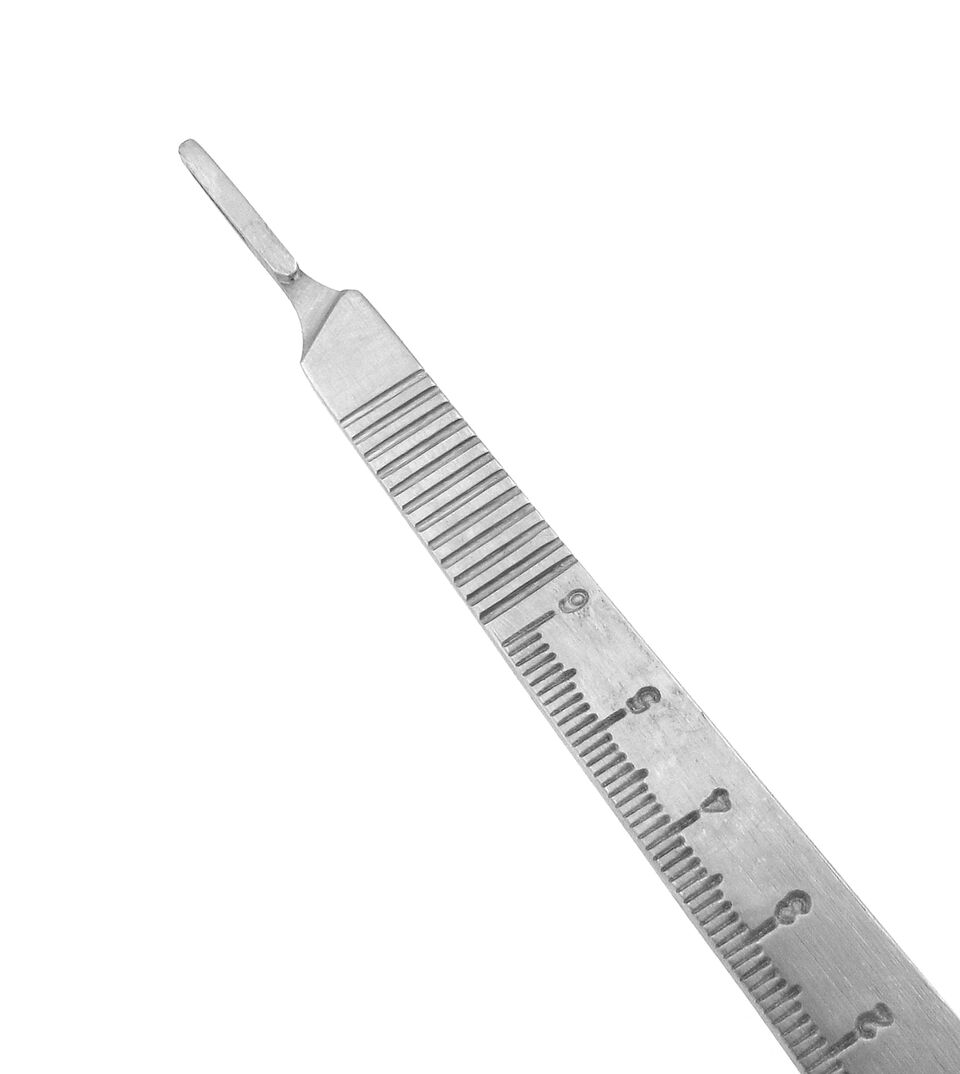 Scalpel Handles
Scalpel Handles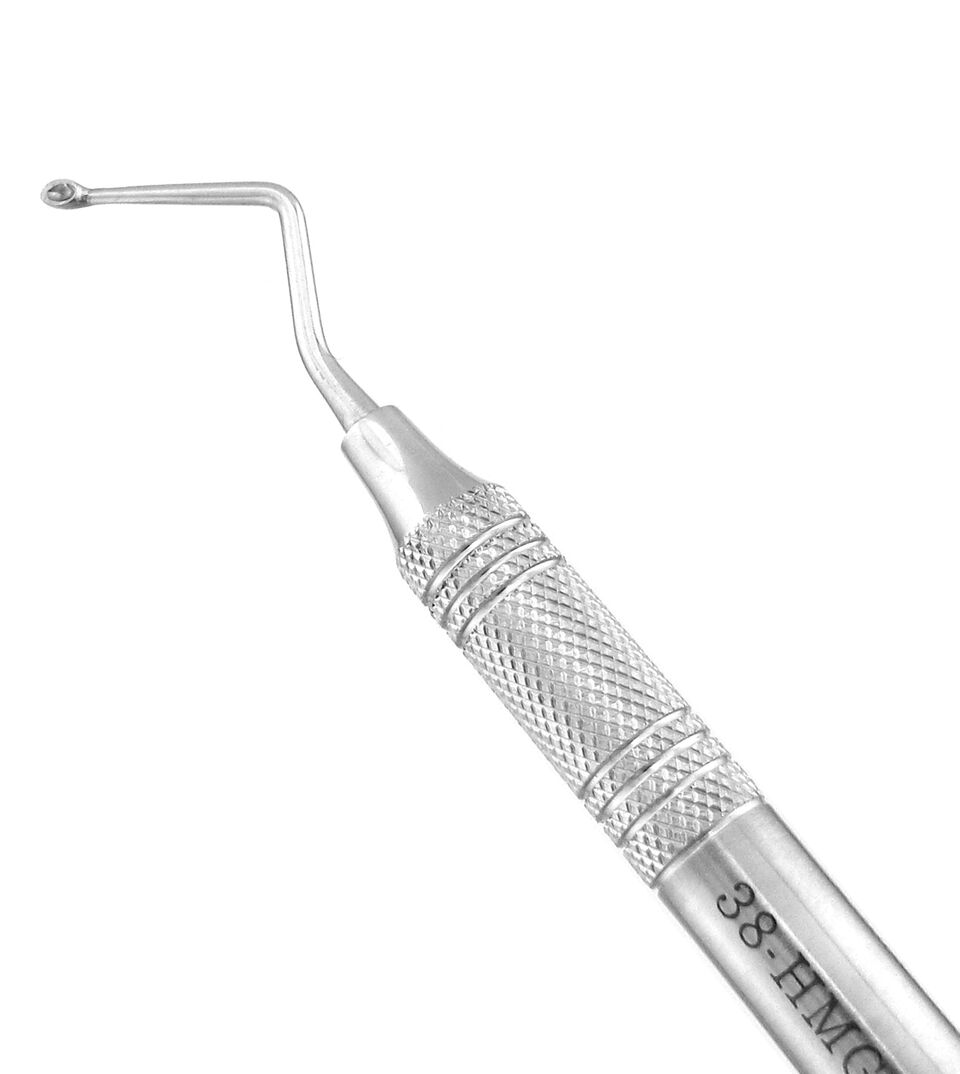 Surgical Curettes
Surgical Curettes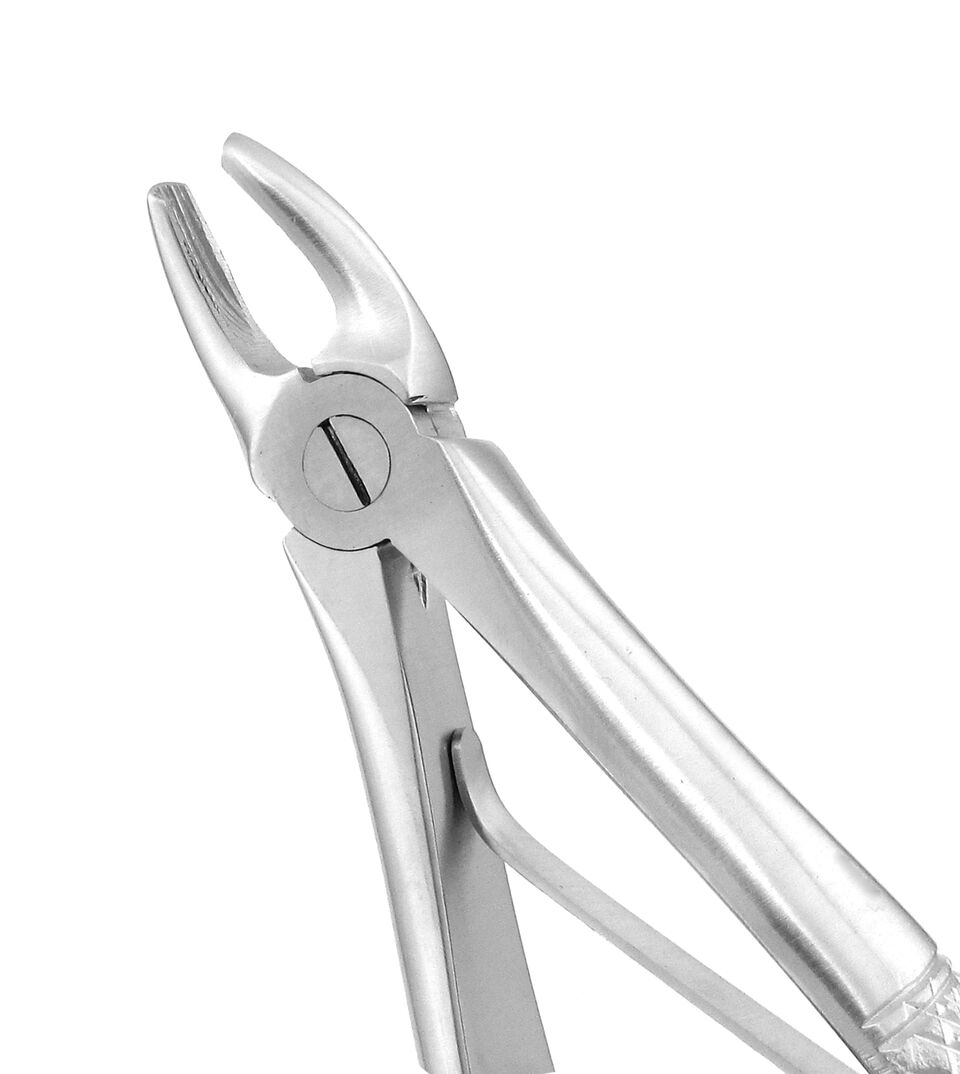 Surgical Pediatric Forceps
Surgical Pediatric Forceps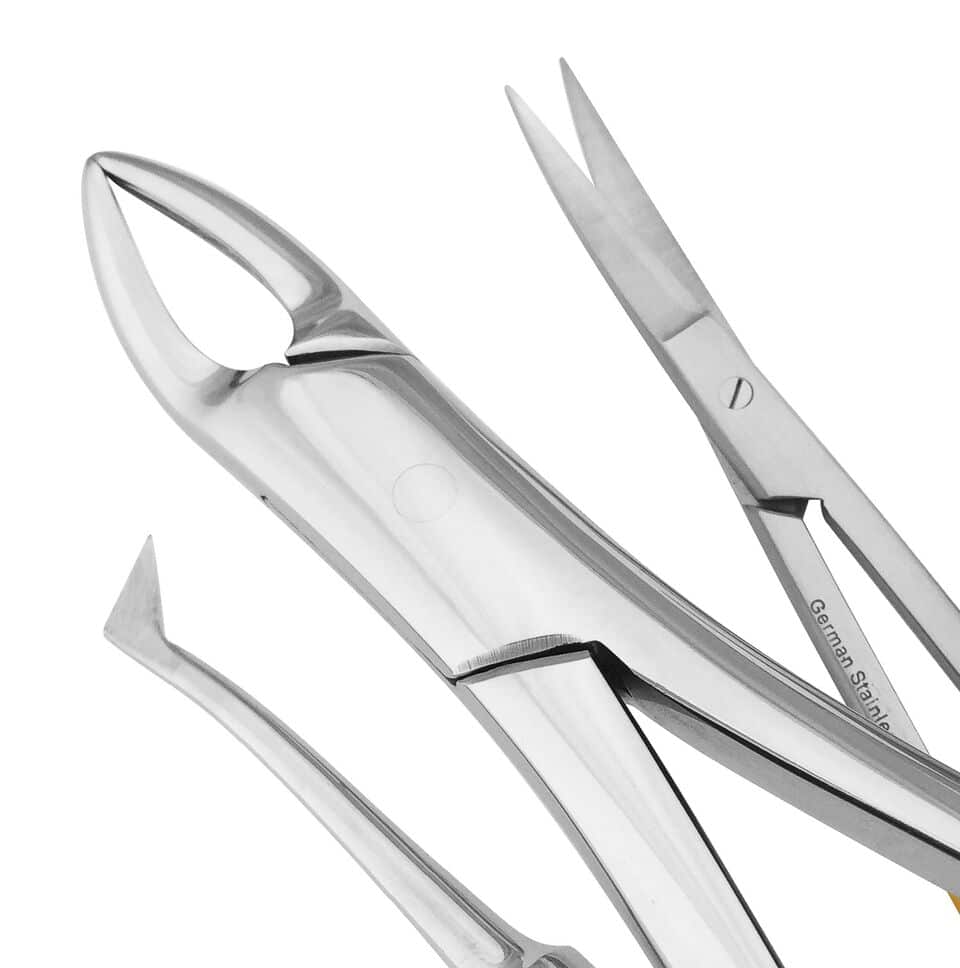 Surgical Sets
Surgical Sets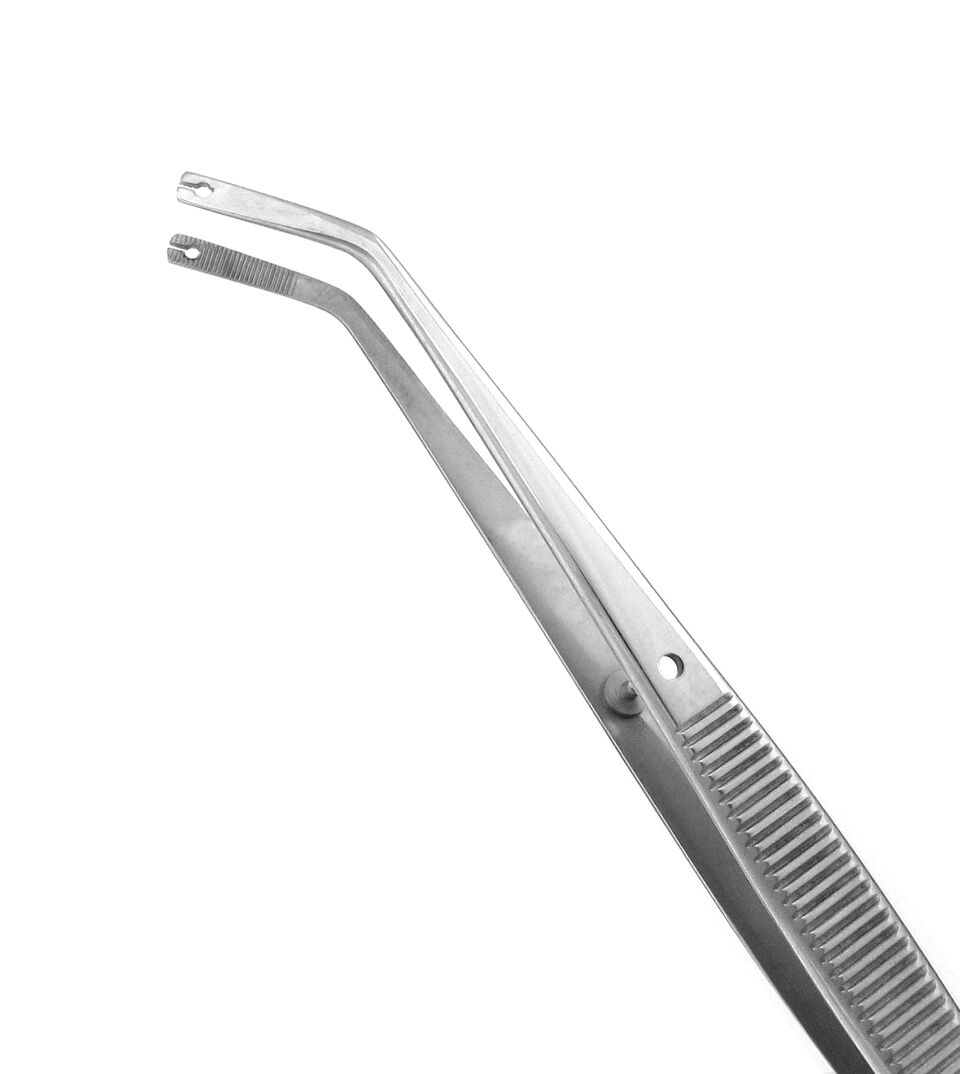 Suture Forceps
Suture Forceps Tissue & Dressing Forceps
Tissue & Dressing Forceps Utility Forceps
Utility Forceps Stainless Steel Crowns
Stainless Steel Crowns Personal Protective Equipment
Personal Protective Equipment